
Delhi
Capital of India
Delhi is the capital territory of India. Delhi borders Ghaziabad and Noida districts of Uttar Pradesh state to the east. Faridabad, Gurugram, Jhajjar, Sonipat in Haryana state to the south, west and north.
Delhi Municipality was divided into 3 municipal corporations (South Delhi, North Delhi, East Delhi). 3 Municipalities divided into 11 districts (1. Central Delhi, 2. East Delhi, 3. New Delhi, 4. North Delhi, 5. North East Delhi, 6. North West Delhi, 7. Shahdara, 8. South Delhi, 9. South East Delhi, 10. South West Delhi, 11. West Delhi).
How to Reach Delhi
By Air: You can come from any country or district to Delhi Airport (Indira Gandhi International Airport, IATA Code - DEL).Buy cheap air tickets with your credit card from the comfort of your home from the app below, or find out the ticket price in Indian Rupee. Or check airfares in other currencies - USD, Canadian Dollar, Euro, Russian Ruble, Bangladeshi Taka.
Type your destination "Delhi" and select it from drop down menu. Enter your Depart date and Return date. If one-way then cross the Return date. If more than 1 passenger, enter. If you want business class click on "Business class" and click on search.
By Train: There are mainly 2 railway stations in Delhi. Old Delhi Junction and New Delhi Junction. It is well connected to any city in India.
By Bus: India is the 7th largest country in the world. Hence long distance buses are not available and unsafe. The short-distance town, which takes one night to reach, is well connected by bus from Delhi.
Hotels in Delhi
Book your hotel online now and pay later at the hotel.Write "Delhi" in box and select Delhi City India from drop down menu. Enter your Check in and Check out date and click on Search.
Transportation in Delhi
Metro: Metro is well connected within the city, which will be the best and cheapest option for traveling in Delhi. Line-1 (Red Line), Line-2 (Yellow Line), Line-3 (Blue Line), Line-4 (Blue Line), Line-5 (Green Line), Line-6 (Violet Line), Line-7 (Pink Line), Line-8 (Magenta Line), Line-9 (Grey Line), Orange Line (Airport Express)There are different types of card for Metro ride.
Token: For single journey, you have to buy from counter before you traveling. 1 day validity, Refund within 1 hour, Exit within 170 minutes, penalty 10 Rupees per hour, subject to maximum 50 Rupees.
Tourist Card: Unlimited journey. 1 Day 200 Rupees (50 Rupees will be refunded after returning the card). 3 Days 500 Rupees (50 Rupees will be refunded after returning the card).
Smart Card: Minimum discount of 10% on every journey than token. Get Off Peak hour discount - before 8 AM, 12 PM to 5 PM, and 9 PM till metro closing time. Card validity 10 years from date of purchase or date of last recharge. To buy a smart card you need 150 Rupees from any metro counter. 50 Rupees card charge, which will be refunded when you return the card and 100 Rupees for travel. Later you can load any amount between 150-3000 Rupees. In my opinion, Smart Card is the best travel option than the other 2 options.
* You can change any color line metro as much as you can from one to another without exit from the station, which contain different lines. Just follow the color footsteps. End to end maximum cost is 60 Rupees.
History of Delhi
Before we start the journey, lets know a brief history about Delhi.The ancient name of Delhi was Indraprastha, mentioned in the Mahabharata, a Sanskrit Indian text compiled between about 400 BCE and 400 CE, where the Pandavas cleared the jungle and built their city and lived. But exactly which part of Delhi is Indraprastha, was not clearly mentioned.
Later, different rulers ruled different parts of Delhi at different times and built their palaces. In terms of time and space, Delhi is divided into 7 medieval cities and New Delhi. 7 medieval cities are -
1. Around Qutub Minar
2. Siri
3. Tughlaqabad
4. Jahanpanah
5. Firozobad
6. Around Purana Qila/ Dinpanah/ Shergarh
7. Shahjahanabad
So we will start our journey today from the First Medieval City in Delhi. Before starting let's have a brief history of the first medieval city.
Tomara Dynasty:
Anangpal I established the Tomara dynasty in 736 AD. Their capital was Anangpur, a village near Faridabad in Haryana. Anangpal II Tomar, the 16th ruler of Tomara dynasty, reigned from 1051 to 1081. He expanded his territory from Haryana to parts of Delhi and shifted his capital from Haryana to Delhi and built Lal Kot. Anangpal was instrumental in populating Indraprastha and giving its name, Dhilli. The Tomara dynasty ruled until 1152.Chauhan Dynasty:
After Chahamana, the mythical founder of the Chouhan dynasty, Vasudeva is the earliest known ruler of the dynasty. It is said that, Vasudeva ascended the throne in 551 AD and the founder of Chouhan Dynasty. The dynasty originally had their capital at Sambhar, a town in Jaipur district in the Indian state of Rajasthan.Ajayaraja II (reign: 1110–1135) of Chouhan dynasty, moved the kingdom's capital to Ajmer.
Vigraharaja IV also known as Visaldev Chauhan (reign: 1150–1164 CE). He probably defeated the Tomara ruler Anangpal III in 1152 and conquered their territories with Delhi.
Prithviraja III, also known as Prithviraj Chauhan or Rai Pithora (reign: 1177–1192), was the 32nd king from the Chauhan dynasty. His father was king Someshvara (reign: 1169–1178), brother of Vigraharaja IV, and his mother Karpuradevi was a Kalachuri princess. Prithviraj inherited Delhi from his father and expanded the Lal Kot fort and renamed it Qila Rai Pithora.
Ghurid Dynasty:
In Afghanistan, Muhammad Ghori of the Ghurid dynasty bought Qutb ud-Din Aibak as a slave. Aibak's intelligence and kind nature attracted the Sultan's attention. The Sultan promoted him to the rank of officer in the royal stable. Ghori invaded Delhi and defeated Prithviraj III in the Second Battle of Tarain in 1192. Ghori appointed Qutb-ud-din Aibak in charge of this part of India. Muhammad Ghori was killed on 15 March 1206.Slave Dynasty/ Mamluk Dynasty:
Qutb ud-Din Aibak ascended the throne unofficially on 25 June 1206, but his formal recognition as sovereign ruler took place much later in 1208–1209. He reigned from 25 June 1206 to 4 November 1210. He started the Mamluk dynasty, also called Slave dynasty (1206 - 1290). Aibak established the 1st medieval city of Delhi. In 1210, he died due to injuries.The later Sultans of Mamluk dynasty are - Aram Shah (1210 - 1211), Shams-ud-din Iltutmish (1211 to 1236), Rukn-ud-din Feroze (April 1236 to November 1236), Razia al-Din (1236 to 1240), Muiz-ud-din Bahram (1240 to 15 May 1242), Ala-ud-din Masud (1242 to 1246), Nasiruddin Mahmud (1246 to 1266), Ghiyas-ud-din Balban (1266 to 1287), and Muiz-ud-din Muhammad Qaiqabad (1287 to 1290).
Traveling Delhi Day-1
Today our starting point is Qutab Minar Metro Station (yellow line), which is about 1.5 km from Qutub Minar towards south. Saket Metro station (yellow line) is about 1.7 km from Qutub Minar towards east. From the metro station, you will find many CNG stands outside the station on the street. All goes to Qutb Minar. You will also get shared CNG which costs Rs 20 per person.If you can start from your accommodation early in the morning around 5 AM, you can visit in Sanjay Van, a early area of Lal Kot. For that you have to walk a lot. If you don't want to go, skip it and go to the next one.
Total Walking Distance: 15 Tourist Places and Attractions to Visit in Delhi within a walking distance of about 8.5 km including inside Qutub Minar Complex. So wear your comfortable shoes, and grab a water bottle. You can reduce about 1.5 km walking distance by hiring an auto from Metro Station to Qutub Minar Complex. If you visit Sanjay Van, then add another 5 km.
Sanjay Van
Forest
Sanjay Van is a forest spread over an area of 443 acres. It is a paradise for bird watchers and nature lovers.
Sanjay Van consists of the historic western ruins of the "Lal Kot" fort built by Anangapala II of the Tomara dynasty between 1052-1060 AD. You will see some ruins of that time.
There are 6 entry/exit gates of Sanjay Van.
Gate-0: At Aruna Asaf Ali Marg (road). At the west of the park.
Gate-1: At Aruna Asaf Ali Marg (road). At the west of the park.
Gate-2: Near Gorakhnath temple North of the park near Gate-3.
Gate-3: Near Rockland hospital. At the north of the park.
Gate-4: North-east corner of the park.
Gate-5: Near TB hospital. At the east of the park. It is the closest gate from Qutub Minar is about 350 meters from Qutub Minar gate towards northeast.
Visiting Time: Sunrise to Sunset every day.
Entry Fee: Free.
Photography: Allowed.
How to go: Gate-5 is located about 350 meters from Qutub Minar gate towards northeast.
Inside the Premises:
I entered through the gate-5. After few meters walk saw a open gym on my right. Just opposite of the open gym is ruined Lal Kot Baoli on my left. Also called Anang Baoli, the oldest baoli in Delhi, is a single tier well built between 1052-1060 AD by Anangapala II, a Tomara dynasty ruler.
I kept walking straight and reached a place where one road went straight and another one to the right. I kept walking straight. I reached a place where one road goes straight and the other to the left, where the sign shows Lal Kot Wall and Anang Tal on the left road. I went left and saw the ruined wall of Lal Kot and after a few 100m walk found Anang Tal.
I returned to the same point and started walking straight. Then I reached a point where a road went straight and another road went to the right. I kept walking straight.
Then reached a point where straight road leads to Gate-1. The right (north) road goes up to Gate-3. On your right is Mayuri Hill. I though mayur (peacock) are available here but not really. There is a hillock, where people are gossiping, and behind (north) of the hillock are huge rocks. It is used for rock climbing. The most interesting thing is that you will see a ruined gate of Lal Kot just opposite (south) Mayuri hill on your left. The left road (south) goes to the top of the Lal Kot.
The left road goes south. Lal Kot Peak and its ramparts lie east of this road. About 450 meters down the road are a few shrines such as the Ashiq Allah Dargah and the Shaikh Hafiz Riyazudeen Shah Vali Dargah 300 meters more south.
I kept walking straight. I crossed a small bridge. After that, one road goes to the left and another to the right. I kept walking to the left. After a few meters I saw another road on the right towards Gate-2. But I kept walking straight. At this point I saw Sanjay Van Lake and 5 ponds and Duck house on my left. The road turns right. Then one road goes straight towards gate-0 and left road goes towards gate-1.
After exiting Gate-1 of Sanjay Van, I walked south along the main road and I saw a lake called Neela Hauz on my left. There is an entrance just before the lake. Nothing special, just a lake. I walked a few meters, then came back to the road.
From gate-1, if you want to go to Qutub Minar, the easiest way is to walk towards gate-5 again.
Qutub Minar Complex
Historical Complex
72.5 meters high Qutub Minar is a UNESCO World Heritage Site.
Lal Kot, the first fort in Delhi, was built between 1052-1060 AD by Anangapala II, a Tomara dynasty ruler.
Prithviraj Chauhan of Chauhan dynasty conquered Lal Kot in 1180 and renamed it Qila Rai Pithora and expanded the area.
Prithviraj III was defeated in 1192 by Muhammad Ghori of Ghurid dynasty, an Afghan ruler. Qutb ud-Din Aibak was the slave of Muhammad Ghori and later officer in the royal stables. Qutb ud-Din Aibak became the in charge of Delhi from 1192 of Muhammad Ghori. Since then Qutb ud-Din Aibak started to build many structures over the ruins of Lal Kot. After him many rulers also built structures at this place.
Visiting Time: 7 AM to 5 PM every day.
Entry Fee: 40 Rupees (US$ 0.49) for Indian and 600 Rupees (US$ 7.31) for foreigner.
Photography: Allowed.
How to go: Nearest Metro station is Qutub Minar Metro station (yellow line), is located about 1.5 km towards west.
Inside the Premises:
The entrance is located at the eastern end of the Qutub Minar complex. I purchased tickets from the ticket counter located on the opposite east side of the entrance. The ticket counter will give you tokens, instead of paper tickets, which you need to touch at a certain point to open the gate. Keep it safe with you, as you will need to enter it into the machine upon exit.
I saw an unknown structure at the southwest side of ticket counter.
On entering the gate I saw an empty green field on my right called 'Mughal Sarai'. Sarai or Serai means guest accommodation place or guest house. But the site is empty, meaning the structure may have been removed. The name "Mughal Sarai" suggests that it was built during the Mughal period after 1526.
Just west of the Mughal Sarai is a walled Mughal mosque. The entrance is closed to visitors. The name "Mughal Mosque" suggests that it was built during the Mughal period after 1526.
The Mughal Gardens are situated on the northern side of the Mughal Sarai and Mughal Mosque walls. The entrance was closed. The name "Mughal Garden" suggests that it was built during the Mughal period after 1526.
To the opposite left (south) of the Mughal Sarai is a new building for the documentary hall and baby care room.
Passing the mosque to the west, I saw a gate in front of me. The beautiful arched gate has no history.
I enter through the gate, and see an unknown structure with graves to my left.
I continued walking west and came to a place where the walkway goes north, south and west. I turned left (south) and started walking.
The walkway I walk on was once a shady walkway. The roof was built on 3 rows of pillars. It was built, from the south to the north end, from there to the near west end and then turned south and was attached to the mosque. It was built by Alauddin Khilji (reign: 19 July 1296 – 4 January 1316) of Khalji dynasty, founder of the Second Medieval City in Delhi. It is now completely extinct but some remains in the southern part. I am walking to see it. It will give you an idea of what the entire walkway looked like.
There is a unknown structure on my left.
While walking, you will have a beautiful view of Qutub Minar. Don't miss taking pictures.
Now I can see the remaining L-shaped shaded walkway with roof on 3 rows of pillars. The outer part is surrounded by walls. Think it existed up to the north end.
From here everyone goes directly to see the Qutub Minar. But my first target is to see the Iron Pillar, which was first erected in this area. So I headed back north along the shaded walkway (sorry it's open now). A path went to the left (west), I walked west. I saw the entrance gate of Quwwat-ul-Islam Mosque.
I was about to enter the Quwwat-ul-Islam Mosque through the eastern gate, but I saw a pile of rubble on my right.
In fact it was the extended part of Quwwat-ul-Islam Mosque. It was built by Iltutmish (reign: June 1211 – 30 April 1236). The extended mosque existed around the main mosque. The eastern part was on this north-south straight line, of which now only this ruined part remains.
I entered through the eastern gate of original Quwwat-ul-Islam Mosque, and went straight to the Iron Pillar on the western side of the courtyard.
Iron Pillar
From its inscriptions it is believed that the pillar was erected as a standard of Lord Vishnu on the hill known as Vishnupada in memory of King Chandragupta II (375 – 413 AD).
It is said that, the 16th ruler of the Tomara dynasty, Anangapal II (reign: 1051 - 1081) brought the Iron Pillar from Mathura and installed here in 1052 AD. Numerous palaces and temples were constructed with the iron pillar as the center and finally the Lal Kot fort was built.
The total height is 24 feet of which 3 feet are buried underground. Total weight is about 6000 kg.
The pillar's high phosphorus content from the protective film made it a rust-free wonder. It is made of corrosion-free wrought iron, a metallurgical wonder of ancient India and unique in the history of metallurgical research. Even the most technologically advanced centuries could not produce wrough iron columns before 1851 AD which India had already produced in the 4th century.
To the east of the iron pillar is two structures with unknown graves in the courtyard.
The courtyard is surrounded by Quwwat-ul-Islam Mosque on its 4 sides.
Quwwat-ul-Islam Mosque
The Quwwat-ul-Islam mosque, also known as the Qutub Mosque was commissioned by Qutb-ud-din Aibak, founder of the Mamluk or Slave dynasty. It is said that it was built using spolia from 27 temples. It was built over the ruins of Lal Kot. Later, the mosque was enlarged by Shams-ud-din Itutmish (1210-35 AD).
The construction of this Jami Masjid, started in the year 1193 AD.
There are entrances on all four sides of the mosque. I walked south. Now I came to the square of Qutub Minar.
Qutub Minar
Qutb ud Din Aibak of Mamluk dynasty started construction of the Qutb Minar's first floor over the ruins of the Lal Kot in 1199 after the Quwwat-ul-Islam Mosque. On 15 March 1206, Muhammad Ghori was killed. Qutb ud-Din Aibak reigned from 25 June 1206 to 4 November 1210 as sovereign ruler.
Qutb ud-Din Aibak's son-in-law, Shamsuddin Iltutmish (reigned: June 1211 – 30 April 1236) completed a further 3 floors, in 1220.
Top floor was destroyed In 1369. Firoz Shah Tughlaq, founder of the 5th Medieval City of delhi, replaced the damaged floor, and added one more.
In 1505, an earthquake damaged Qutub Minar, and it was repaired by Sikander Lodi.
On 1 September 1803, a major earthquake caused serious damage. Major Robert Smith of the British Indian Army renovated the tower in 1828 and installed a pillared cupola over the fifth floor, creating a sixth. The cupola was taken down in 1848, under instructions from The Viscount Hardinge, who was the Governor General of India. at the time. It was reinstalled at ground level to the east of Qutb Minar, where it remains. This is known as "Smith's Folly".
There is controversy over who the Qutub Minar is named after. It is usually named after Qutbuddin Aibak, who started its construction. But some say that it is named after Khwaja Qutubuddin Bakhtiyar Kaki, a Sufi saint, who moved from Agra to Delhi city during the reign of Iltutmish (reign: 1211 - 1236) and became popular here. Shamsuddin Iltutmish was his devotee.
Access to the tower has been closed to the public due to several previous accidents.
The ruins you see on the north side of Qutub Minar square was the original Quwatul Islam Mosque.
The ruins you see on the south side was the extended of the Quwatul Islam Mosque.
The ruins you see on the west side of the Qutub Minar complex was also the extended of the Quwatul Islam Mosque, and this way you can go to Madrasa.
The extension of the Quwatul Islam Mosque starts from the south-west corner of the main mosque and goes towards the south. Then turns towards the east and goes until Alai Darwaza. Before Alai Darwaza it turns and goes to north, and passes just east of Qutub Minar.
Alai Darwaza
Alai Darwaza is the southern entrance to the Quwwat-ul-Islam Mosque, was built by Sultan Alauddin Khalji in 1311. It is a square domed gatehouse with an arched entrance and a single room. There are four doorways of the room at the four sides.
I entered through the north door and exited through the east door. I reached at the Imam Zamin's Tomb.
Imam Zamin's Tomb
It is believed that Muhammad Ali (popularly known as Imam Zamin) migrated to Delhi from Turkestan during the reign of Sultan Sikandar Lodi and subsequently became the imam of the mosque.
According to the entrance inscription, the mausoleum was built by Zamin between 1537 and 1538 during the reign of Humayun. He died in 1539. The mausoleum was built long after the main monument and was the last addition to the Qutub Minar complex. Zamin is buried in the center of the cemetery.
There is a small gate to the east of Imam Zamin's tomb and a green field to the east of the gate
A monument can be seen straight east from the gate called "Sanderson's Sundial".
Sanderson's Sundial:
Gordon Sanderson was an officer with the Archaeological Survey of India (ASI) during the British period. He excavated extensively at the Qutb complex and was involved in the repair and conservation work here. Many of his works are still used as reference materials by historians. He was killed in World War I in his 28th year. Sanderson's sundial was erected in his memory at the Qutb complex in 1919, four years after his death.
An inspirational verse inscribed on the sundial in Latin, meaning "Shadow passes; light remains".
Then I saw a canopy southeast corner of the complex. It is called "Smith's Folly".
Smith's Folly
On 1 September 1803, a major earthquake caused serious damage. Major Robert Smith of the British Indian Army renovated the tower in 1828 and installed a pillared cupola over the fifth floor, creating a sixth. The cupola was taken down in 1848, under instructions from the Viscount Hardinge, who was the Governor General of India. at the time. It was reinstalled here. This is known as "Smith's Folly".
Then I returned to the Alai Darwaza through the eastern door, the door through which I had left before. Now I entered the house and exited through the south door. I reached to a mosque.
Unknown Mosque:
A ruined mosque is located south of Alai Darwaza.
There are few more ruined structures I saw south of this unknown mosque.
Then I returned to the Alai Darwaza through the southern door, the door through which I had left. Now I entered the house and exited through the north door and I reached at the Qutub Minar Square. I walked towards west through the extension of Quwwatul Islam mosque. Then turned left (south) and walked to reach the Madrasa.
Alauddin Khilji Tomb and Madrasa:
Alauddin Khalji Madrasah is an Islamic school built by Alauddin Khalji in 1315 and his tomb is located inside the madrasah.
It is built in an L-shape around a quadrangular court which can be entered through a gateway located on its northern side. Only the remains of the entrance have survived.
Three rooms form the southern wing of the madrasa. Alauddin Khalji's tomb is located in the central chamber. The dome of the room has been destroyed over time. Galleries or narrow passages on either side of the central room separate it from the other rooms of the madrasa.
The western part of the madrasa has seven small rooms and two high domed rooms.
There is an arch gateway to the north of the west wing. I went through the gate to see the back side of the madrasa.
I re-entered through the gate and walked north along the mid-north walkway of the madrasa square. I reached the tomb of Iltutmish.
Tomb of Iltutmish
Shams ud-Din Iltutmish (reign: June 1211 – 30 April 1236) ) was the third king of the Mamluk dynasty. He was Qutb ud-Din Aibak's son-in-law. He extended a further 3 floors (2nd, 3rd, and 4th) of Qutub Minar in 1220. He also extended the Quwatul Islam Mosque. In 1236, Iltutmish fell ill during a march towards Qarluq's stronghold of Bamyan (the capital of Bamyan Province in central Afghanistan), and returned to Delhi on 20 April. He died in Delhi on 30 April 1236.
I exited through east door, and walked towards east. There is a well. It was located just north of the extended of Quwatul Islam Mosque. The well is remains but the extended part is not exists now.
Then I returned to the west. In front of the east gate of Iltutmish Tomb. Then I walked north. You will see the ruins, once shaded walkways with roofs, built by Khilji. Now there is no shaded roof. On the left side of the walkway is the graveyard and on the right side is the Alai Minar.
Alai Minar:
Alai Minar, an unfinished tower, was started by Alauddin Khilji. After Khilji enlarged the Quwat-ul-Islam mosque, he decided to build a tower that would be twice the height of the Qutub Minar. The construction of Alai Minar stopped in 1316 after the death of Alauddin Khilji. Today Alai Minar stands 2.5 meters high.
It is located north of Tomb of Iltutmish.
Metcalfe's Folley:
Two Ziggurat like structures were built by Sir Thomas Metcalfe in between 1835–1853. These structures you can see while you are exiting from Qutub Minar complex.
Yogmaya Temple
Hindu Temple
Yogmaya Temple is a Hindu temple dedicated to Goddess Yogamaya, who is also believed to be Krishna's sister.
Some say that the temple is believed to have been built by the Pandavas at the end of the Kurukshetra War (also known as the Mahabharata War) around 3102 BC. It is located within the walls of Lal Kot, Delhi's first fort, built by the Tomara king Anangapala II between 1052-1060 AD. The thing is, the temple is within the walls of his palace, so it was he who built it at that time.
The temple was rebuilt in 1827. There is a main idol of Yogamaya made of black stone placed in a marble well 2 feet wide and 1 foot deep. Two small hand-fans are seen hanging above the idol from the ceiling. The temple is surrounded by walls with towers at the four corners. Twenty-two towers were built in the temple premises. The main tower above the sanctum sanctorum is 42 feet high and has copper clad pinnacles.
Flowers and sweetmeats offered by devotees to the goddess are placed on a marble table 18 inches square and 9 inches high in front of the idol in the sanctum sanctorum.
A festival 'Phool Walon Ki Sair' held for three days in the month of October every year.
Visiting Time: Sunrise to Sunset every day.
Entry Fee: Free.
Photography: Allowed.
How to go: It is located about 850 meters from Qutub Minar Gate towards southwest.
Adham Khan’s Tomb
Tomb
It is popularly known as 'Bhul-bhulaiya', because a visitor often loses his way in several passages in the thickness of its walls.
Adham Khan was a general of the Mughal Emperor Akbar. He was the younger son of Maham Anga, Akbar's wet nurse and thus his foster brother. However, when Adham Khan killed Ataga Khan, Akbar's favorite general, in May 1562, Akbar immediately ordered his execution.
The tomb was built in 1562. It is located on the Lal Kot wall. It has balconies around the central chamber. After the 40 days of mourning, his mother also died of grief and both were buried in this tomb.
In the 1830s, a British officer in the Bengal Civil Service named Blake converted the mausoleum into his residential apartment and removed the graves for his dining hall. After the officer death, it continued to be used by the British for many years as a rest house and at one point even as a police station and a post office. The tomb was emptied and later restored on the orders of Lord Curzon, and Adam Khan's tomb has been restored to the site and is located just below the central dome.
Visiting Time: Sunrise to Sunset every day.
Entry Fee: Free.
Photography: Allowed.
How to go: It is located about 250 meters south from Yogmaya temple.
St. John's Church
Church
The church was built in 1927. Extension and Renovation of the church building on 20th March 1988.
Visiting Time: Sunrise to Sunset every day.
Entry Fee: Free.
Photography: Allowed.
How to go: It is located about about 110 meters from Adham Khan's tomb towards east. A large road leads south from Adam Khan's tomb. Just north of the large road, another narrow road leads southeast from Adam Khan's tomb. Enter the narrow street and walk about 100 meters. You will arrive at the church.
Gandhak Ki Baoli
Historical Step Well
The monument is believed to be made by Iltutmish, of Slave Dynasty, around the period of 1211 - 1236 AD. He had commissioned the construction of the water reservoir in the year 1230 to ensure a supply of water throughout the year. A brimstone monument, the Baoli served its purpose for a major part of next few centuries. Today, the Baoli lies abandoned. Although the monument is protected and maintained by Archaeological Survey of India, there hasn’t been much of an effort to preserve and renovate the Gandhak ki Baoli.
Visiting Time: Sunrise to Sunset every day. But the gate remains closed. You have see it from outside.
Entry Fee: Free.
Photography: Allowed.
How to go:It is located about 200 meters from Adham Khan Tomb.
Zafar Mahal
Palace
Zafar Mahal is considered to be the last Mughal structure built as a summer palace.
The building has two components, the mahal or palace, which was first built by Akbar Shah II (reign: 19 November 1806 – 28 September 1837) and the entrance was rebuilt by Bahadur Shah Zafar II (reign: 28 September 1837 – 21 September 1857).
Every year Bahadur Shah Zafar used to visit this palace for hunting during monsoon season. Also, every year, he is honored at this palace during the festival "Phool Walon Ki Sair". Mughal emperor Akbar Shah-II used to enjoy processions from the balcony of Mehrauli's Zafar Mahal.
Bahadur Shah Zafar, who wanted to be buried in the vicinity of Zafar Mahal and the famous dargah of Khwaja Qutubuddin Bakhtiar Kaki. But in 1857 the British exiled him to Rangoon, where he died of old age.
The memorial today is neglected and dilapidated.
Hati Gate was built in 1842 by Akbar Shah II. Built as a three-storied structure, it is about 50 feet wide so that fully equipped elephants can pass through it.
The upper floor of the palace consists of a multi-roomed building, with a terrace on the side of the palace and a view of the entrance at the other end.
Zafar Gate almost copied from the the Chhatta chowk or arcade design of the Lahore Gate of the Red Fort. It is a large covered passage flanked by vaulted apartments. The arcade, located just after the entrance to the gate, has rooms within its perimeter, it is bidirectional; One runs south, and the other east. The palace, located a few steps down from the arcade, is now in a dilapidated condition.
Visiting Time: Sunrise to 5 PM every day.
Entry Fee: Free.
Photography: Allowed.
How to go: It is located about 300 meters from Gandhak ki Baoli.
Moti Masjid
Mosque
Moti Masjid (Pearl Mosque), named for its white marble. It was built in 1709 during the reign of the Mughal Emperor Bahadur Shah I. It was an imitation of the much larger Moti Masjid built by his father, Aurangzeb, inside the Red Fort.
Moti Masjid, despite being a protected monument, was attacked during communal riots during partition. The marble minaret of the mosque was torn and smashed. It was among similar attacks on several other Islamic religious sites in Delhi as part of the larger anti-Muslim violence in Delhi.
Visiting Time: You can enter the mosque through Zafar Mahal. So you can visit from Sunrise to 5 PM.
Entry Fee: Free.
Photography: Allowed.
How to go: It is located east of Zafar Mahal.
Qutubuddin Bakhtiyar Kaki Dargah
Shrine
Quṭb al-Aqṭab Khwaja Sayyid Muḥammad Bakhtiyar al-Ḥusayni, Quṭb al-Dīn Bakhtiyār Kaki (1173 – 1235) was a Sunni Muslim Sufi saint. He was the disciple and spiritual successor of Khwaja Moinuddin Chishti (1 February 1143 – 15 March 1236) in Ajmer as head of the Chishti order.
His most famous disciple and spiritual successor was Fariduddin Ganjshakar, who later became the spiritual master of Nizamuddin Auliya, the famous Sufi saint of Delhi.
In obedience to the wishes of his spiritual master, Khwaja Moinuddin Chishti, Khwaja Bakhtiyar moved to the city of Delhi during the reign of Iltutmish (reign: 1211 – 1236) of the Delhi Sultanate. Every day many people started going to him.
Before him the Chishti order in India was confined to Ajmer and Nagaur. He played a major role in safely establishing order in Delhi. His dargah adjacent to Zafar Mahal in Mehrauli and the oldest dargah in Delhi is also the site of his annual Urs festival.
He was the person to whom the Qutub Minar in Delhi is dedicated. For many rulers of Delhi like Qutbuddin Aibak, Iltutmish who built a stepwell nearby, Gandhak ki Baoli, Sher Shah Suri who built a huge gateway for him, Bahadur Shah I who built the Moti Masjid mosque, the Urs was held with great respect. Nearby and Farrukhsiyar who added a marble screen and a mosque.
He is called Kaki because of a story. He is said to have asked his wife to take nothing without money from the local bakery, despite their extreme poverty. Instead he told her to take kak (a type of bread) from a corner of their house whenever needed. After that, his wife found that the kak (bread) miraculously appeared in that corner whenever she needed it. In the meantime, the owner of the bakery was worried that Khwaja Sahib was angry with him and stopped taking the products. So when the shop owner's wife asked the reason from Khaja's wife, she told about the miracle of the Kak. After that that she stopped seeing the Kak, but from that day people started calling him Kaki.
Khwaja Bakhtiyar Kaki died in 1235 AD. His dargah (shrine) is adjacent to Zafar Mahal. His will was recited after his death emphasizing that only the person who has done no haram and have never left the sunnah of Asr prayer can only lead his Namaz-e-Janaza (funeral prayer). This led to a brief stalemate as almost everyone did not comply with the contents of the will. Finally with a tearful eye Iltutmish came out of the congregation saying "I did not want to reveal my inner self to everyone but Khwaja Bakhtiyar Kaki wants so". His funeral prayer was ultimately led by Iltutmish as he was the only person who fulfilled and complied with the contents of the will.
A festival called "Phool Walon ki Sair" is held here in October.
I saw a gate to the east of Zafar Mahal gate.
As soon as I entered the gate, I saw a courtyard. Shoes must be removed from this yard. There is a gate, opposite of the courtyard, a path leading to the shrine and a small gate at the south-eastern corner of the compound, the gate of the Moti Masjid, which is now closed.
I entered the east end gate and walked down a path.
I reached another courtyard, where people were playing musical instruments and singing qawwali. It is beautiful to listen to but singing or playing musical instrument in any sacred place is strictly forbidden in Islam. There is another entrance on the north-east side of this courtyard. I was confused when a shopkeeper said you have to cover your head to enter, so buy it. It is not obligatory in Islam. I understand that they are looking to sell items. Ignoring them I entered the gate of the building.
I walked straight and turned right and saw free head cover available there. I put one on and entered the shrine entrance through the gate on my right. Islam does not support throwing flowers or lighting candles on graves. So avoid it. Outside vendors make it a tradition for their businesses. I just saw the grave and came out.
Oh a devotee distributing laddus (sweets) to people. I took one from him. It was tasty.
Visiting Time: Sunrise to Sunset every day.
Entry Fee: Free.
Photography: Actually not allowed, but you can take photos with your cell phone camera.
How to go: It is located east of Zafar Mahal.
Jahaz Mahal
Palace
'Jahaj' means "ship" and 'mahal' means "palace", "ship palace". It was so named because its reflection in the surrounding water body looked like a ship floating in the lake.
It was built between 1452 AD and 1526 AD by the Lodi dynasty. It is believed to have been built as a pleasure resort. another reason may happened for building the Jahaj Mahal was to provide transit accommodation for the large number of pilgrims from Afghanistan, Arabia, Iran, Iraq, Morocco and Turkey who came to visit the many Muslim shrines in Delhi.
Jahaj Mahal is the venue of the annual colorful festival of the 'Phool Walon Ki Sair'. The light and sound show at this historical monument is done with state-of-the-art technology. This light and sound show will take you back to the medieval era.
Visiting Time: Sunrise to Sunset every day.
Entry Fee: Free.
Photography: Allowed.
How to go: It is located about 600 meters from Zafar Mahal towards south.
Hauz-i-Shamsi
Historical Pond
It was built by Iltutmish of the Slave Dynasty in 1230.
According to a legend, Iltumish had a dream in which Prophet Muhammad instructed him to build a reservoir at a specific location. When Iltumish visited the site the day after his dream, he reported finding the hoof prints of Muhammad's horse. He then built a pavilion to mark the holy place and dug a large tank around the pavilion to collect rainwater. Stone slab depicting the hoop impression of Muhammad's horse.
Hauz-e-Shamsi originally covered an area of 4.9 acres. The domed pavilion built by Iltumish to mark the footprints of Muhammad's horse located in the center of the tank is a two-storied structure supported on twelve pillars. It was only accessible by boat (now there is a foot bridge). The main stone, on which the foot print of Muhammad's horse was engraved, was located in this pavilion. It has since been removed but replaced by a new one.
Given its religious significance, the water stored in the tank was considered holy. Many famous emperors and saints are buried in the perimeter of the reservoir. Due to the reduction in volume of the reservoir over the years, due to encroachment and siltation, the present location of the pavilion is seen at the eastern end of the tank.
Visiting Time: Sunrise to Sunset every day.
Entry Fee: Free.
Photography: Allowed.
How to go: It is located west of Jahaz Mahal.
Mughal Period Jharna
Water Tank
The Mughal Jharna, which means a fountain, is a prominent water structure was built by Nawab Ghaziuddin Khan Firoz Jung around 1700 AD. It brought water from Hauz-Shamsi through an underground pipe, which is still visible today. Built in three parts, its entire structure consists of a reservoir, a waterfall and several fountains.
Later Mughal kings like Akbar Shah II (reign: 19 November 1806 – 28 September 1837) and Bahadur Shah Zafar (reign: 28 September 1837 – 21 September 1857) added arched pavilions and baradaris inspired by the Hayat Haksha Pool of the Red Fort.
Mughal Jharna is the venue of the annual colorful festival of the 'Phool Walon Ki Sair'.
The fountain is also used as a venue for other events like the Spring Festival and Monsoon Festival.
Visiting Time: Sunrise to Sunset every day.
Entry Fee: Free.
Photography: Allowed.
How to go: It is located about 130 meters from Jahaz Mahal towards southeast
Masjid Kala Mahal
Mosque and Madrasa
Kala Mahal is said to have been built during the reign of Mughal emperor Jehangir (reign: 3 November 1605 – 28 October 1627).
Now it is being used as a Madrasa. Younger boys are living and studying there. They are very friendly. You can take chocolates and food for them if you want. They will be happy.
Visiting Time: Sunrise to Sunset every day.
Entry Fee: Free.
Photography: Allowed.
How to go: It is located about 300 meters from Mughal Period Jharna.
Jain Mandir Dadabari
Jain Temple
There is a story behind the temple. Shri Jinchandra Suri was a famous saint of Jainism, who was born in 1140. He was a resident of Jaisalmer area. He is said to have a gem (Moni) on his forehead. He was initiated at the age of six. He was an Acharya at the age of nine. He was a great scholar, and as Jain culture claims, he was supposed to have traveled around the world on foot.
His Guru told him to go wherever he wanted except Delhi. He served as a monk for years. Finally, when he was on the outskirts of Delhi, the then King Madanpal invited him. So he finally had to enter Delhi. He built a Parsvanath Temple. He then lived in Delhi and passed away at the age of 26.
Before his death he told his devotees that when he died, a person should stand before him with a bowl of milk and that person would receive his gem. He also told them that once they lifted his body from the floor, not to put it down until they reached the crematorium. Otherwise they cannot move his body. His, grieving fans did not listen to him properly and forgot both things when he died.
A Muslim fakir was standing with a bowl of milk when he died and so he got the gem from Dada Guru's forehead. As the devotees were taking his body to the crematorium, and reached Manik Chowk. Many people came out to pay their respects to the saint, devotees kept his body down. As the saint had predicted, they could not lift it again. They tried even with the elephants, but failed.
So the king decided to perform his last rites at this place and a mausoleum was constructed there. Since then the temple stands at the same place today. It is said that you can get whatever you want in this temple.
Visiting Time: 8 AM to 8 PM.
Entry Fee: Free.
Photography: Allowed except inside the shrine.
How to go: It is located about 350 meters from Masjid Kala Mahal towards east.
More Jain Temple: Ahinsa Sthal.
Jame masjid Karimia and Dargah
Mosque and Madrasa
It is believed to have been built during the Lodi period (1452-1526).
Now it is being used as a Madrasa. Younger boys are living and studying there. They are very friendly. You can take chocolates and food for them if you want. They will be happy.
Visiting Time: Sunrise to Sunset every day.
Entry Fee: Free.
Photography: Allowed.
How to go: It is located about 150 meters from Jain Mandir Dadabari towards south.
Madhi Masjid
Mosque
There is no exact history of this monument. The structure is believed to date back to the 15th century, placing it in the Lodi period (1452-1526). There is a security guard, so anyone can go inside safely.
Visiting Time: 8 AM to 8 PM.
Entry Fee: Free.
Photography: Allowed.
How to go: It is located about 300 meters east from Jame masjid Karimia and Dargah. About 380 meters from Qutub Minar Metro Station (yellow line) towards north.
Qutab Minar Metro Station (Yellow Line) is about 380 meters south of Madhi Masjid, and go back to your accommodation.
Today's Total Cost = Entry Fee: 40 Rupees for Indian and 600 Rupees (US$ 7.31) for foreigner + Up Down Metro Cost: 120 Rupees Max + Food Cost: approx 100 Rupees.
Hope this post will help you. Write your comment below and please share it with your friends.
You May Also Like
Travel Delhi: Day-1 (You are here)
Travel Delhi: Day-2
Travel Delhi: Day-3
Travel Delhi: Day-4
Travel Delhi: Day-5
Travel Delhi: Day-6
Travel Delhi: Day-7
Travel Delhi: Day-8
Travel Delhi: Day-9
Travel Delhi: Day-10
Travel Delhi: Day-11
Travel Delhi: Day-12
Travel Delhi: Day-13
Travel Delhi: Day-14
Travel Delhi: Day-15
Travel Delhi: Day-16
Travel Delhi: Miscellaneous
Click below to go

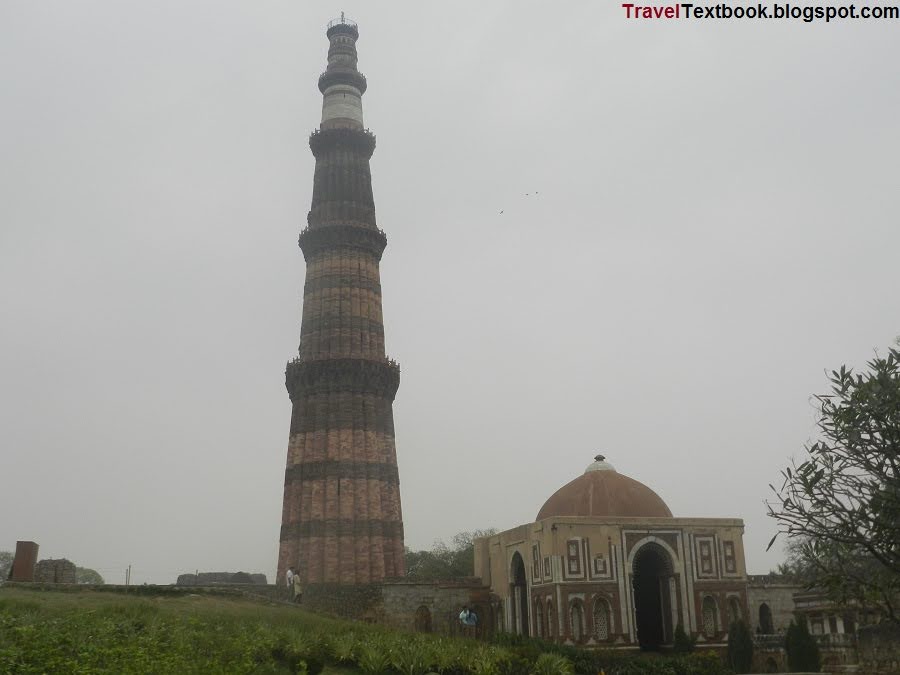

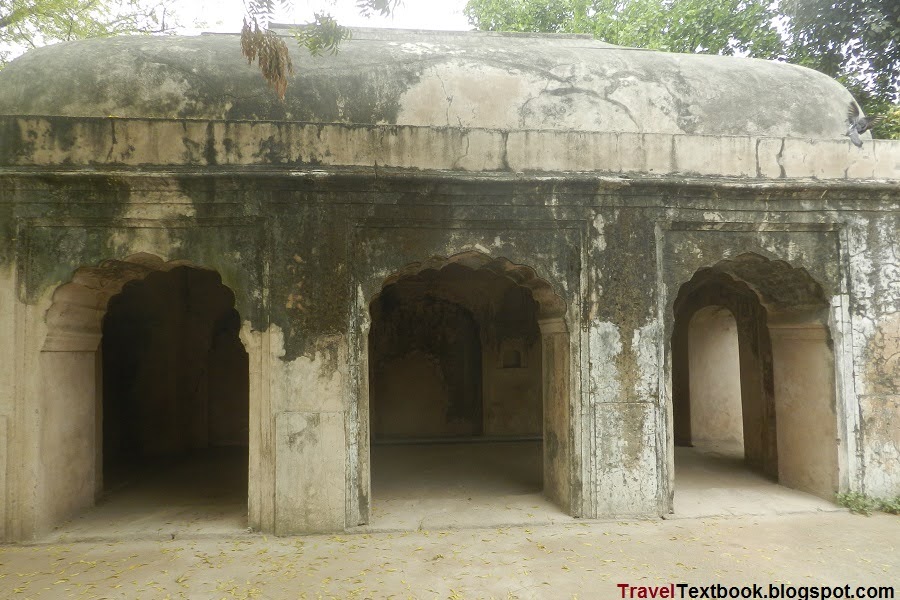
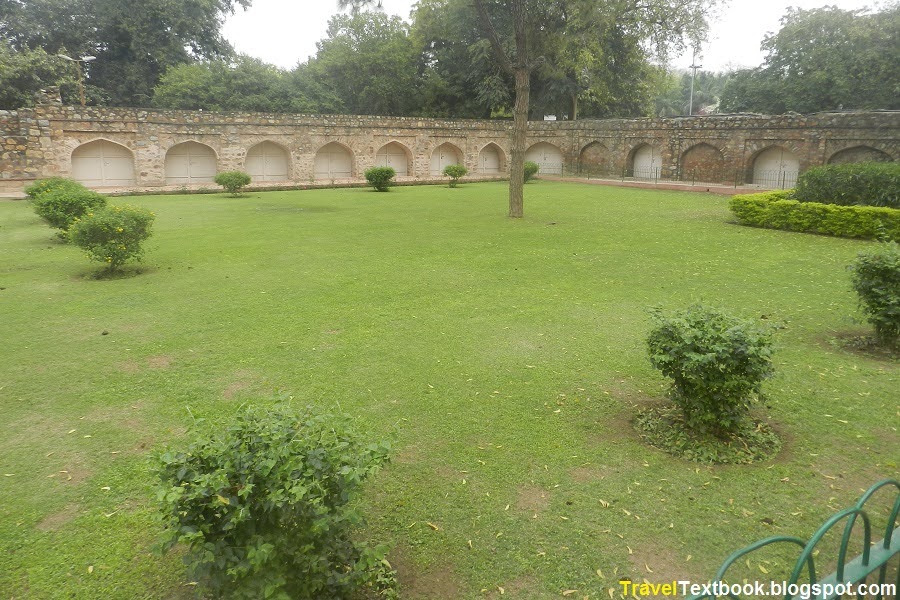

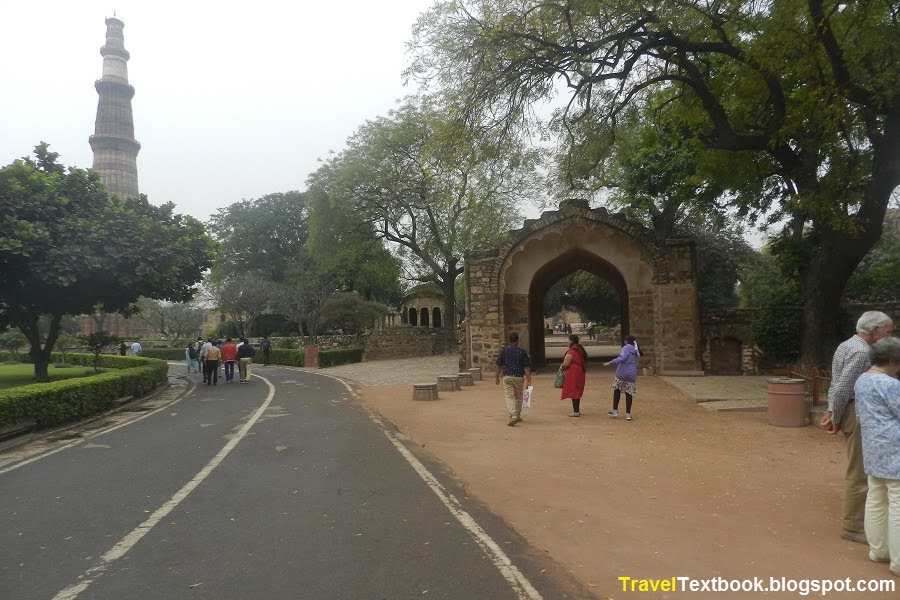


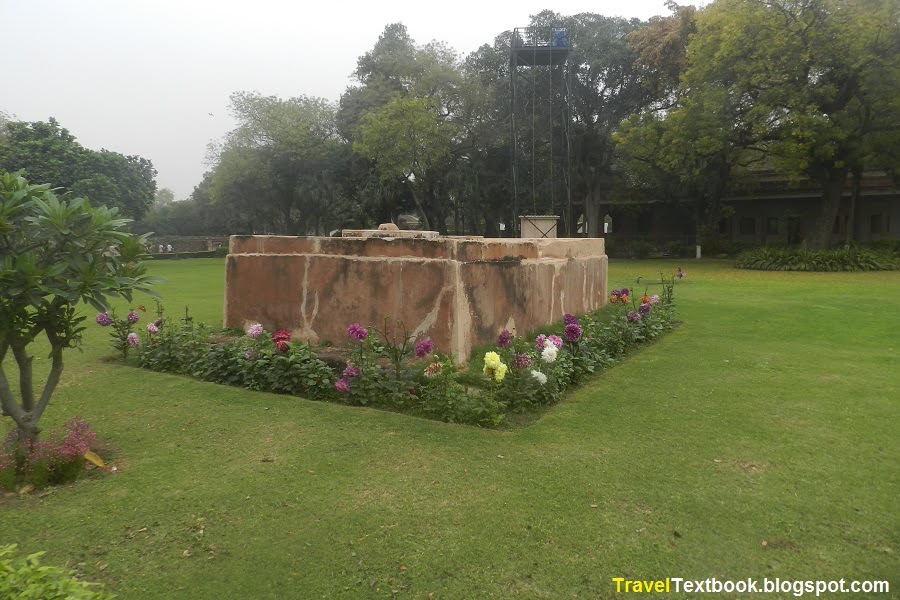
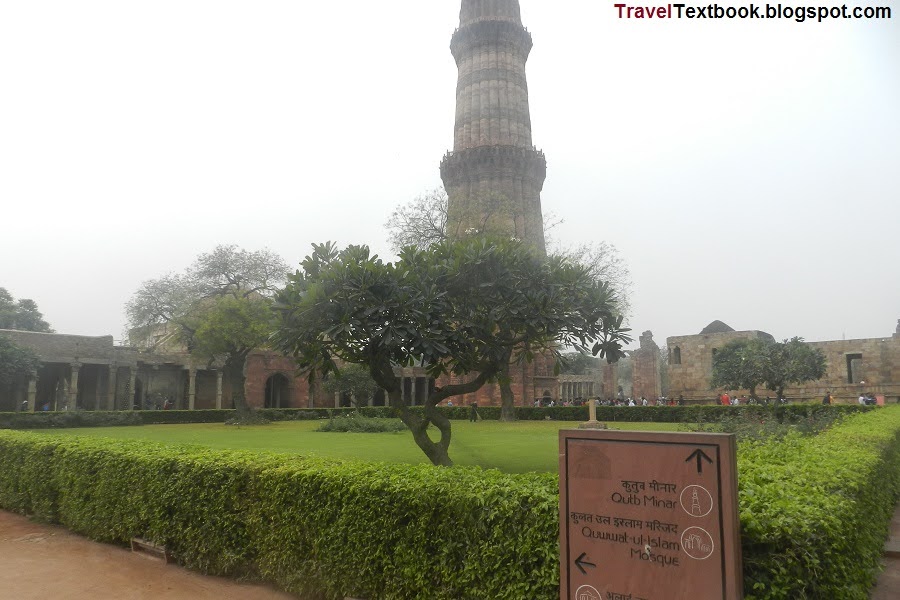
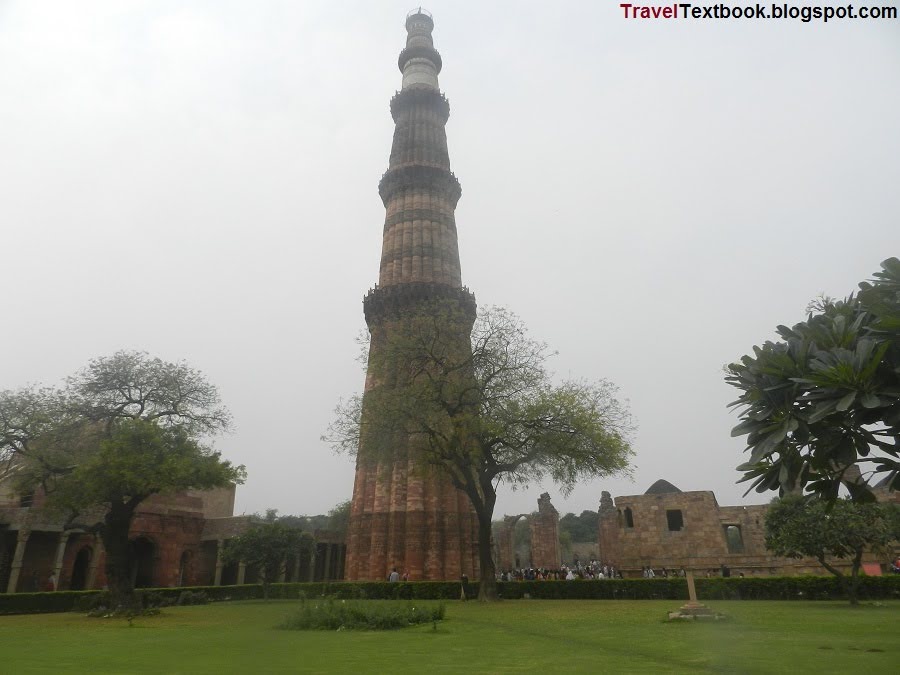

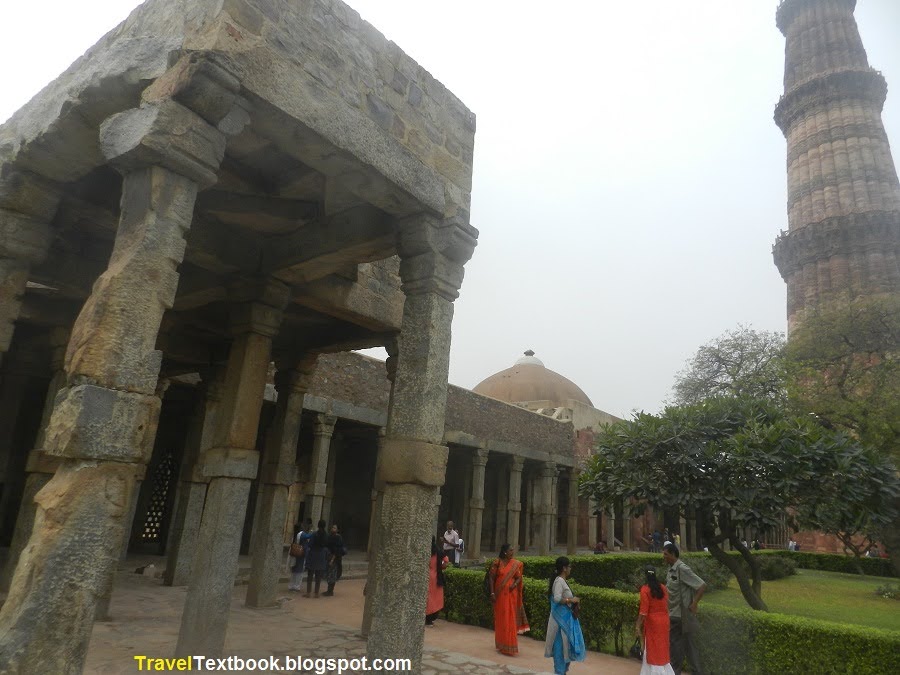


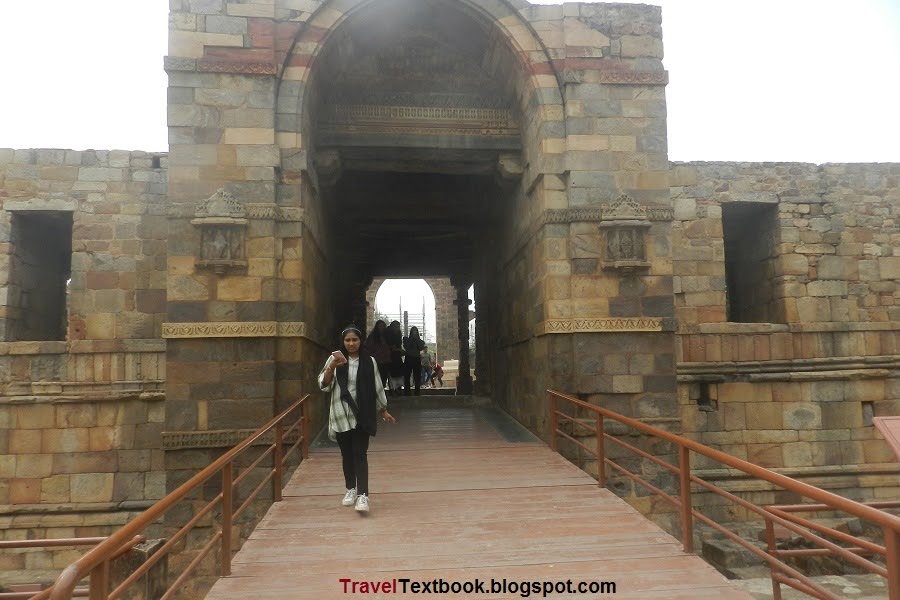
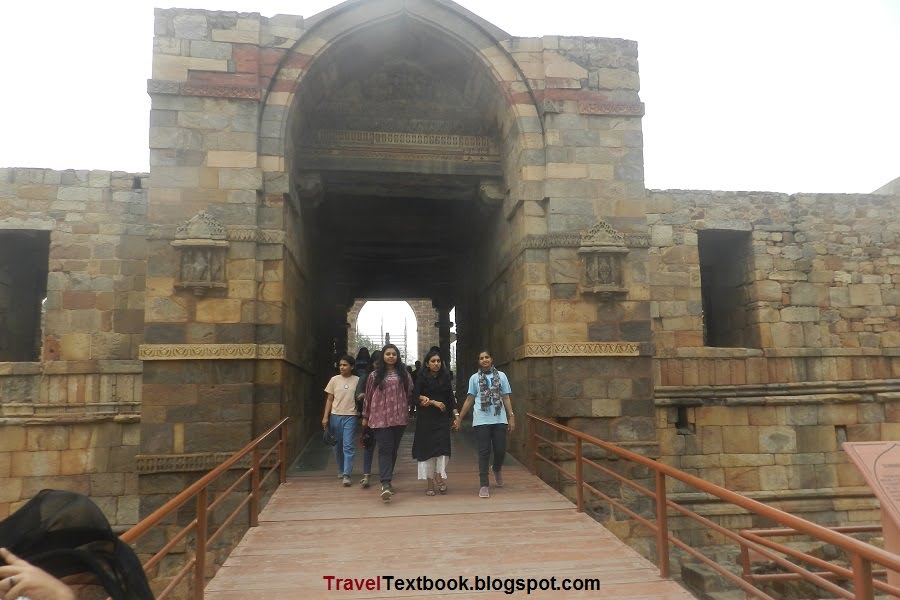
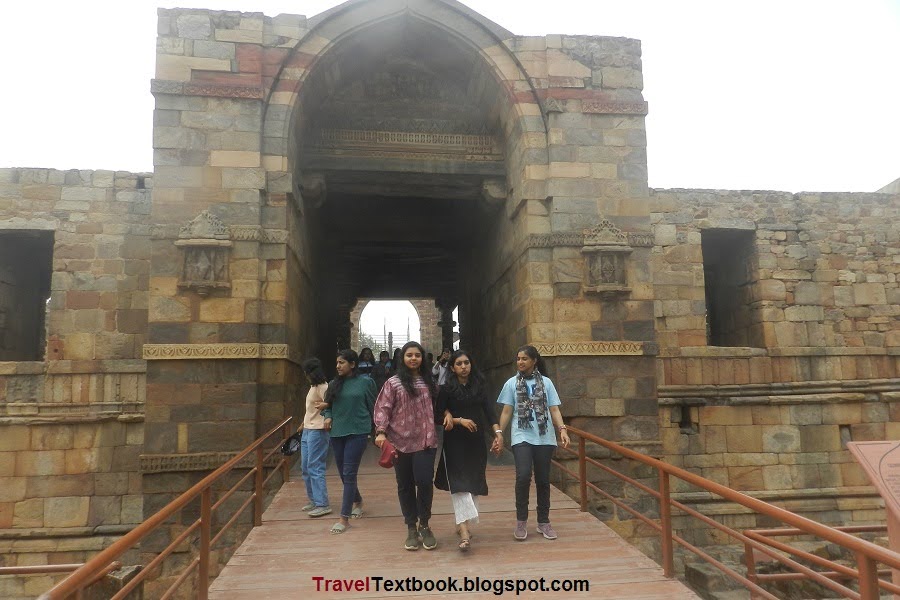
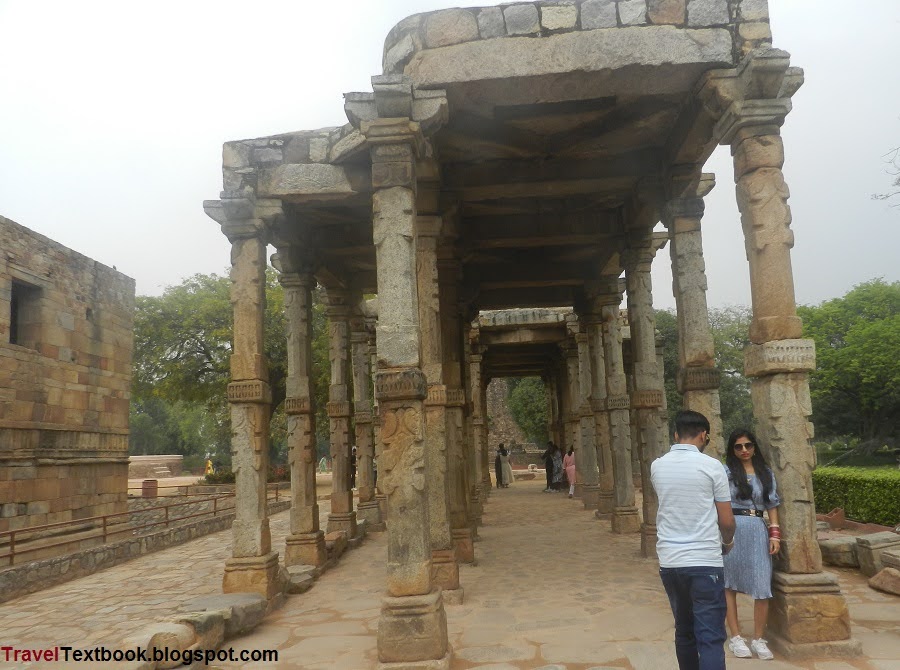
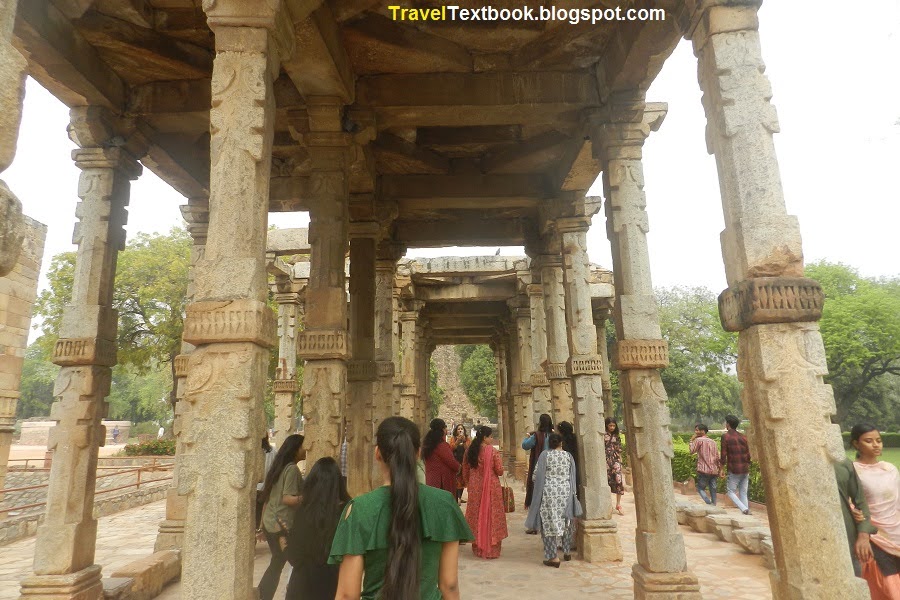
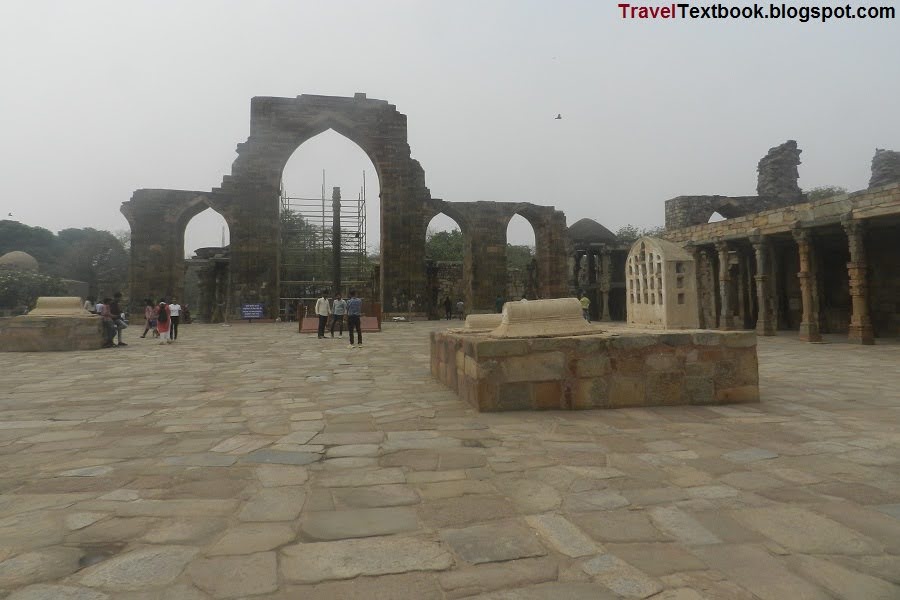
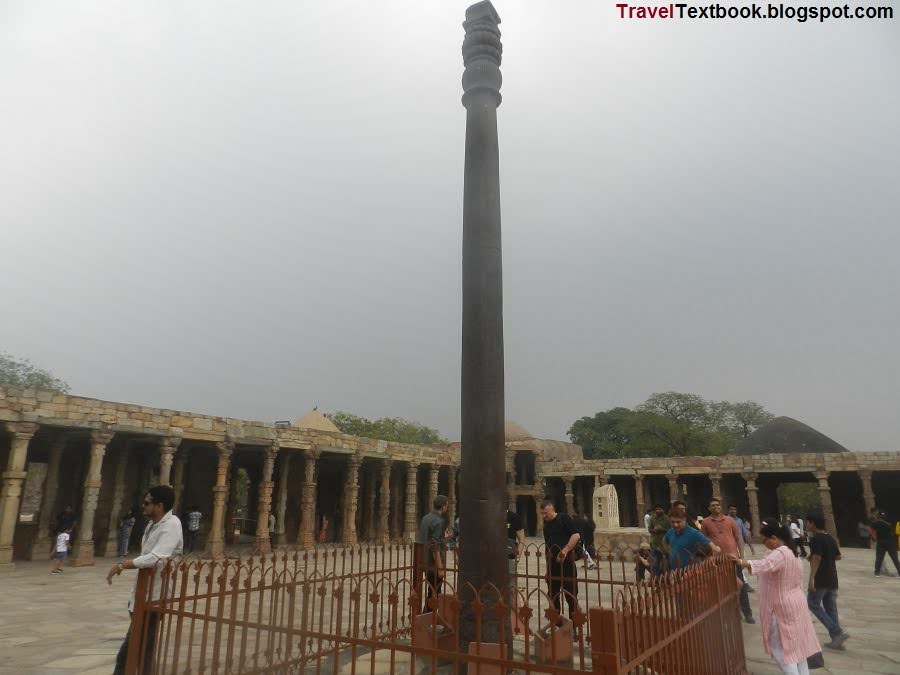
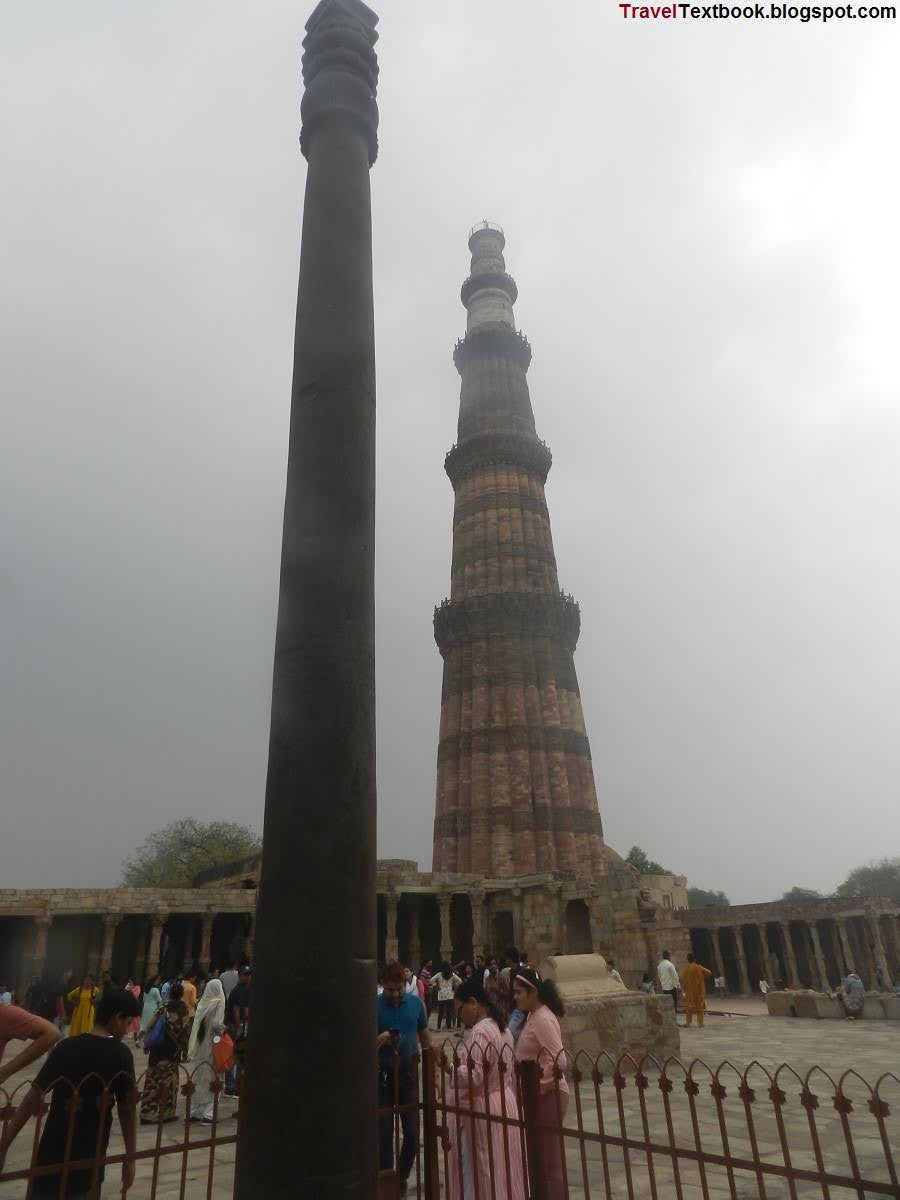
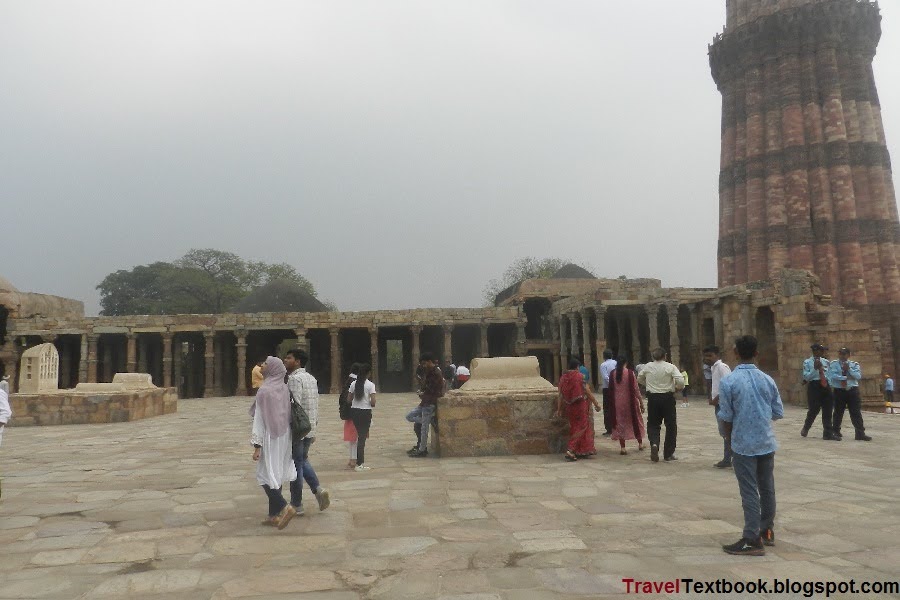

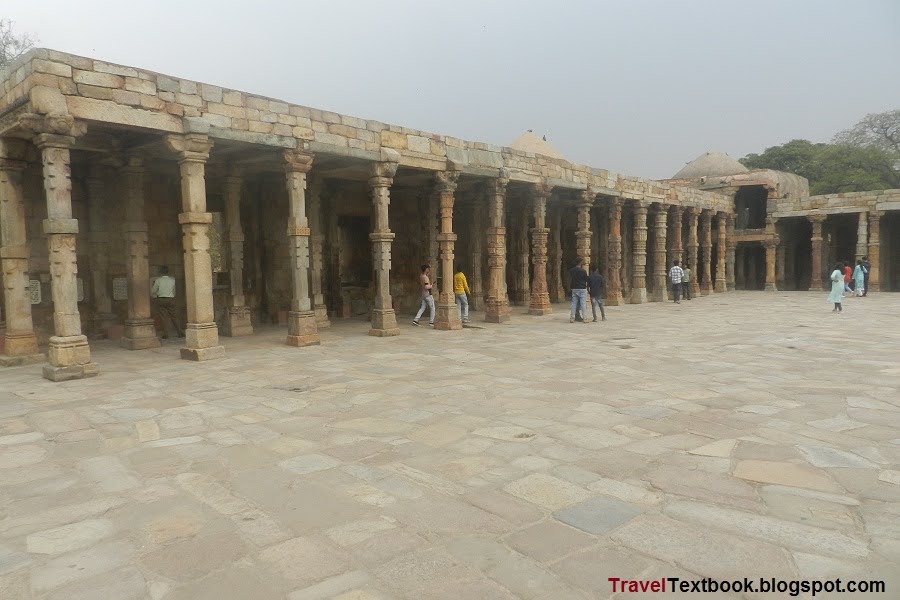

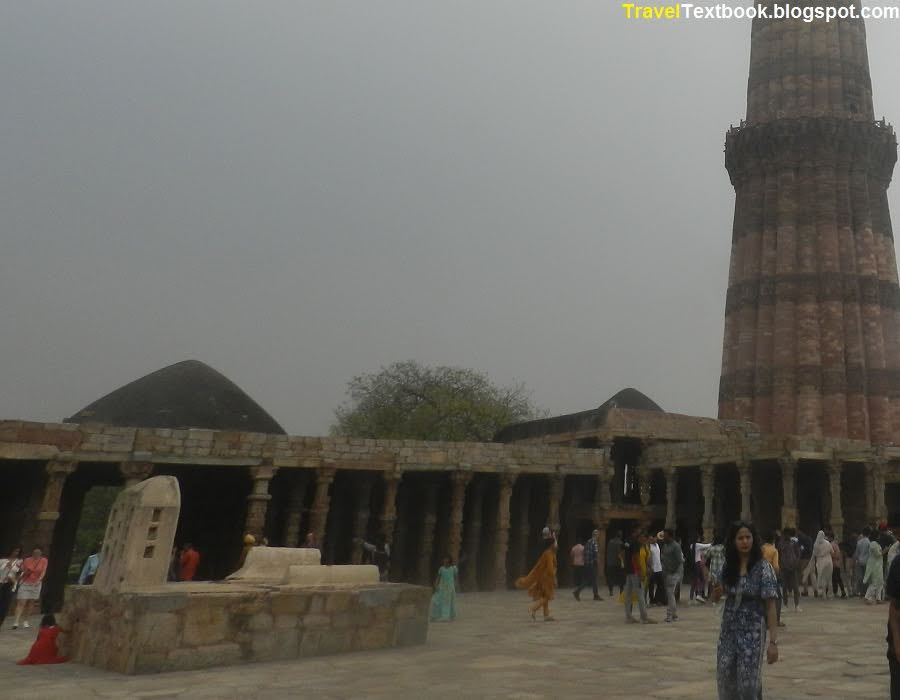

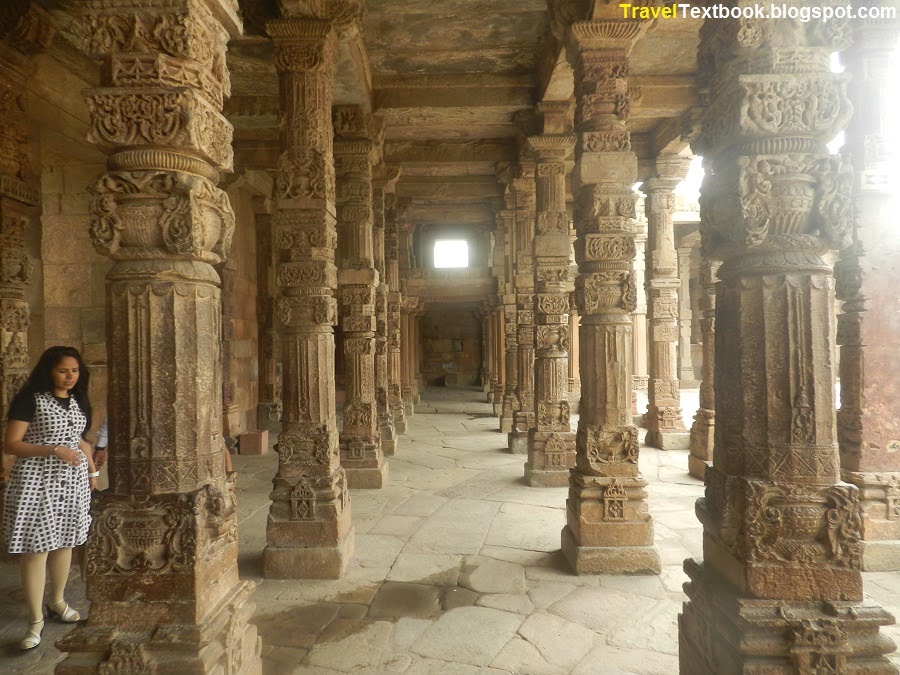
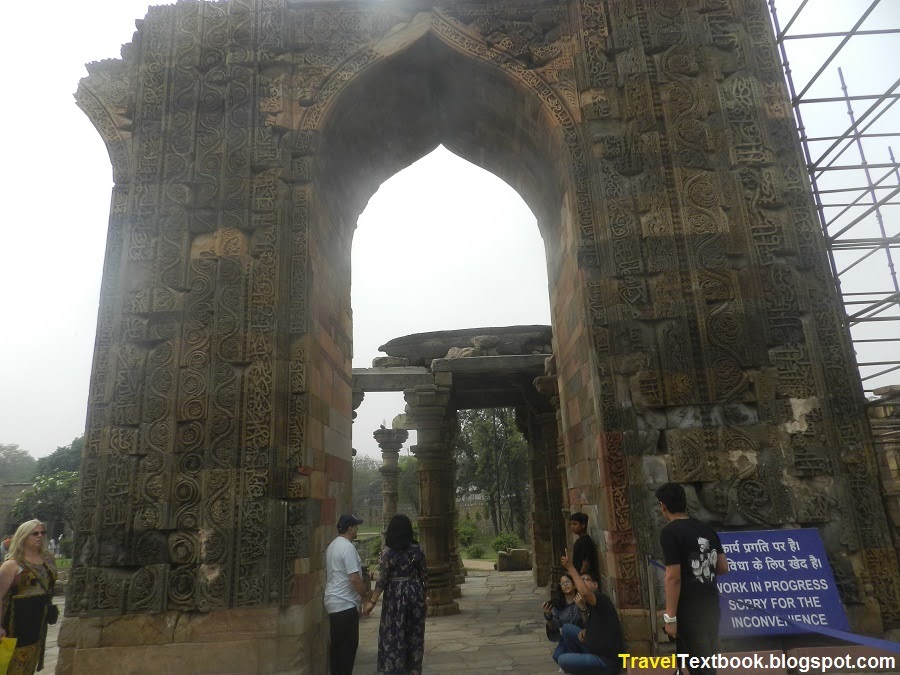

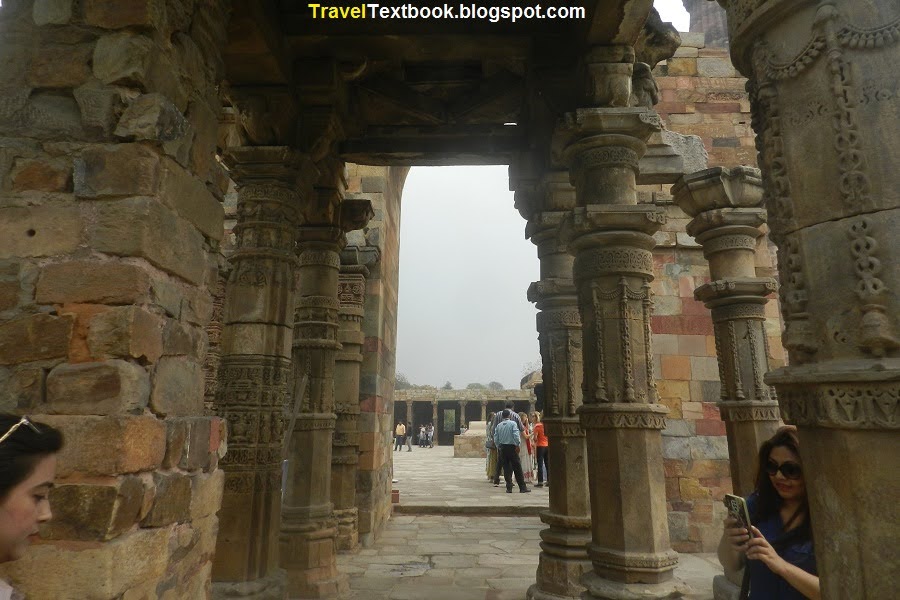
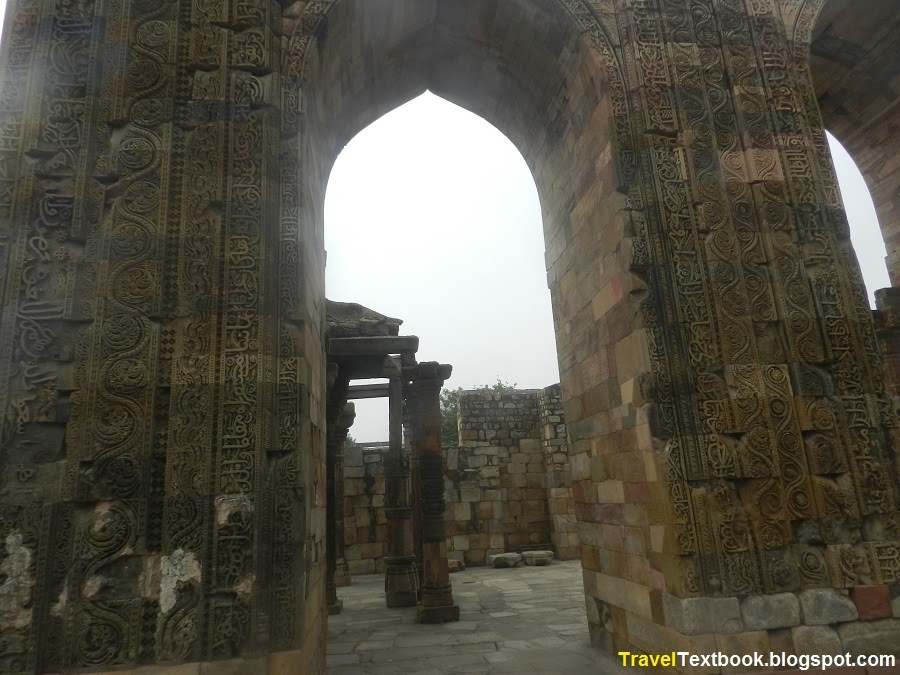


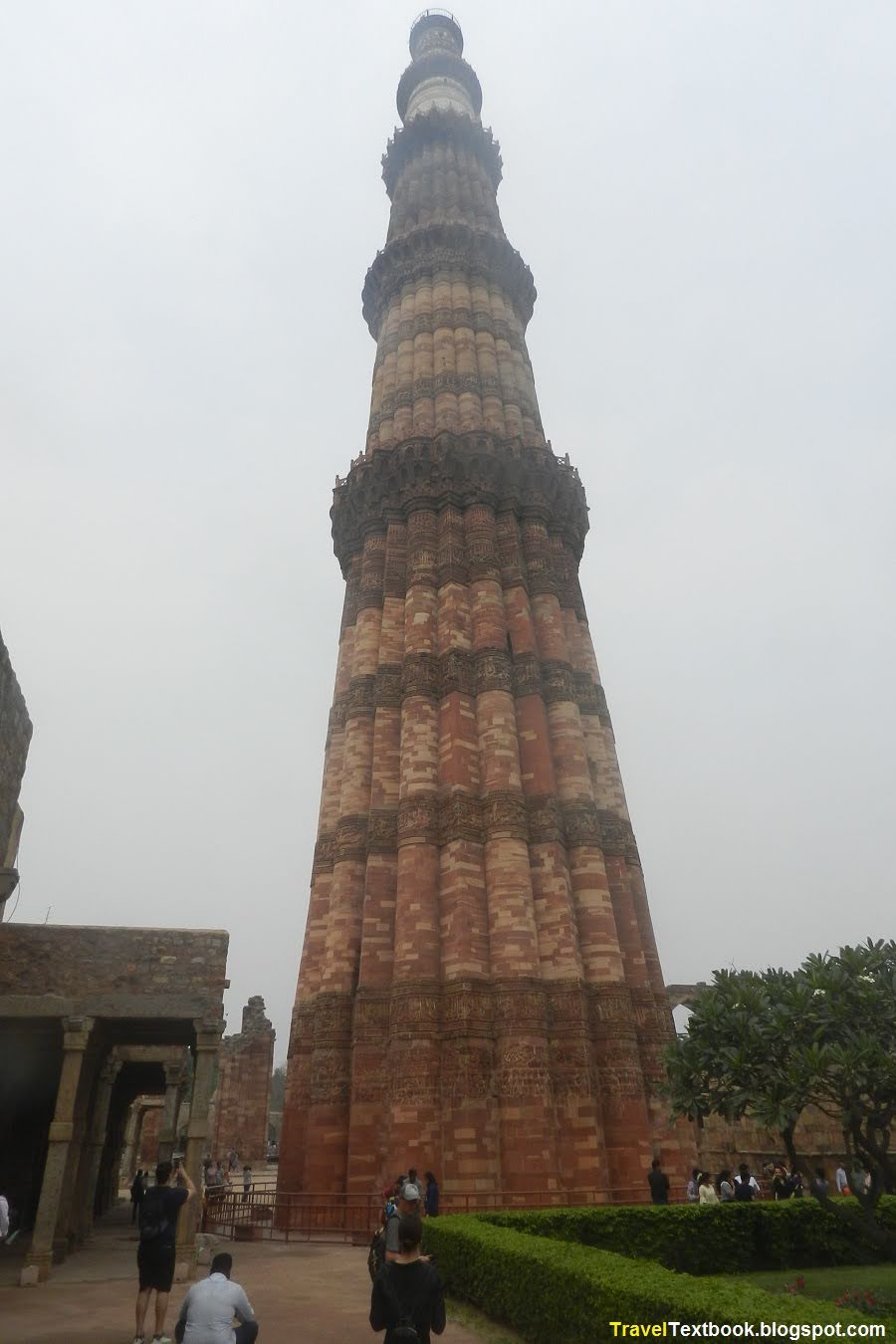
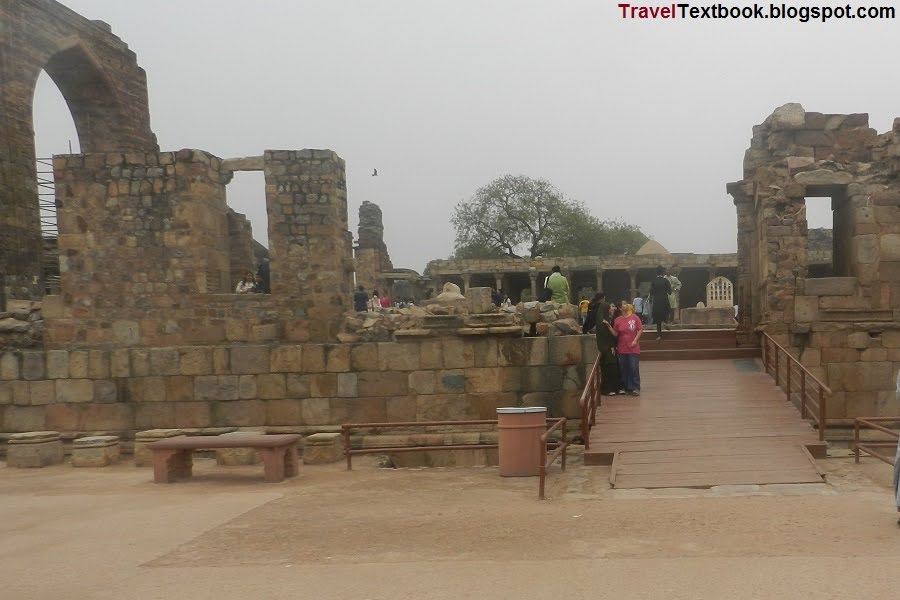
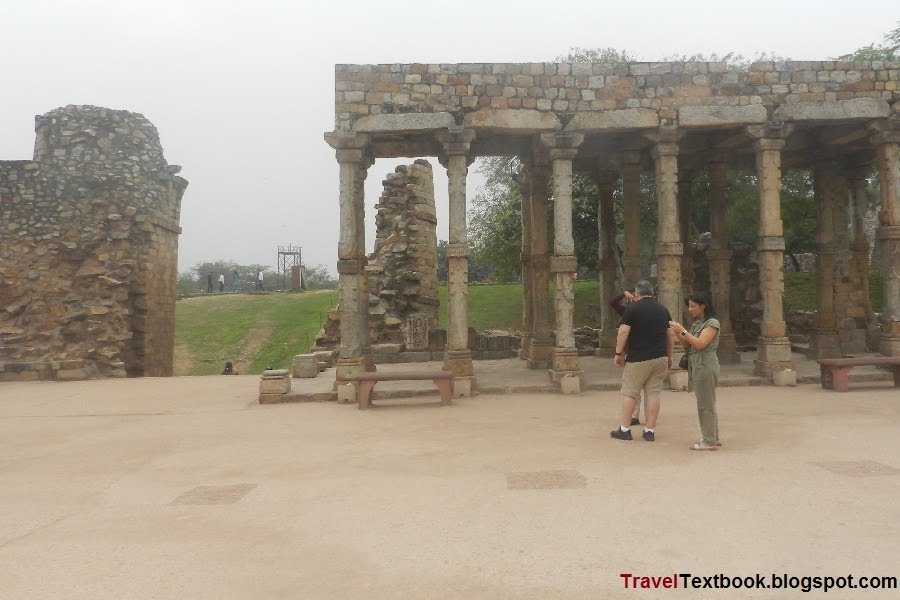
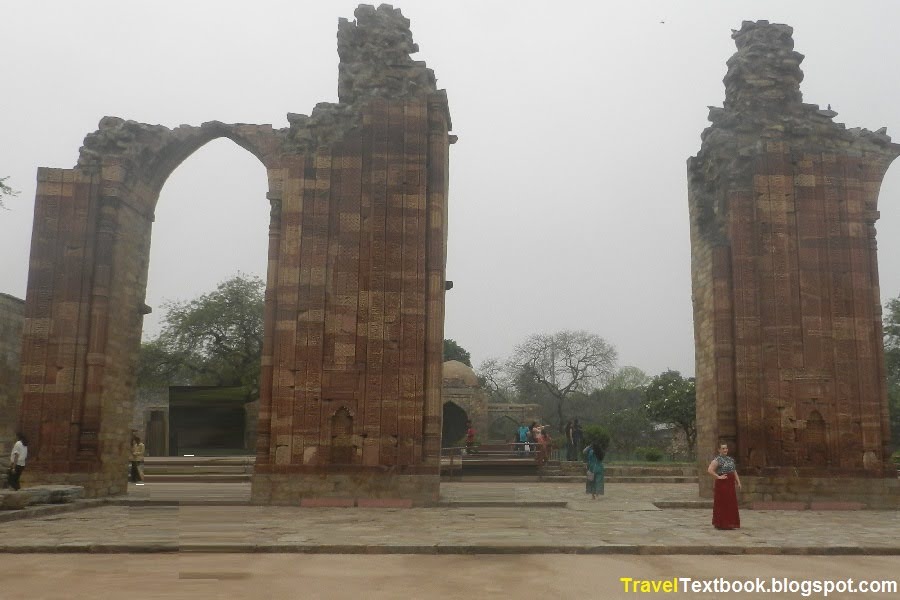


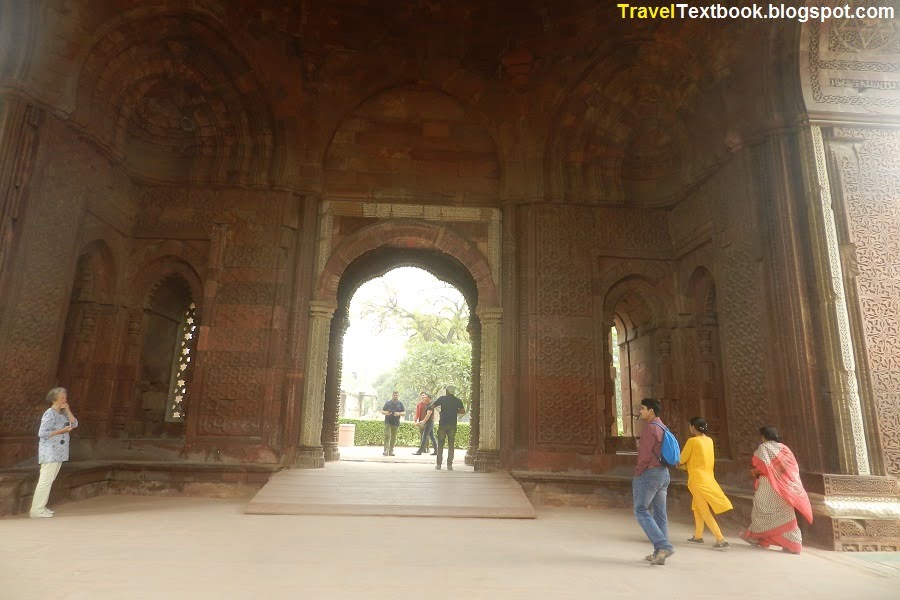
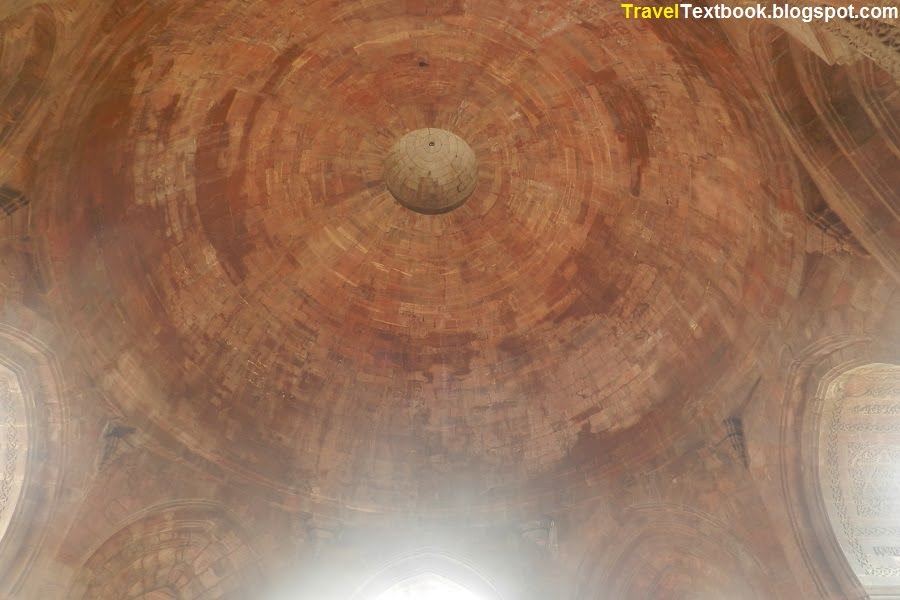
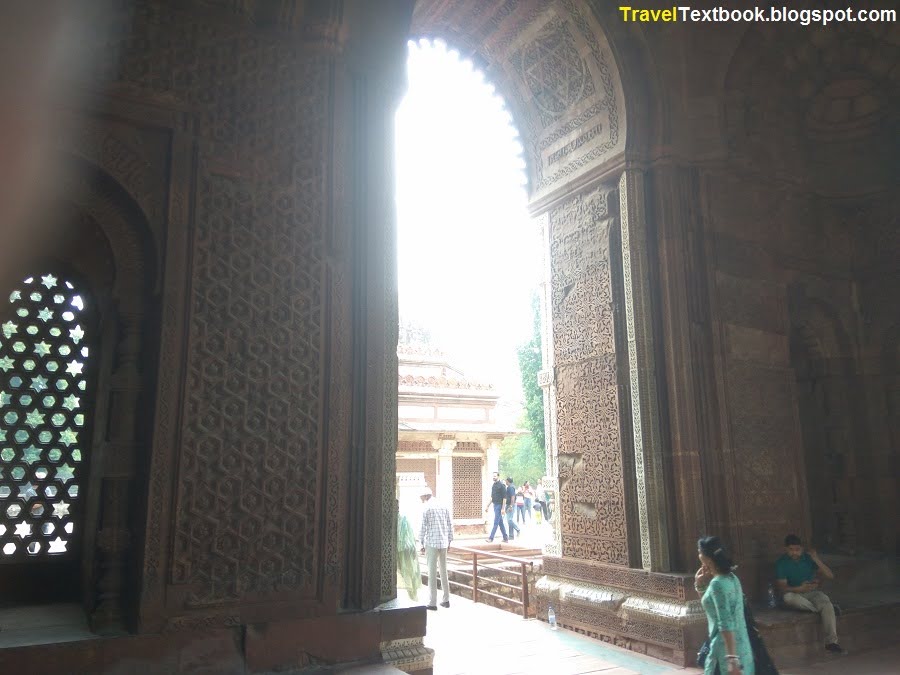

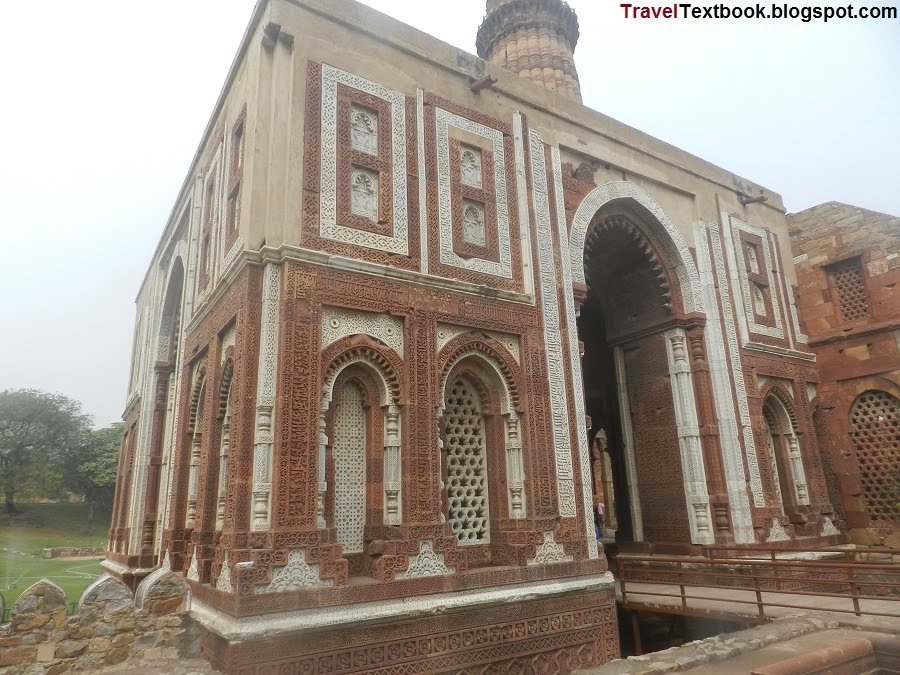
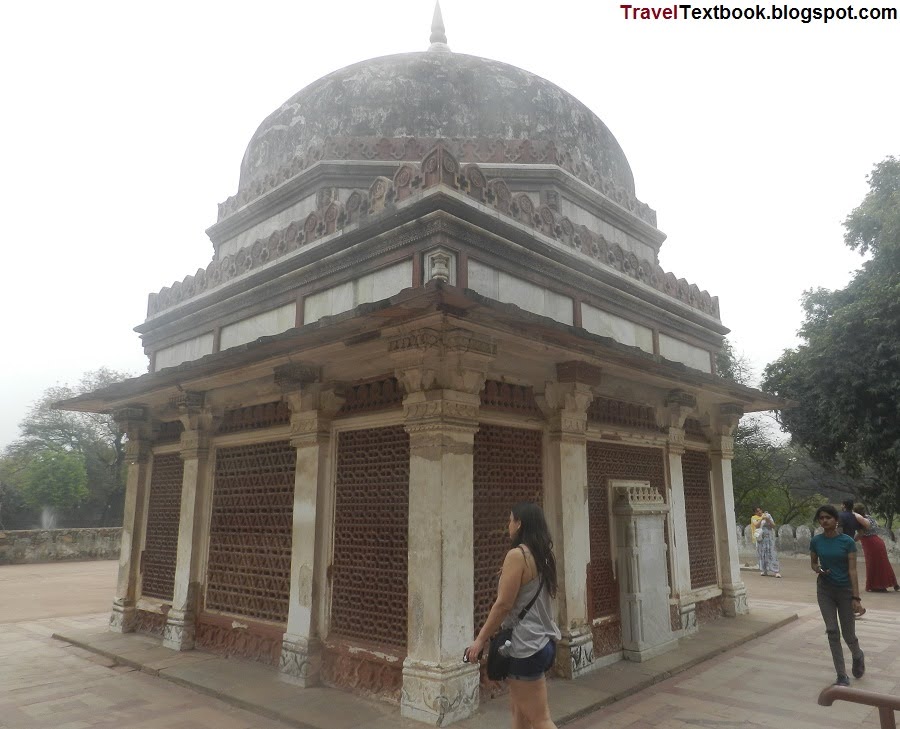
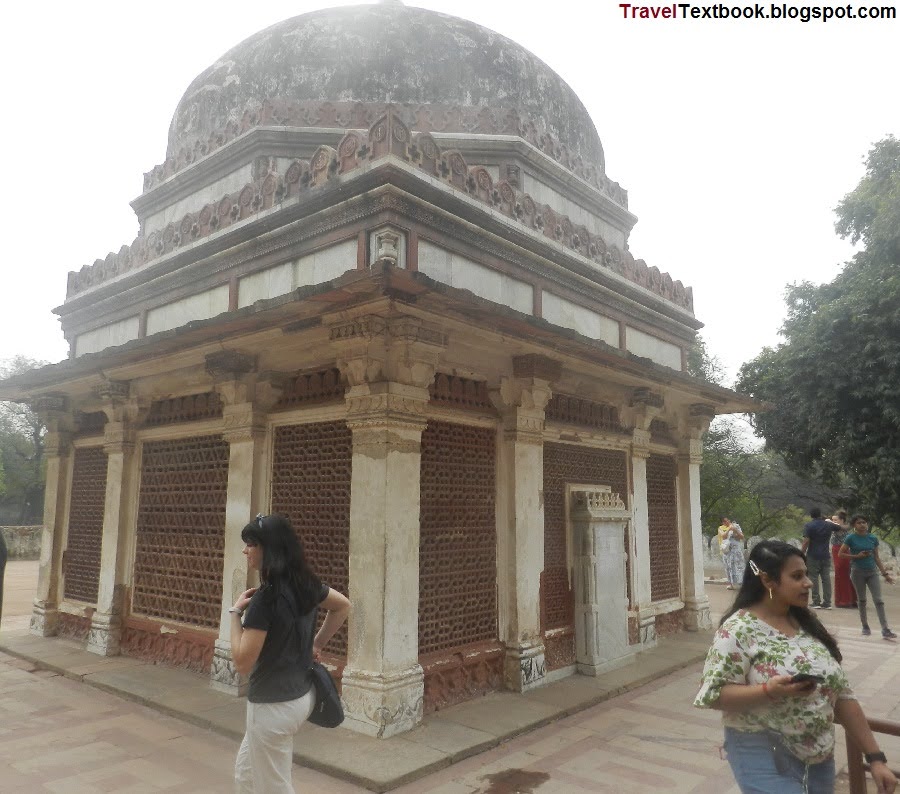

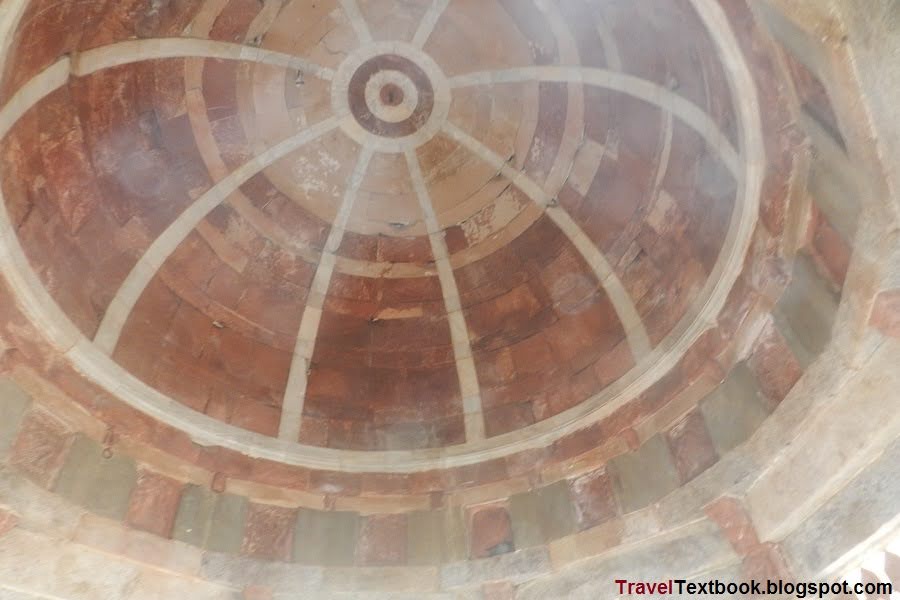
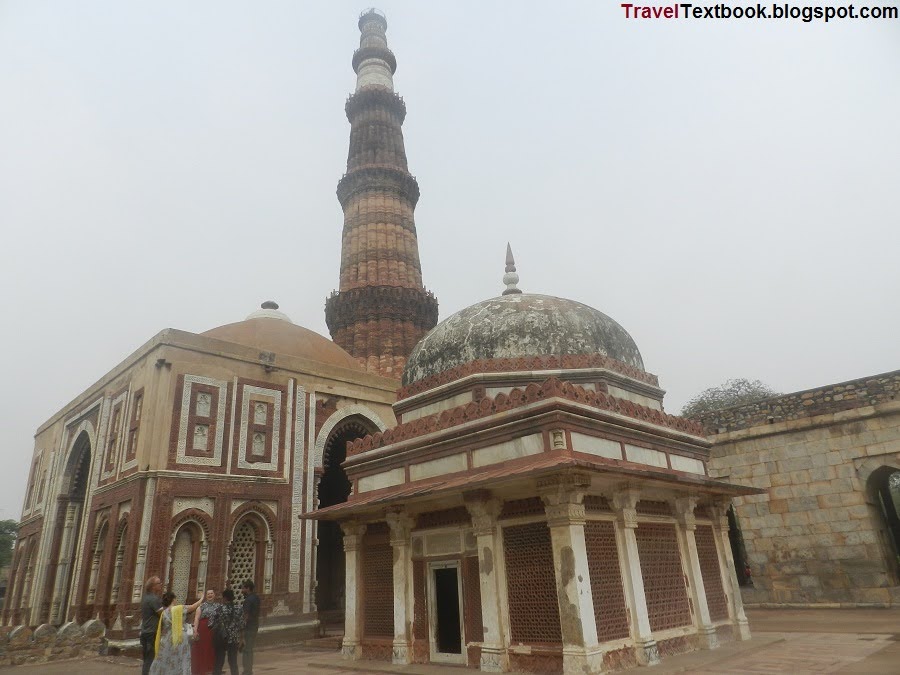

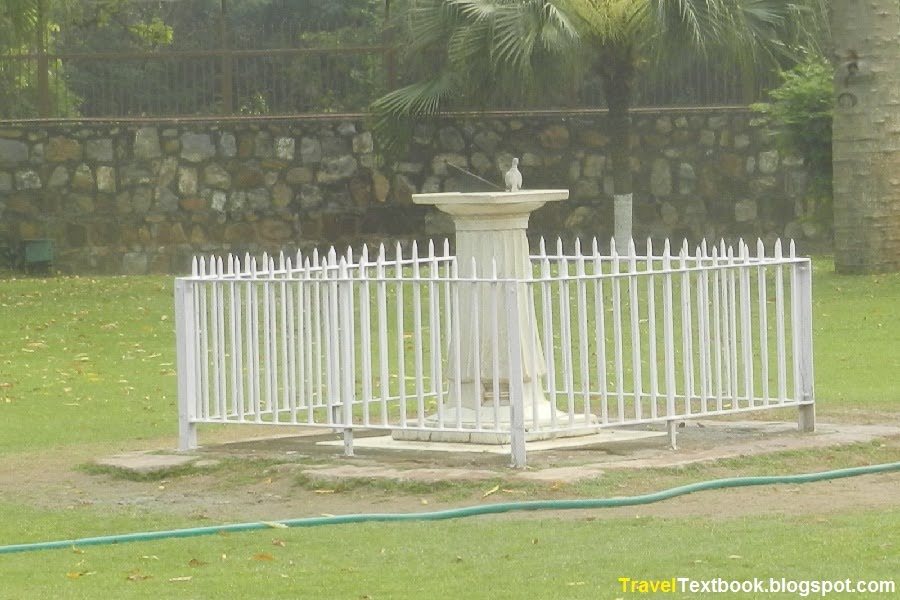



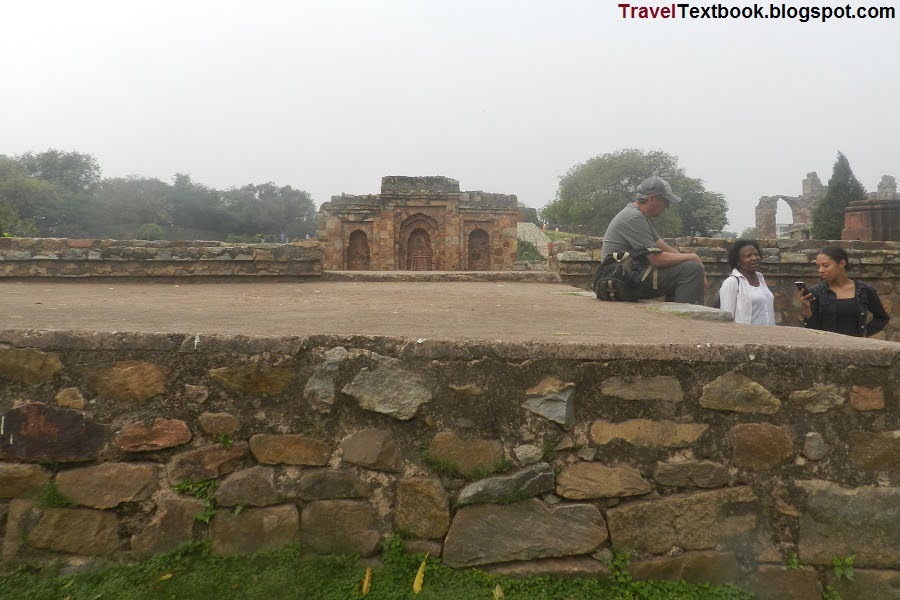
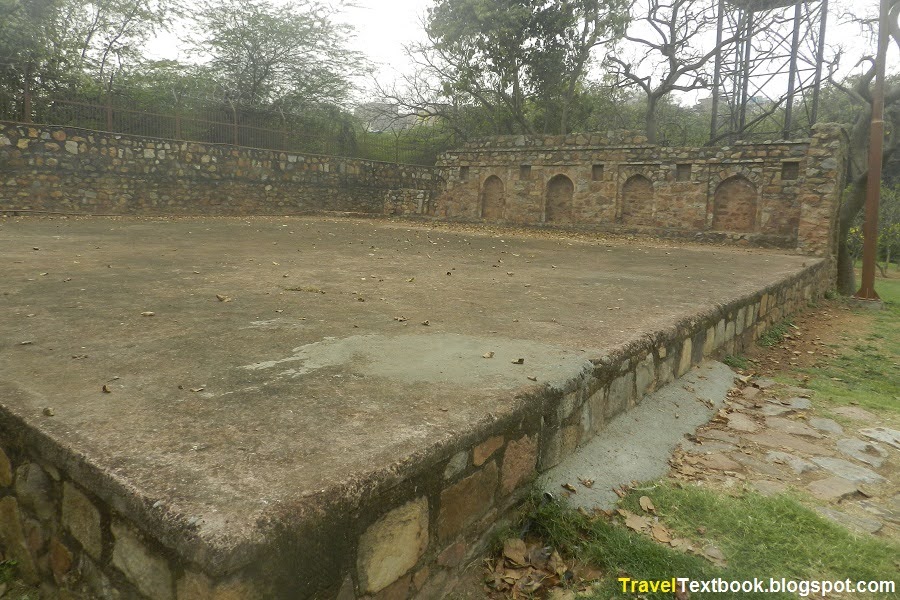
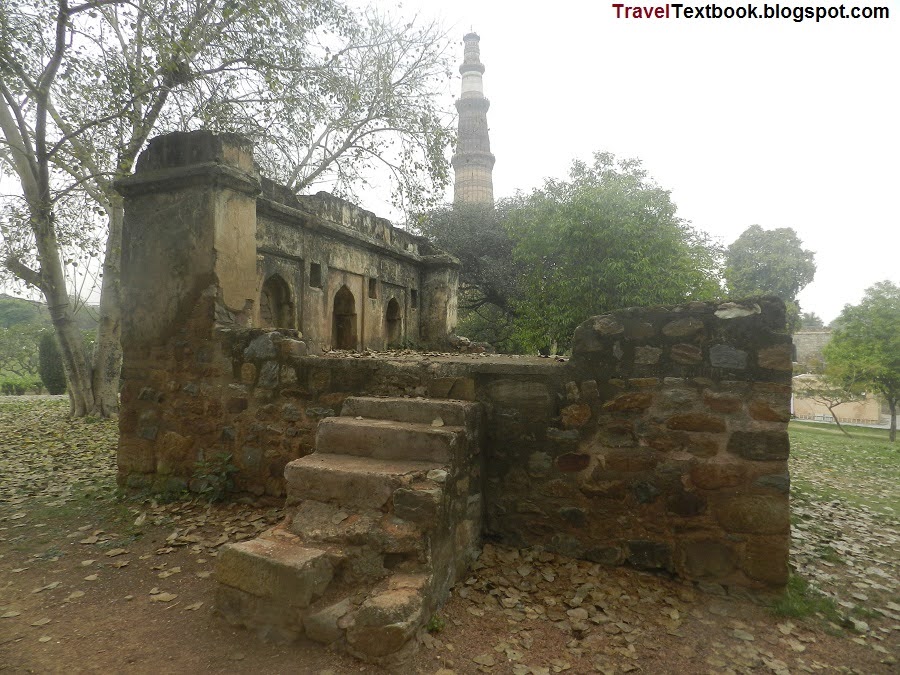

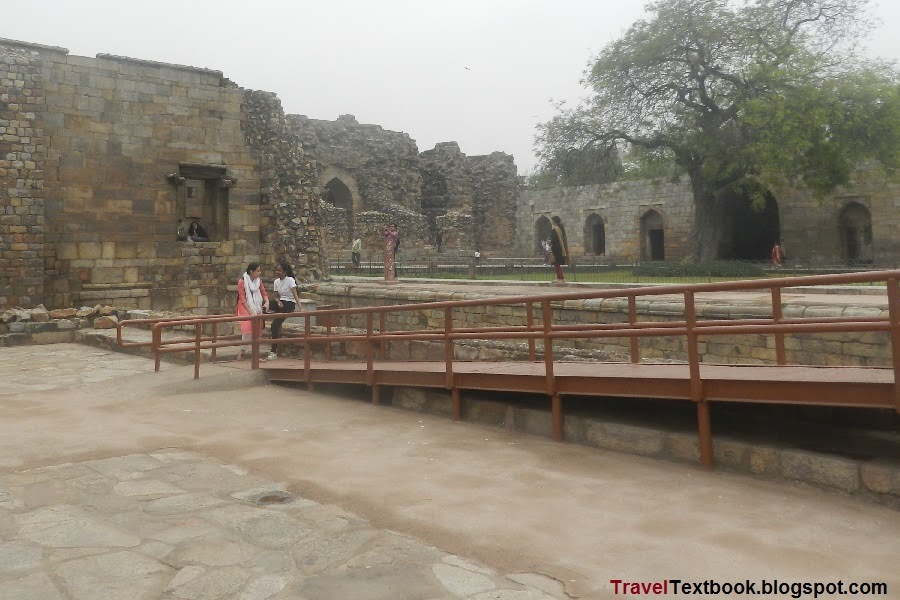
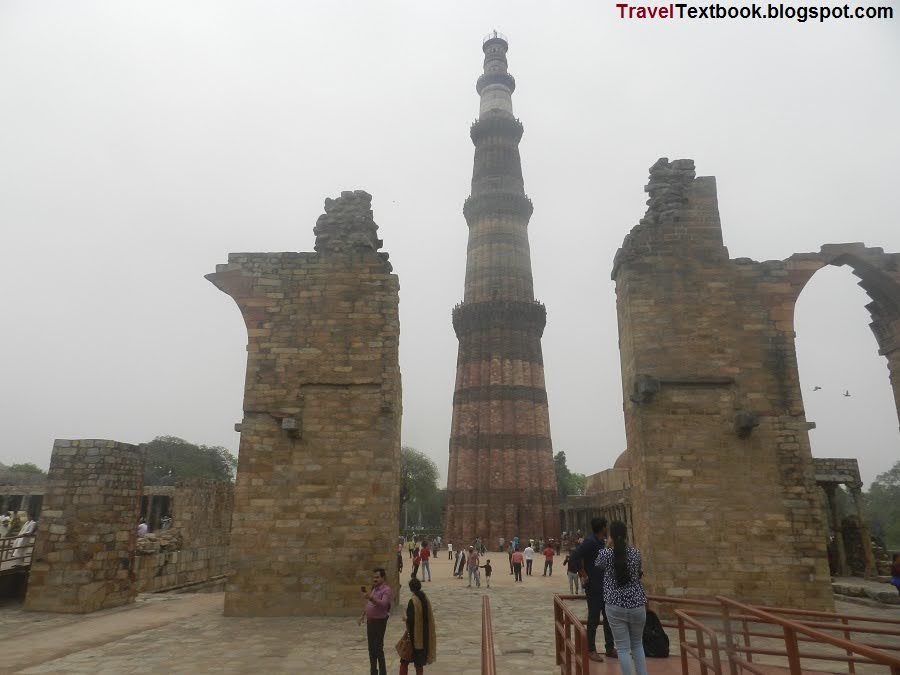
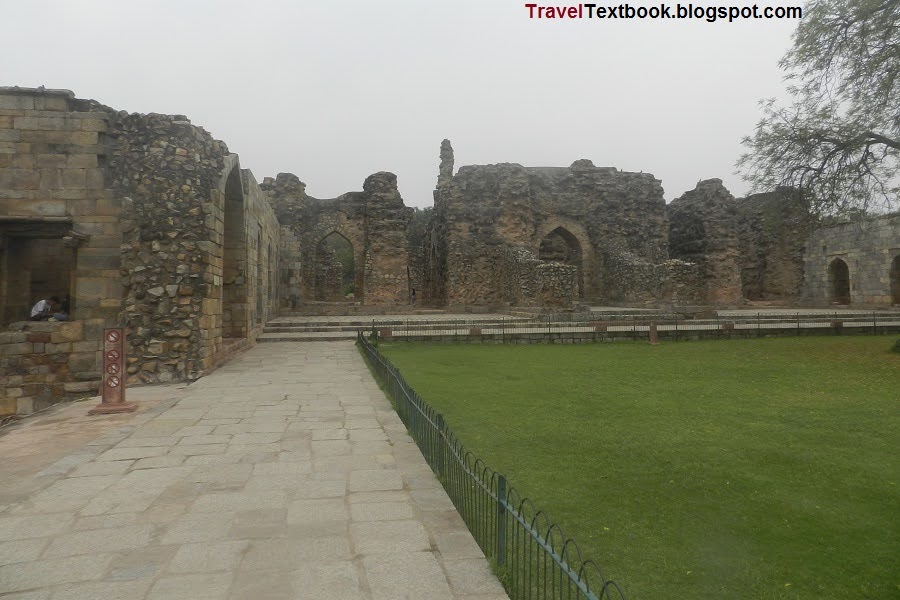
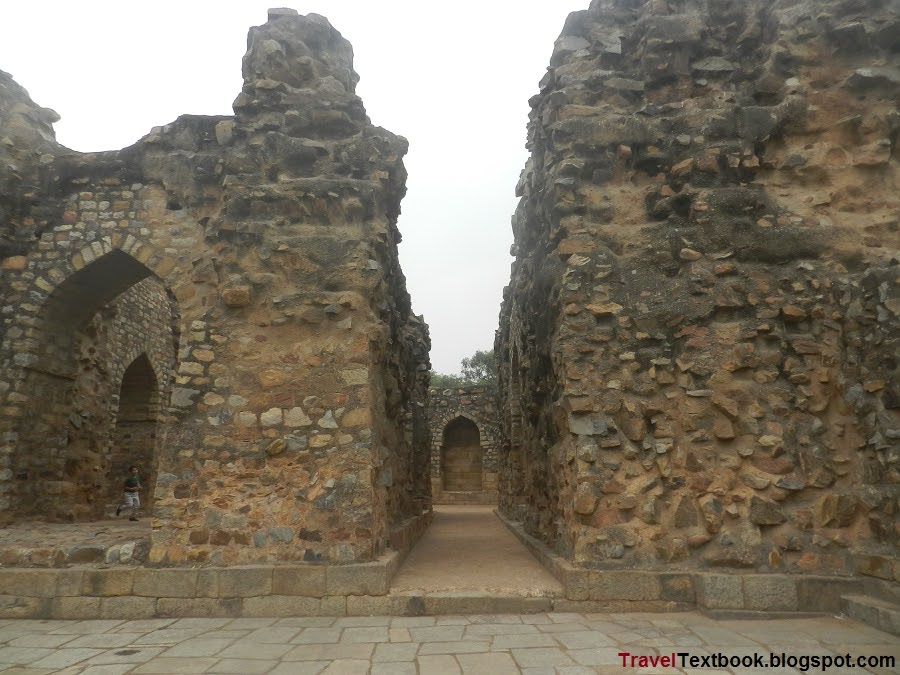
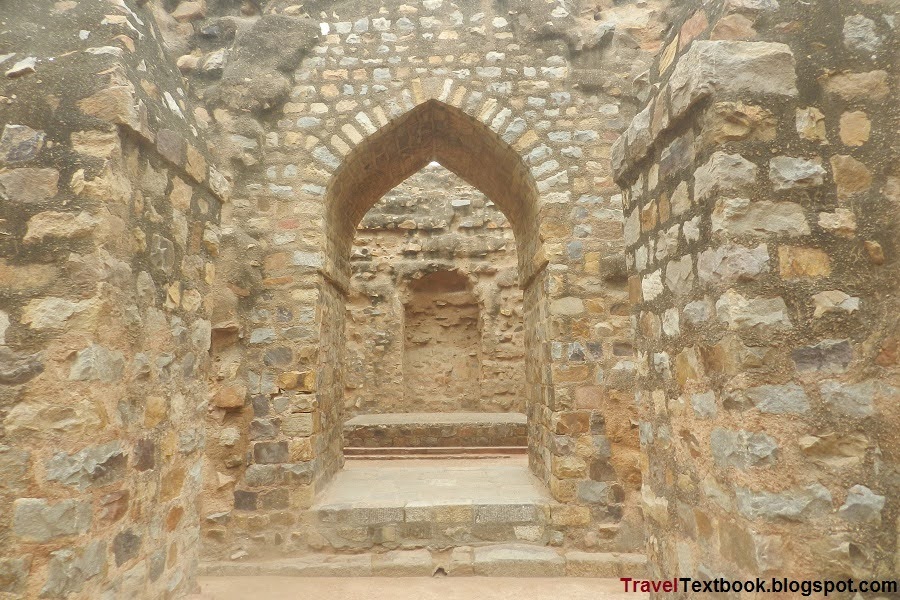
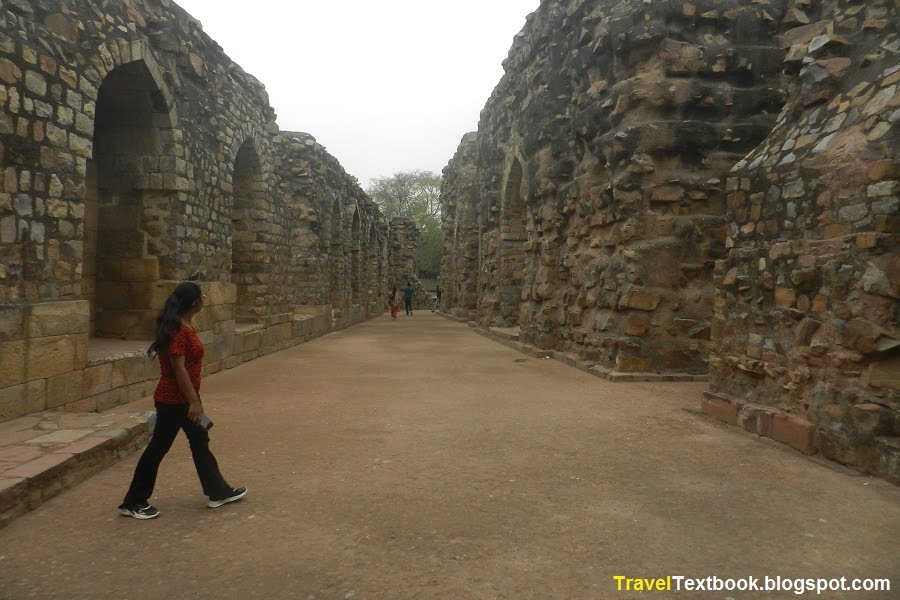
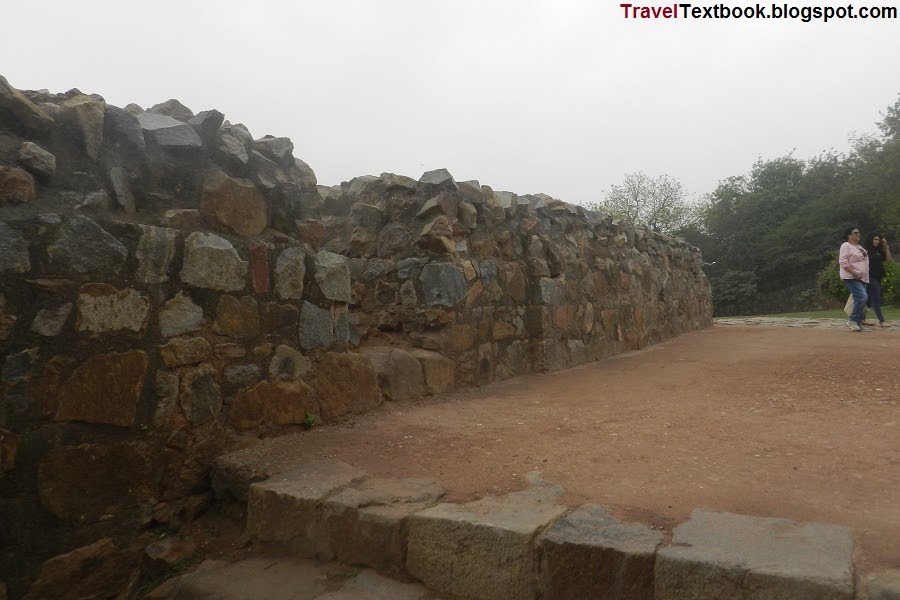
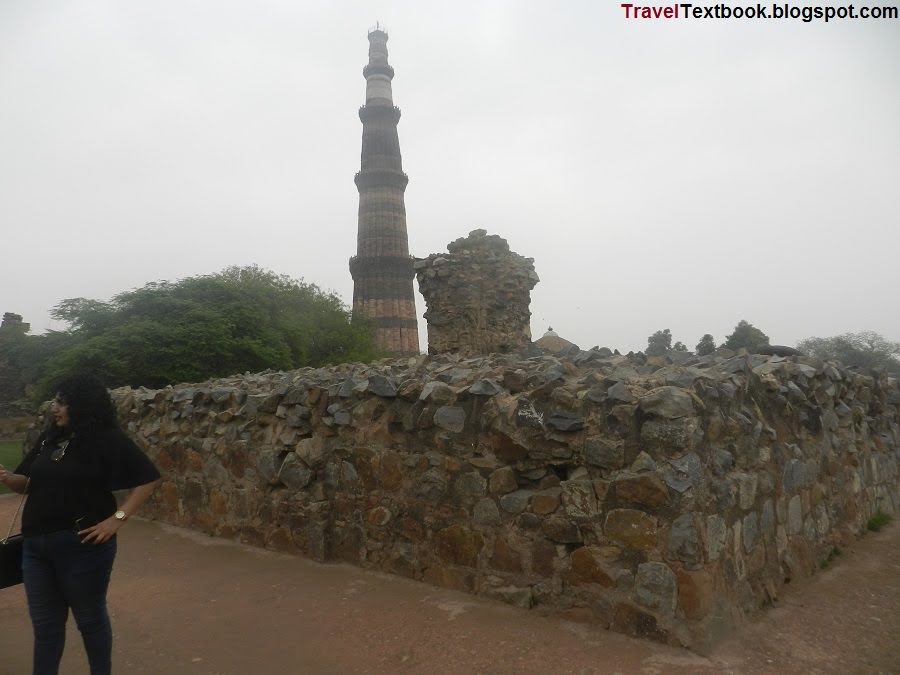
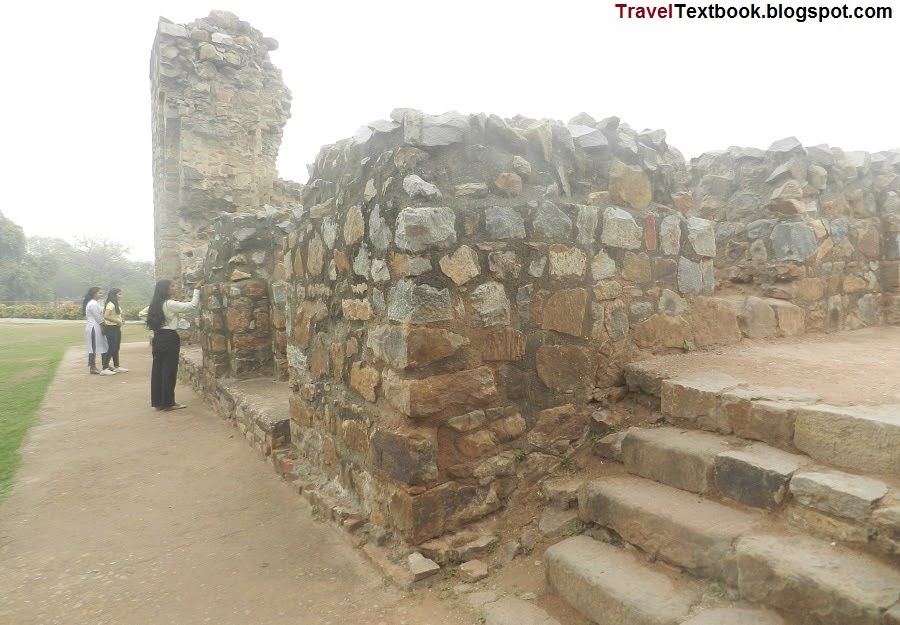
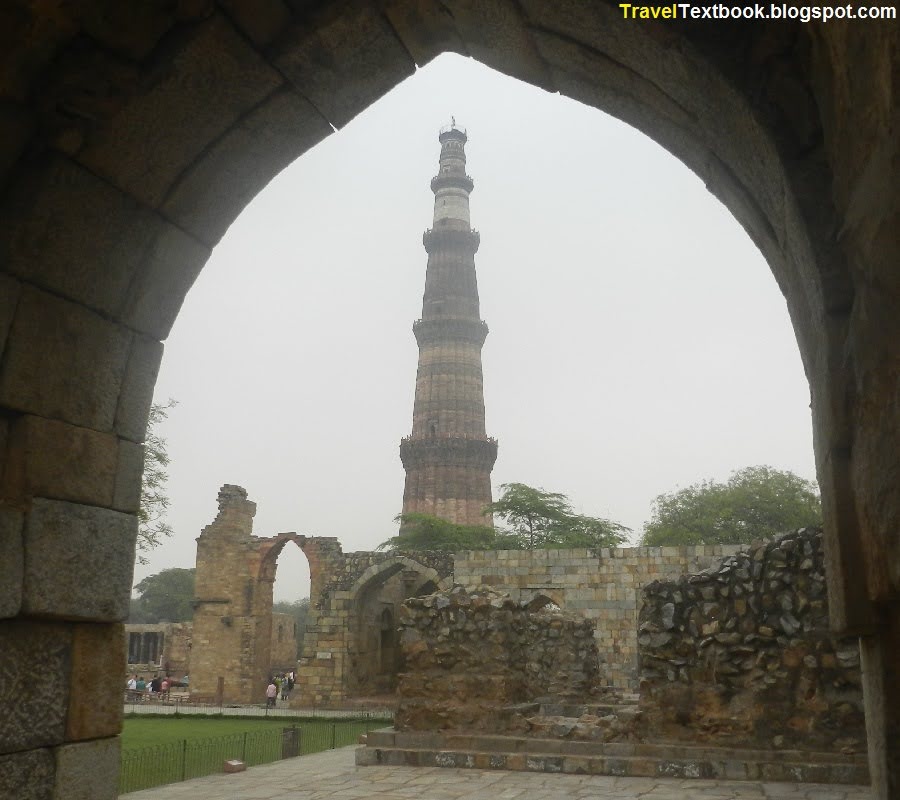
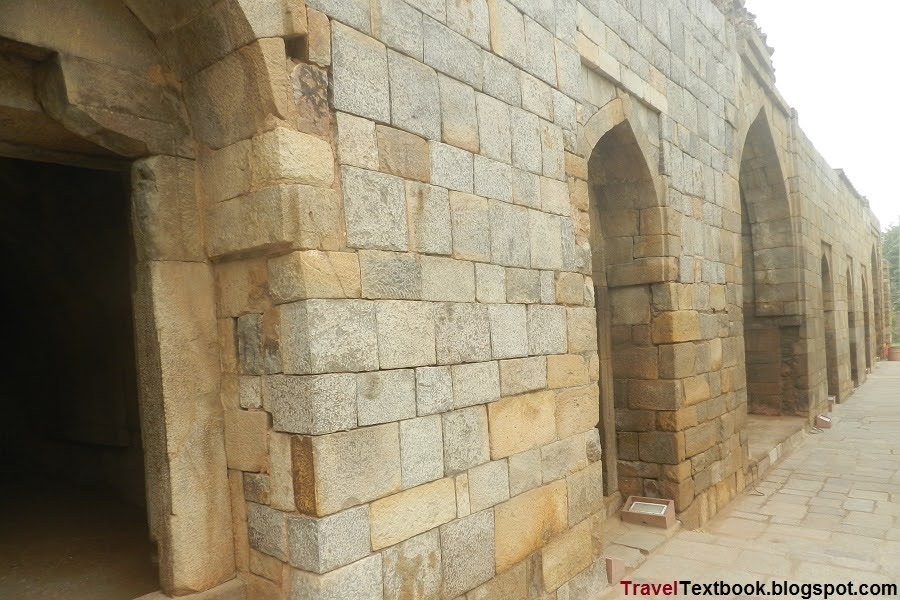
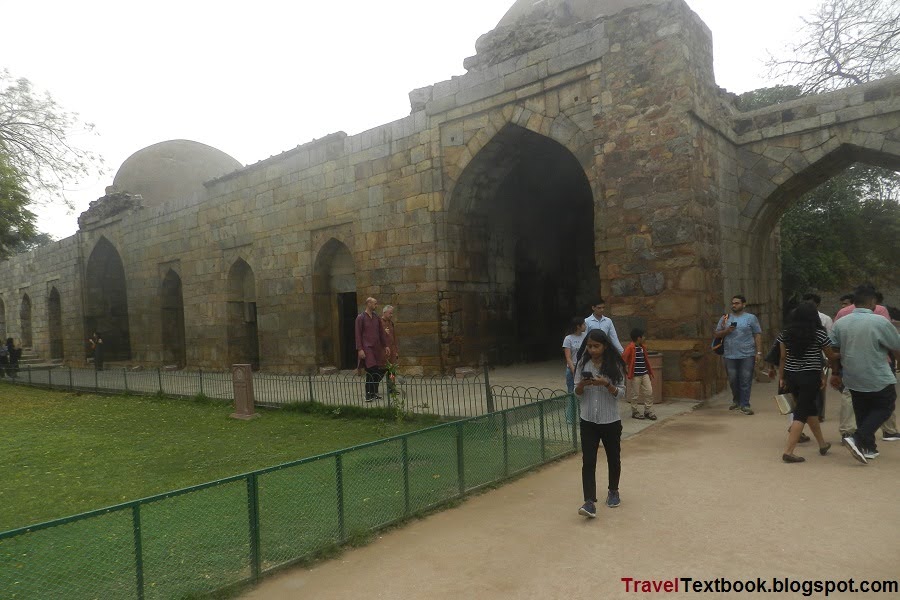
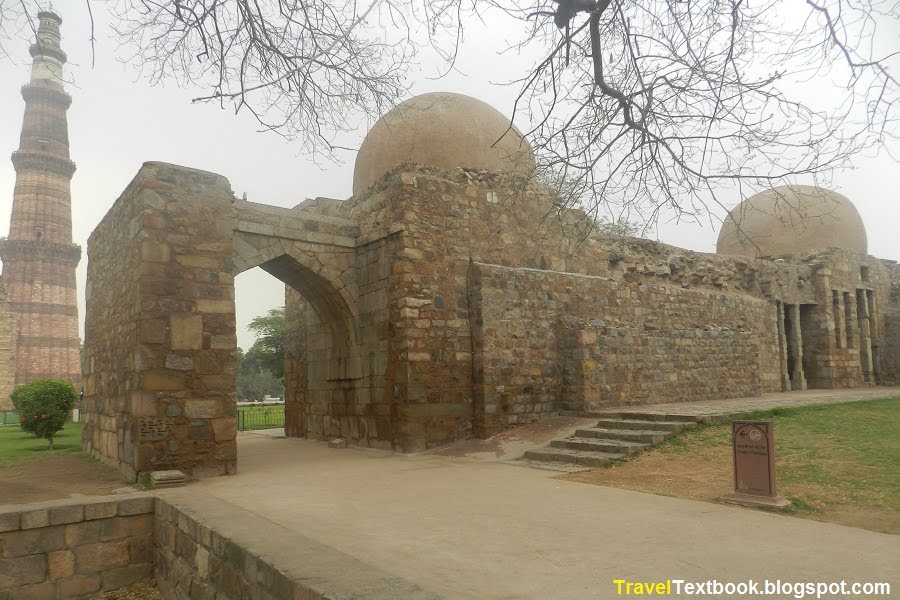
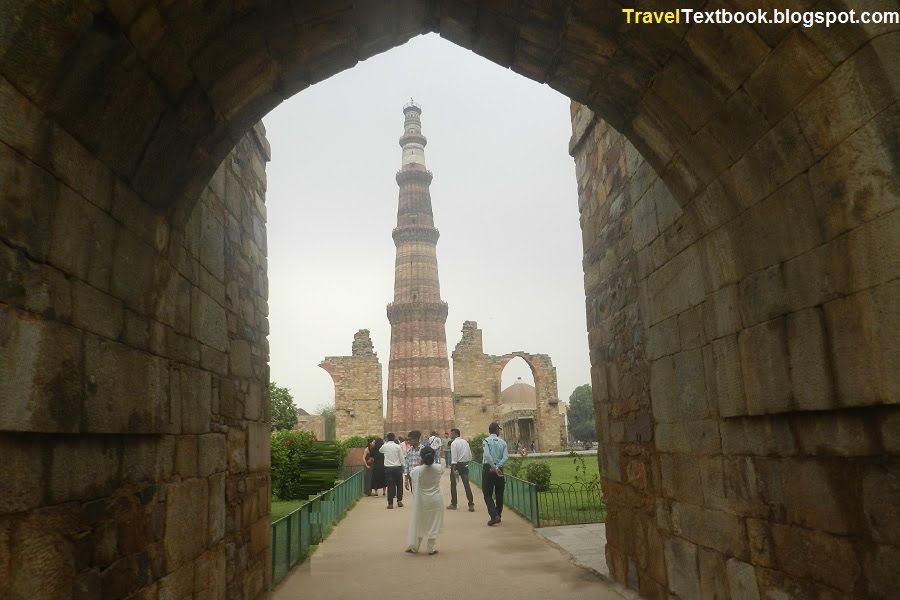
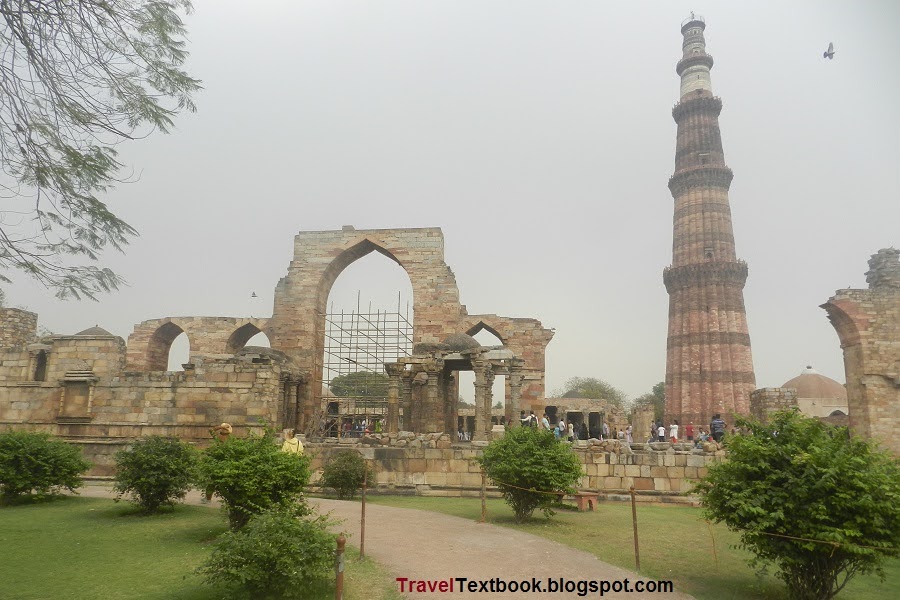
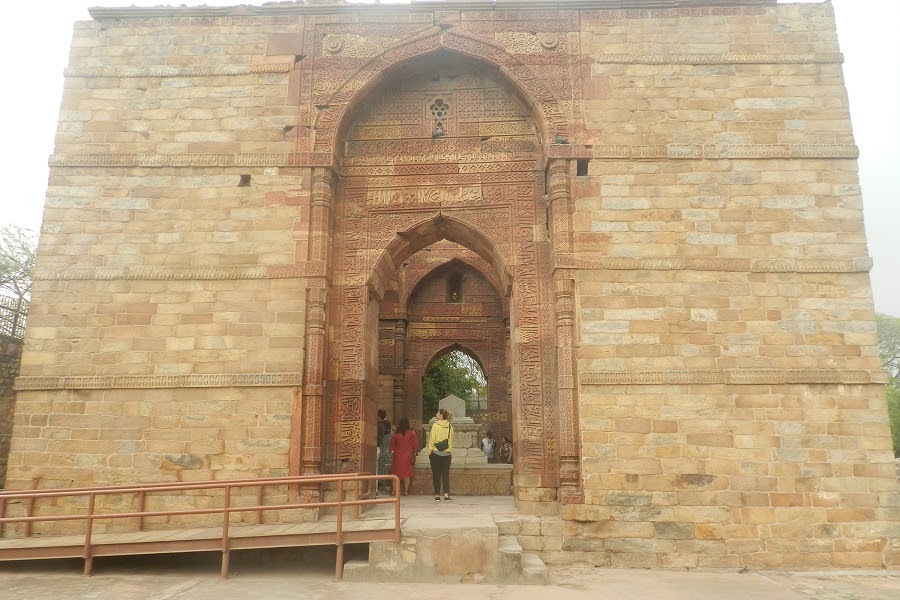
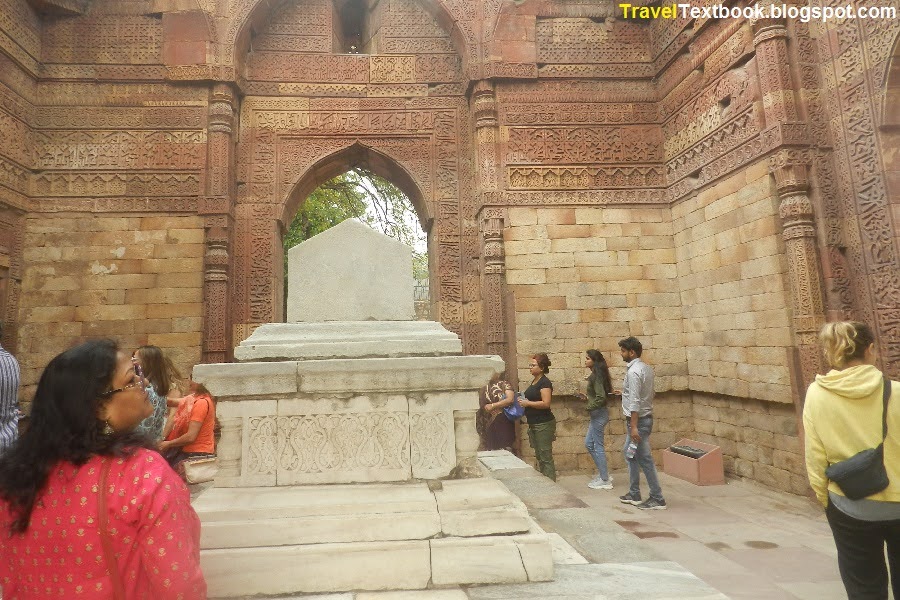
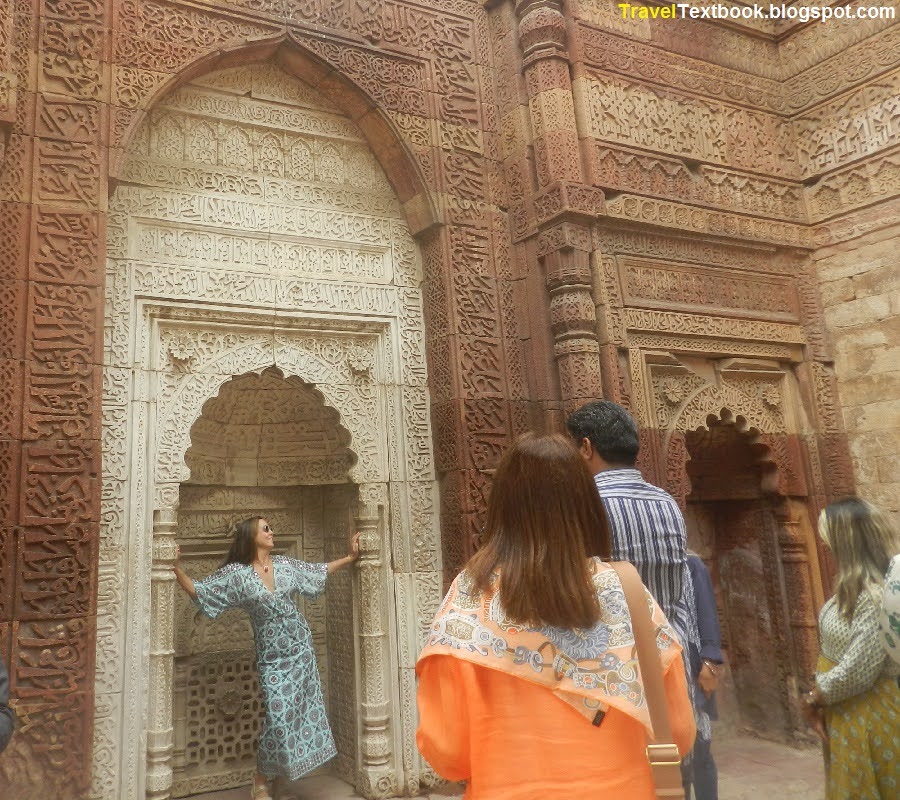
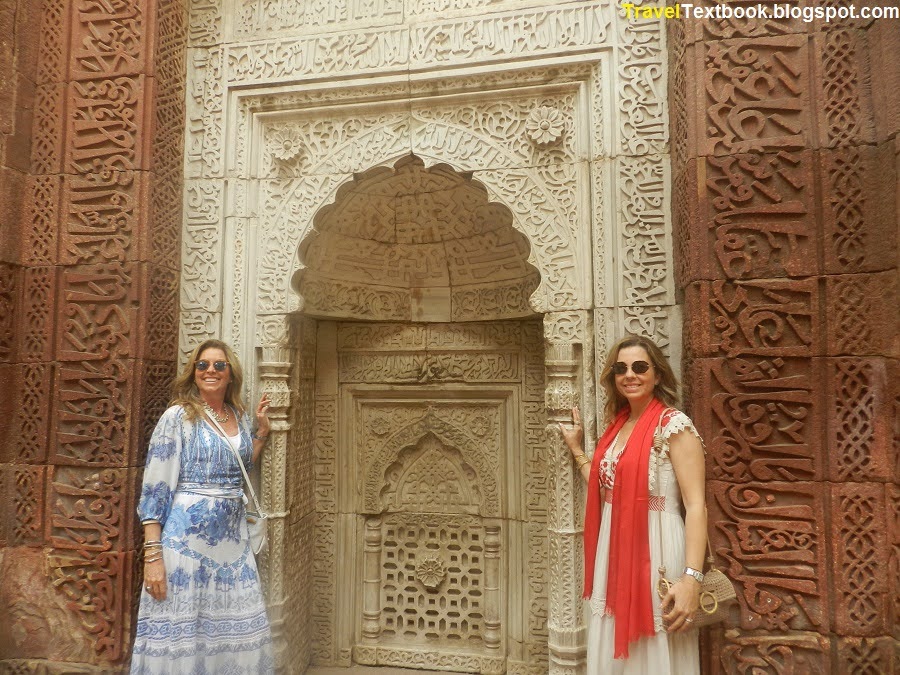





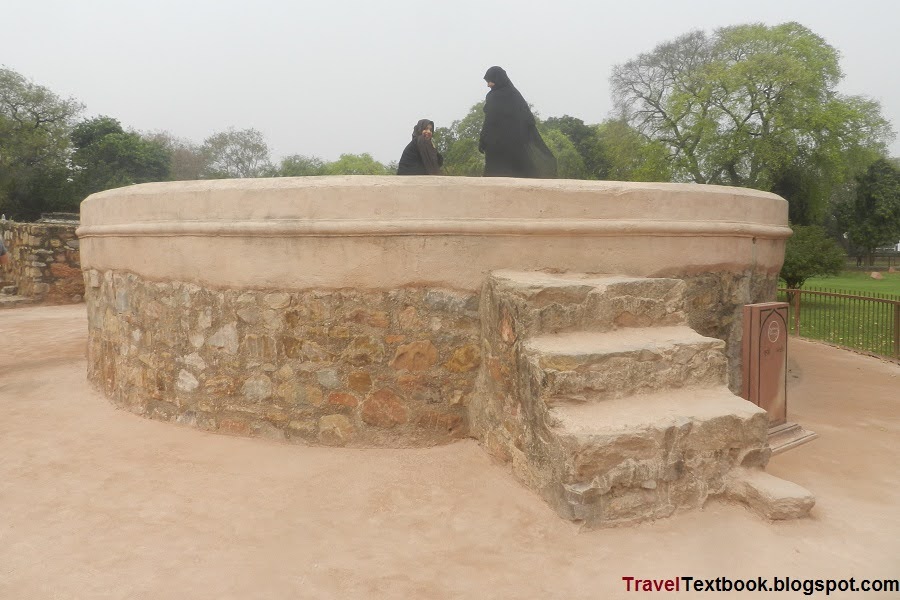

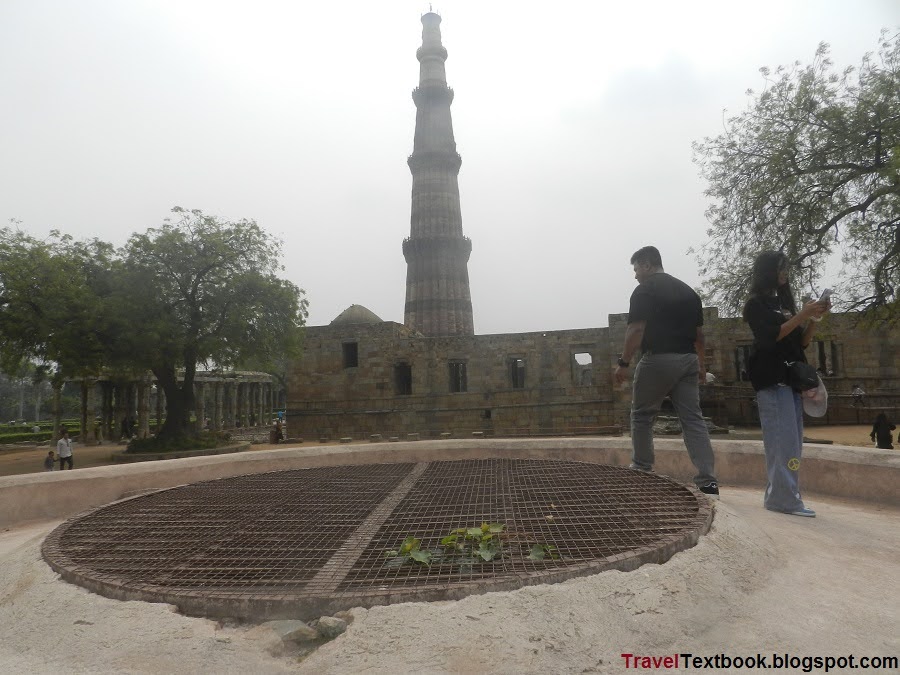




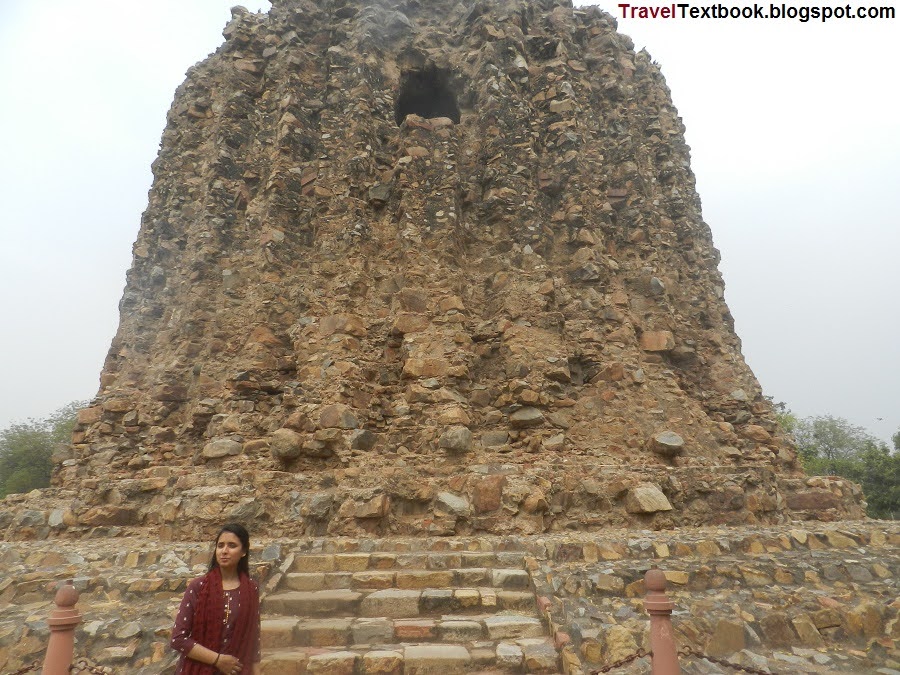
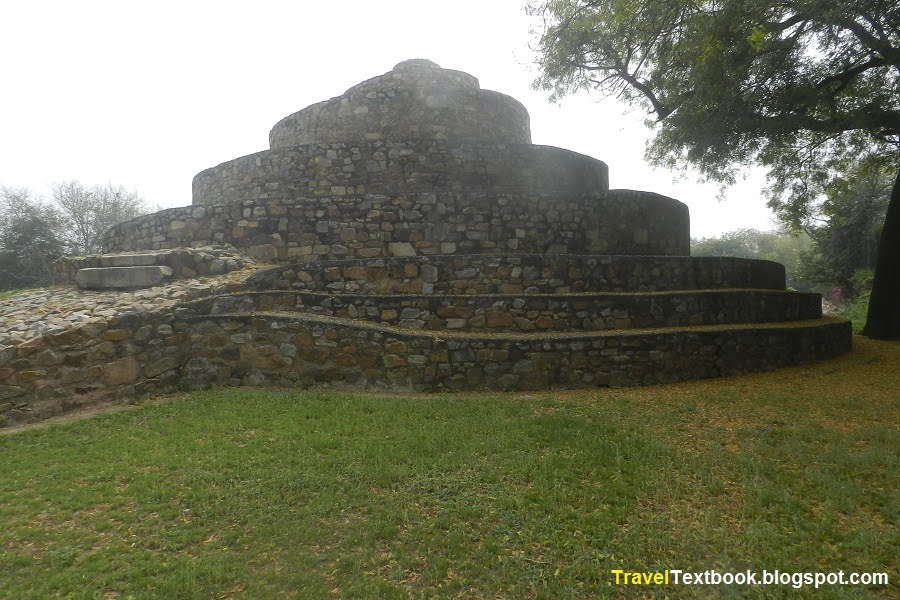
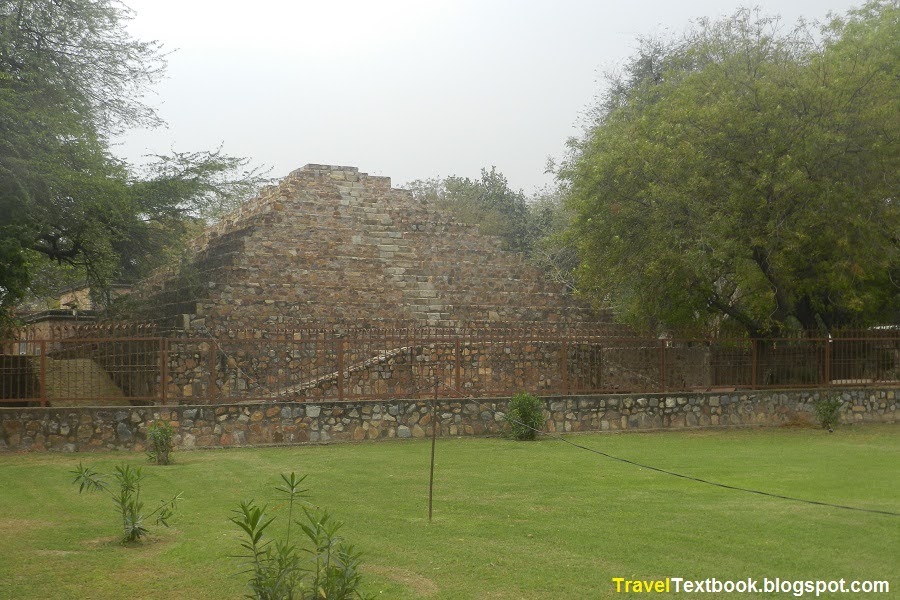

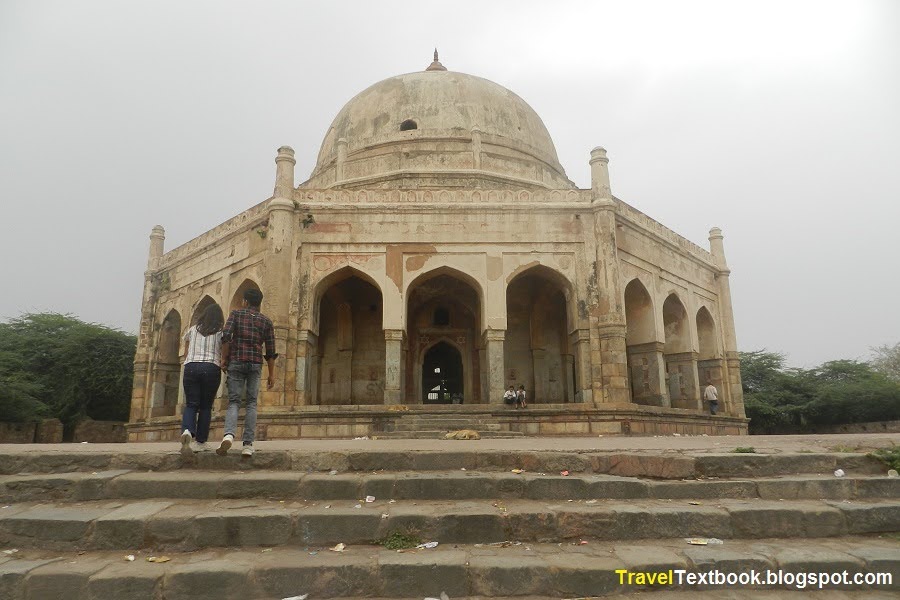
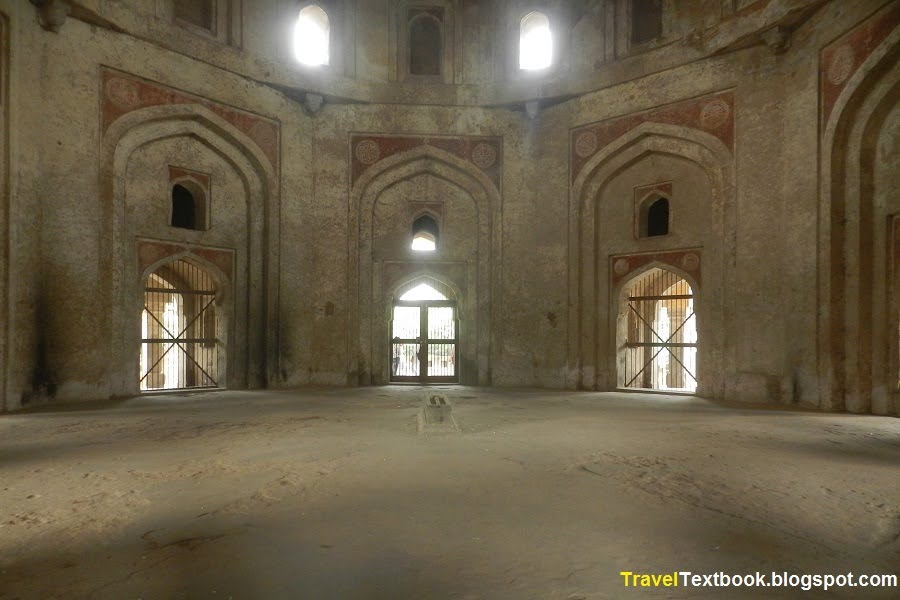
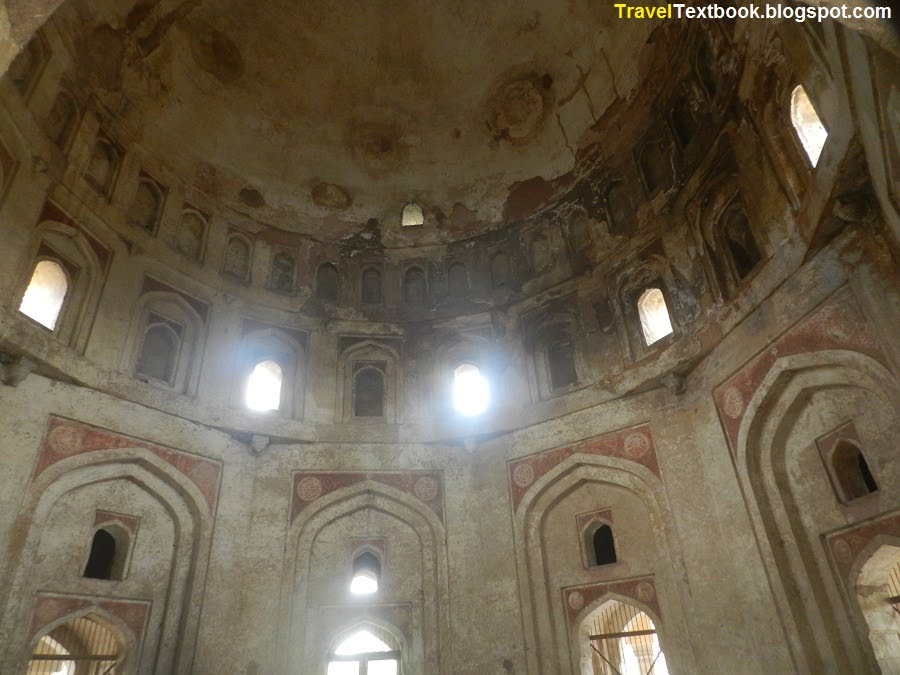




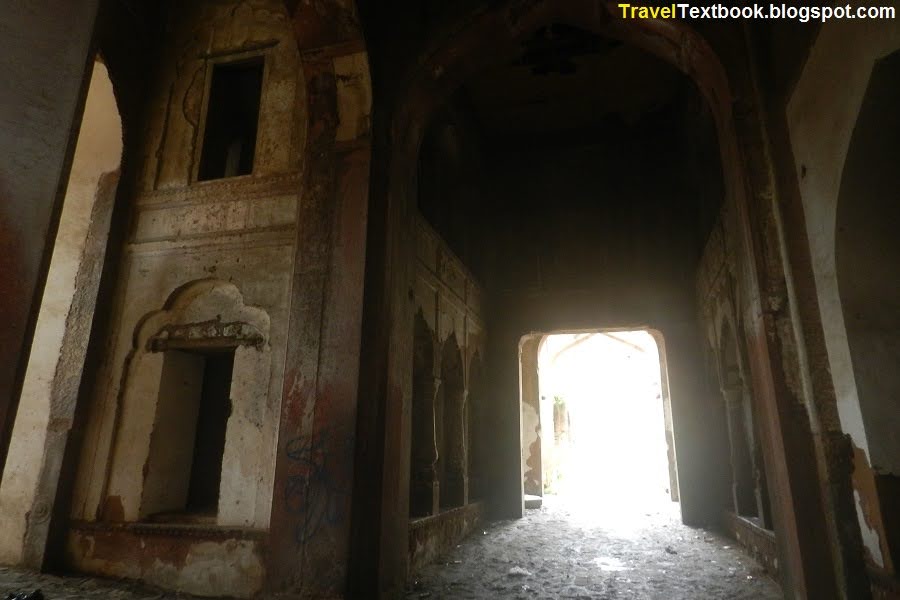
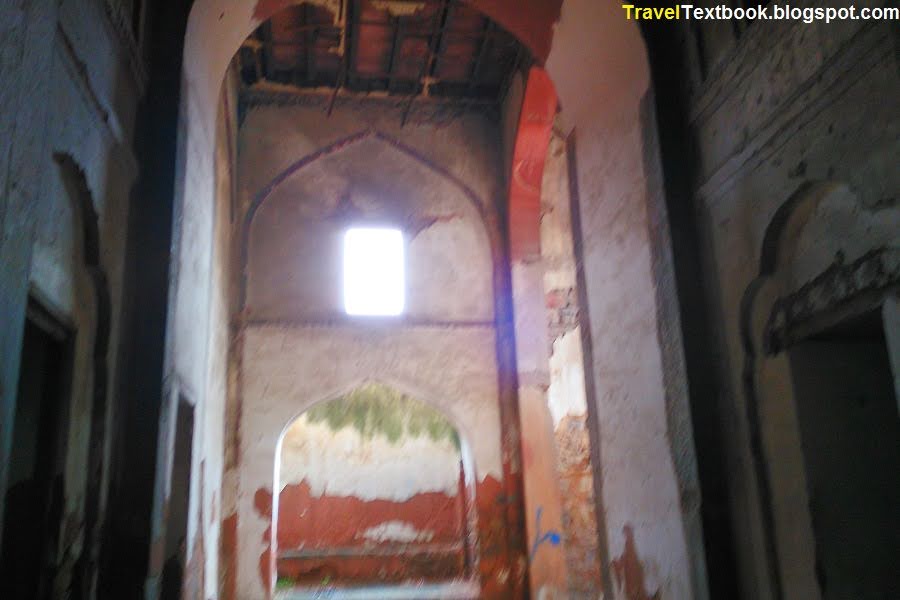
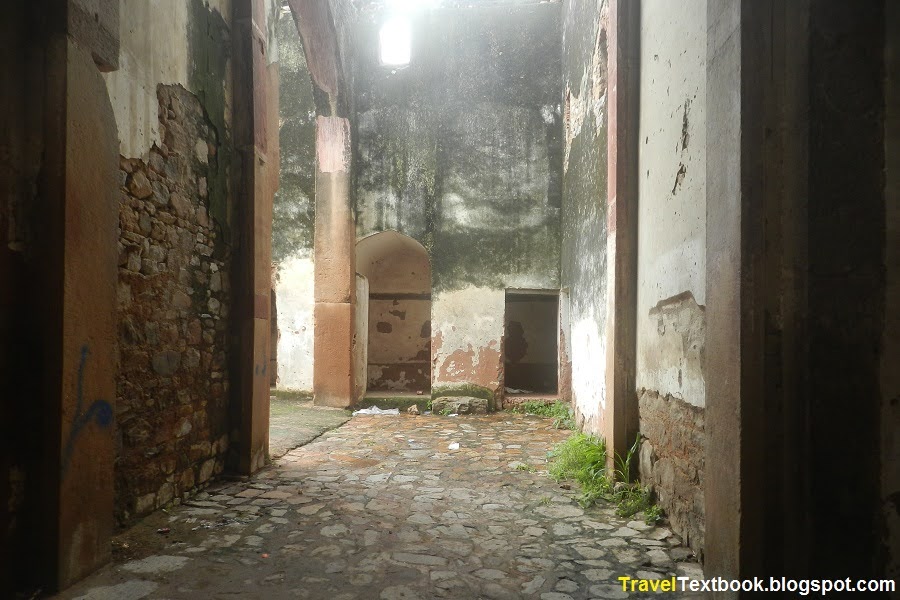

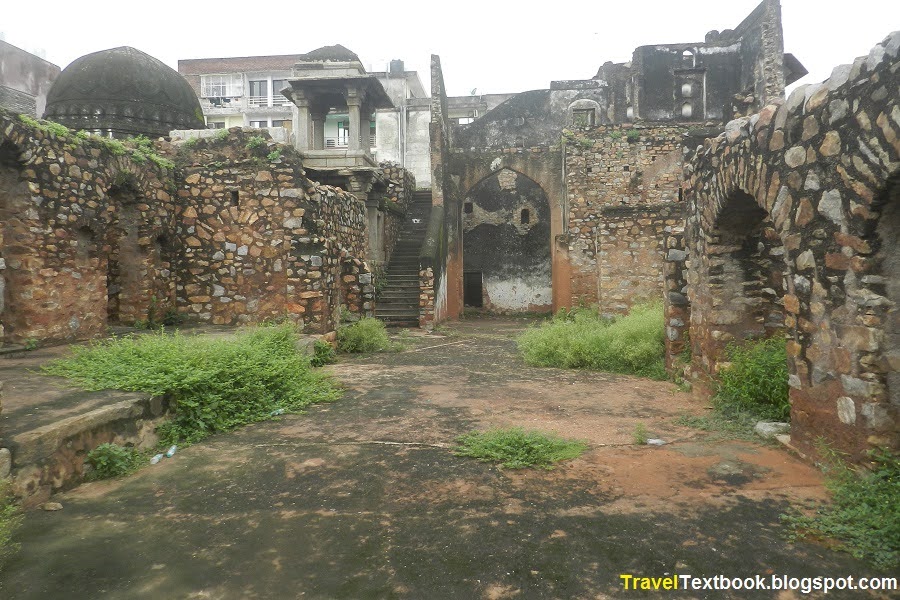
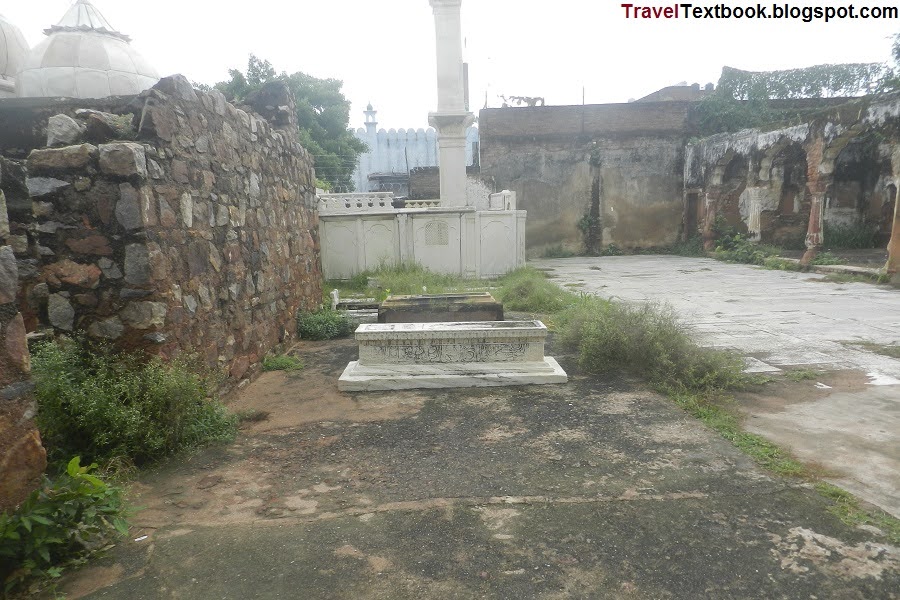

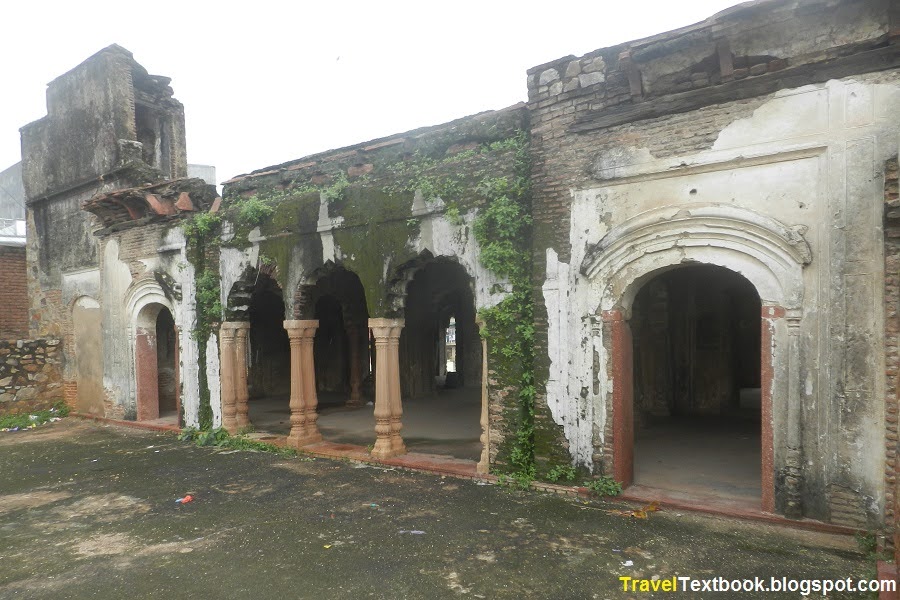
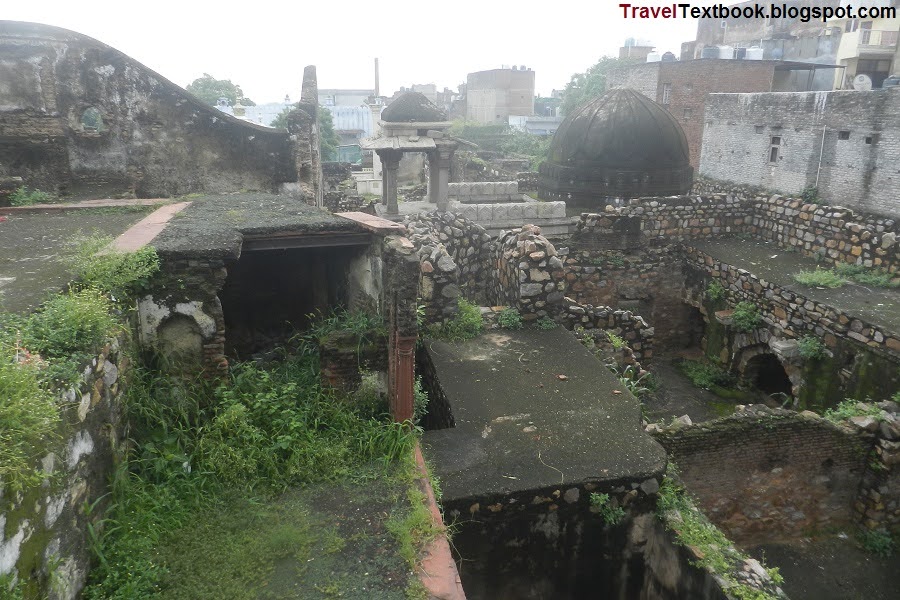
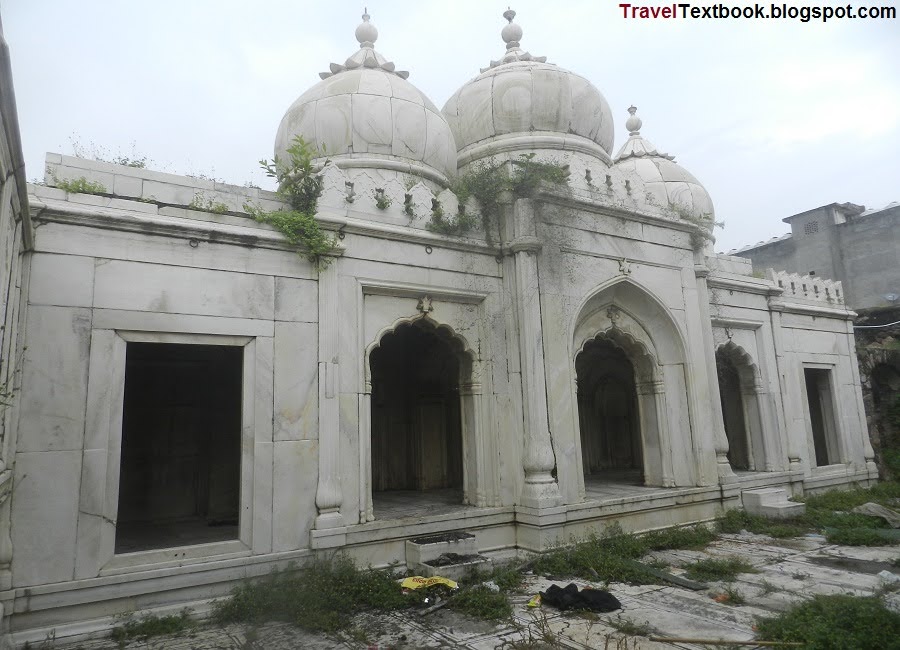
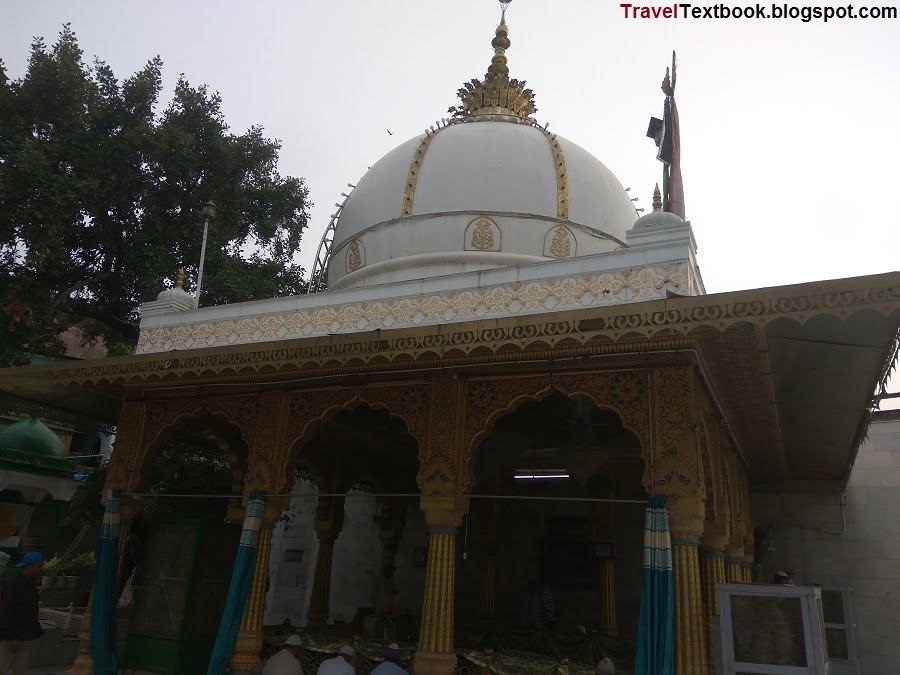
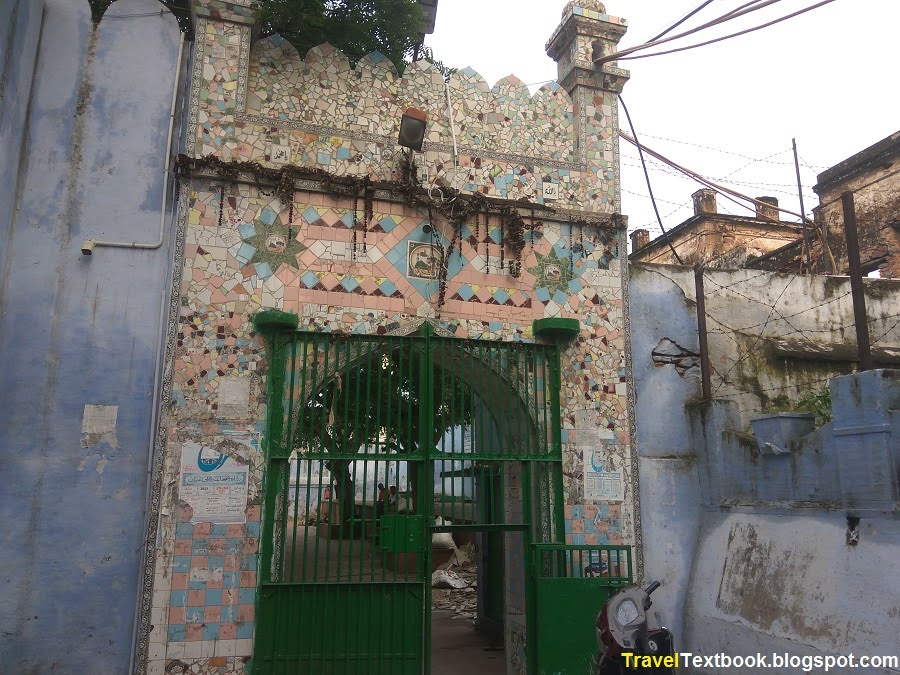
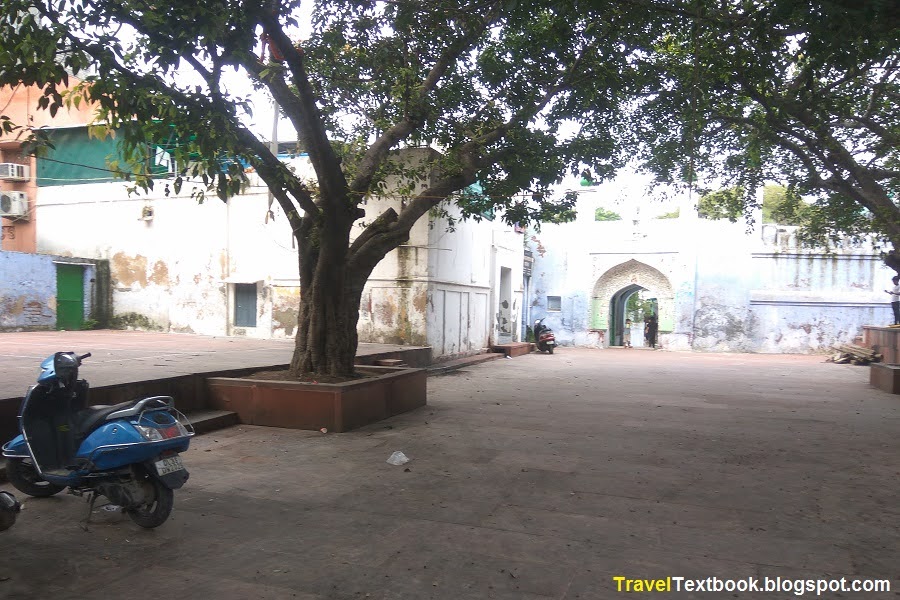
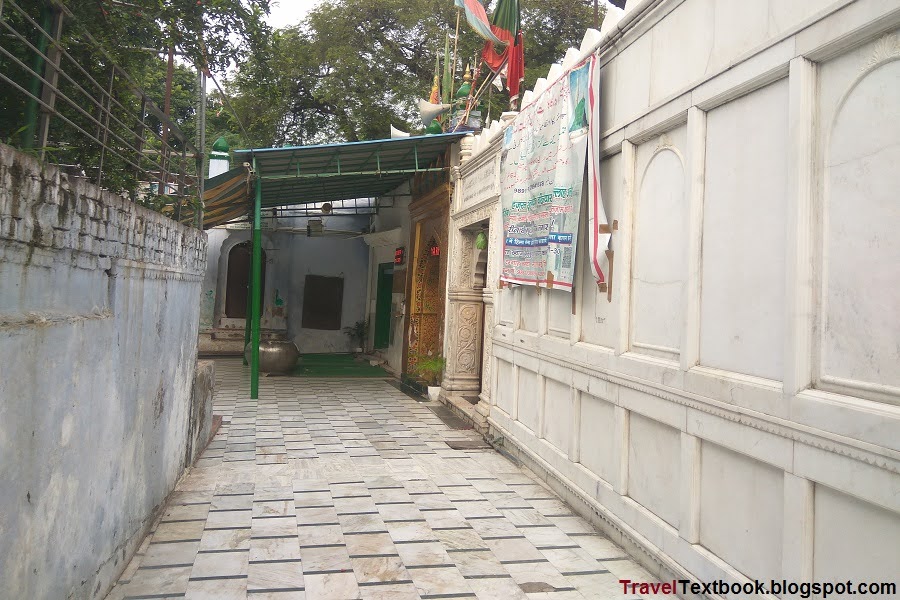
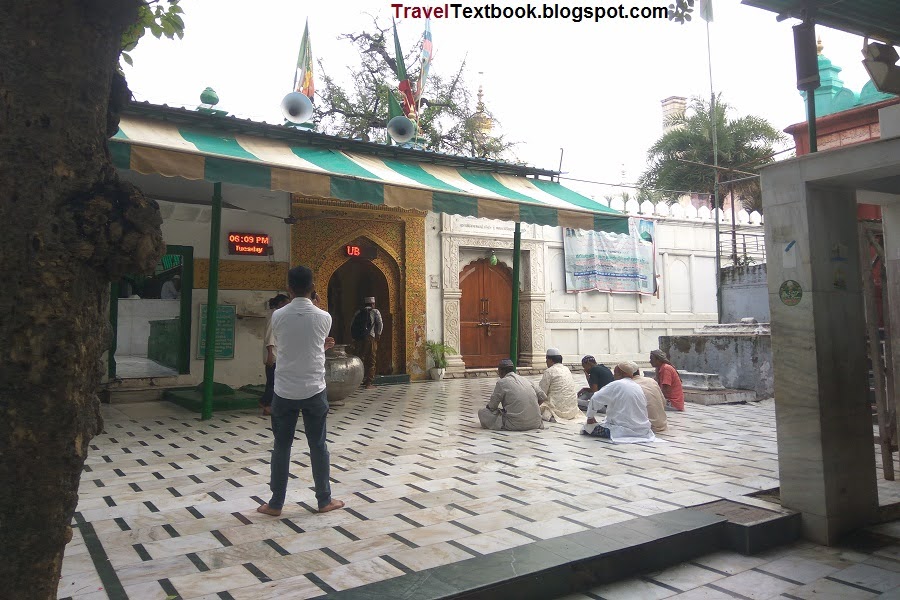
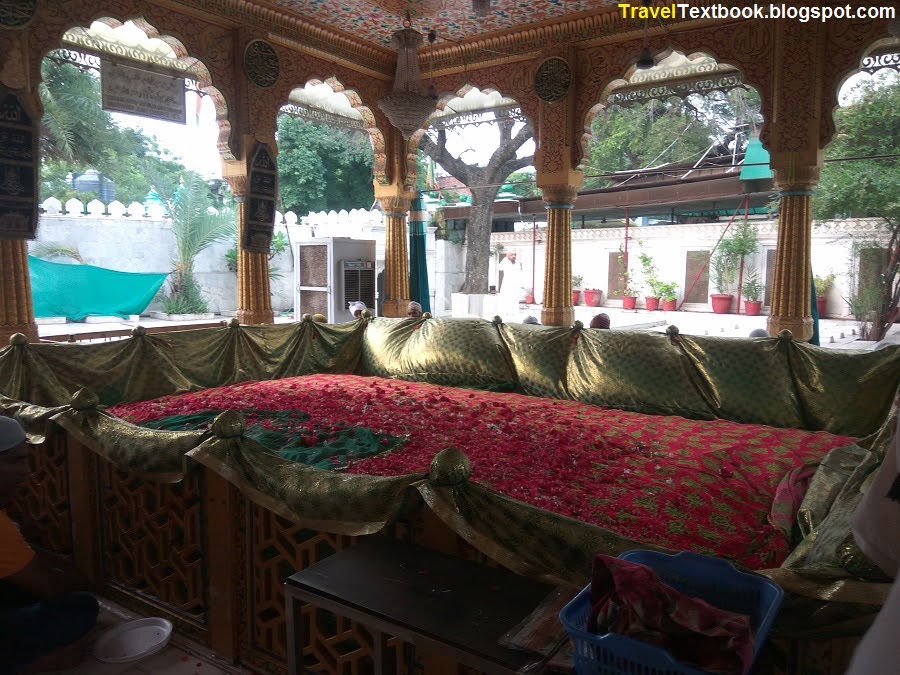
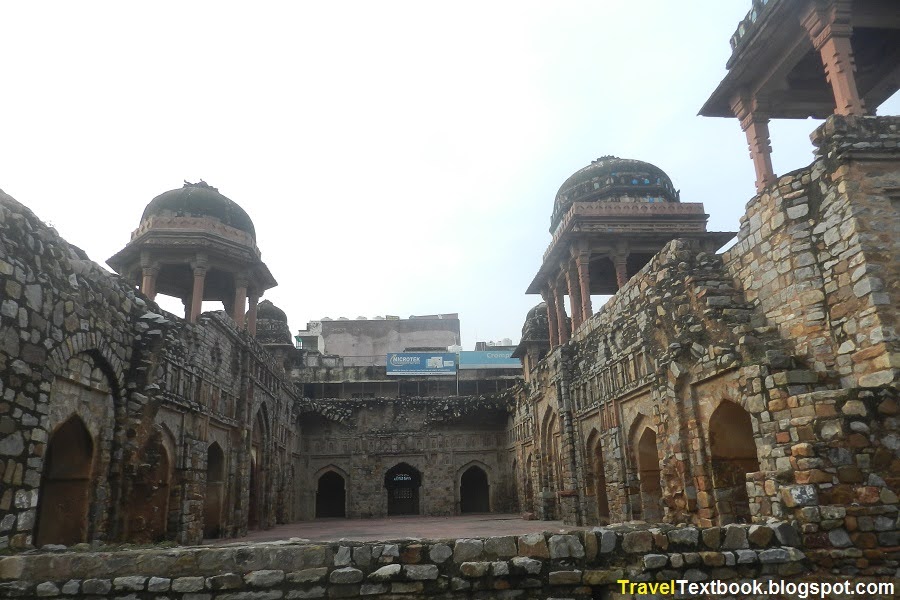

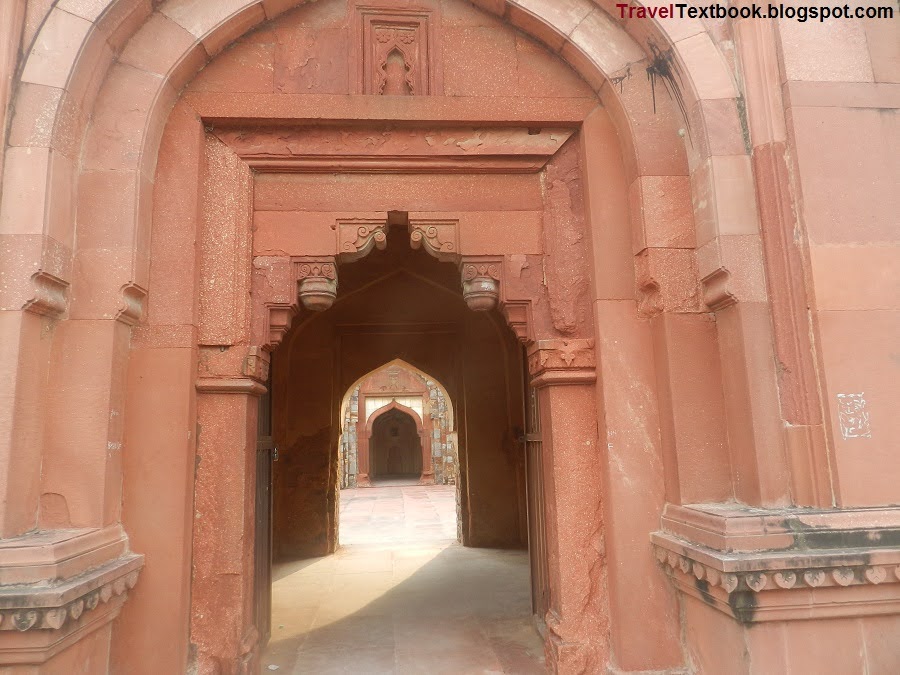
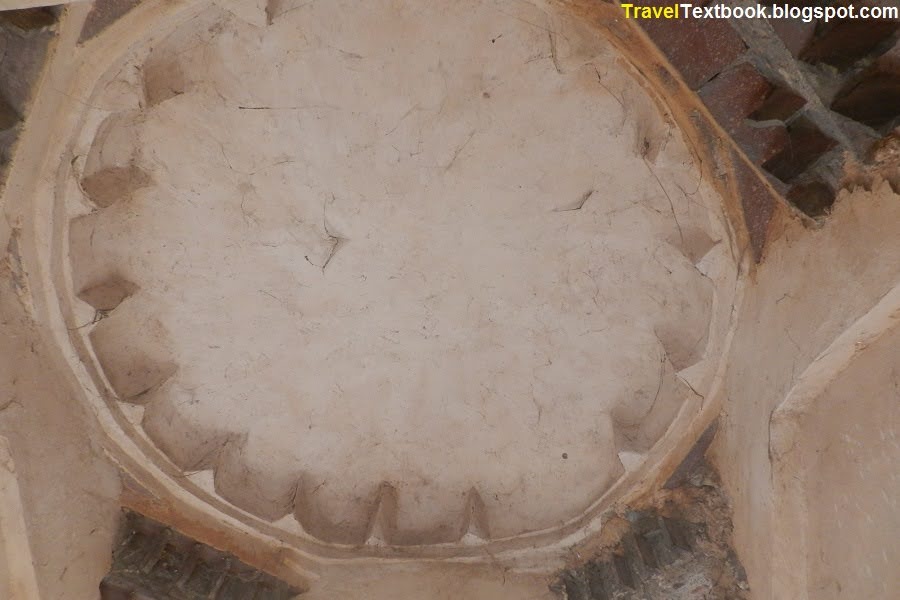

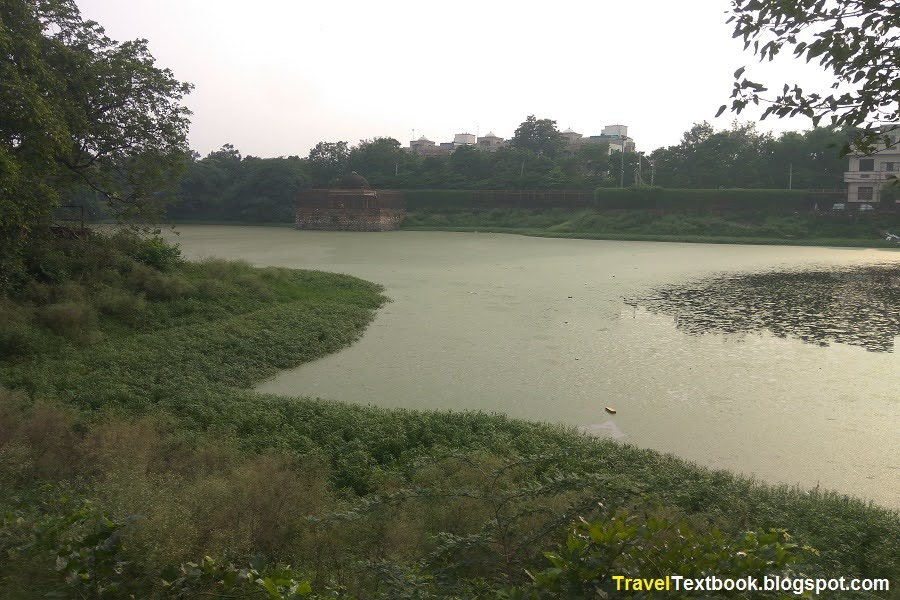
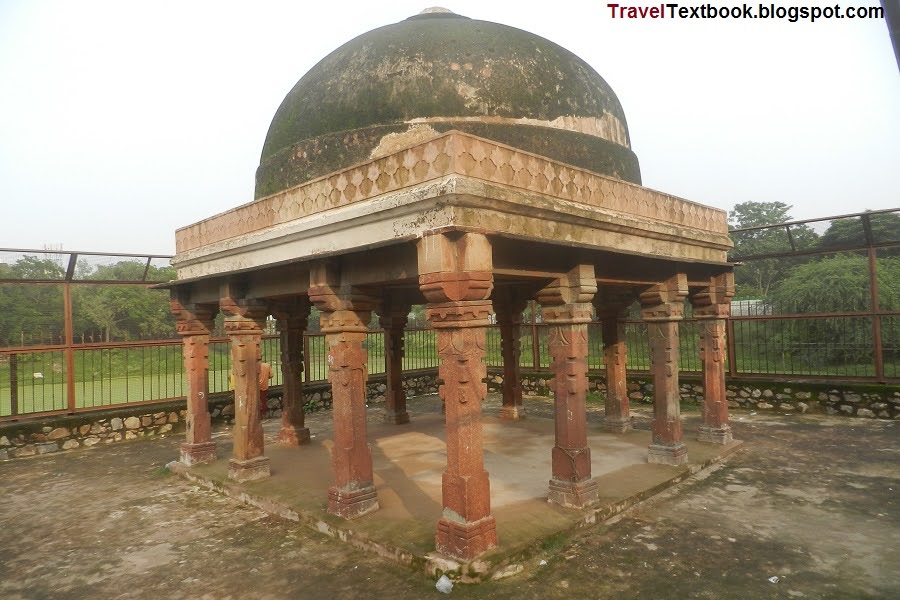
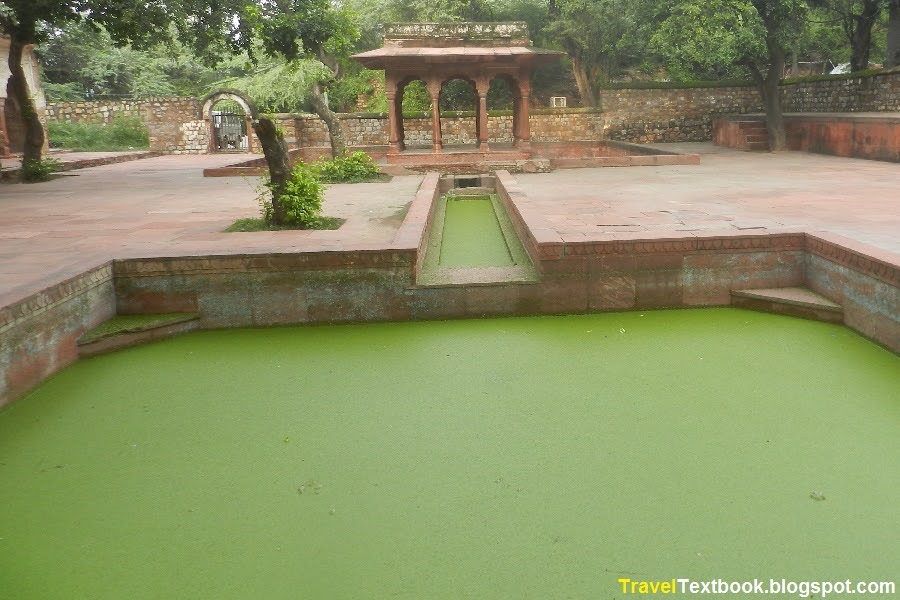
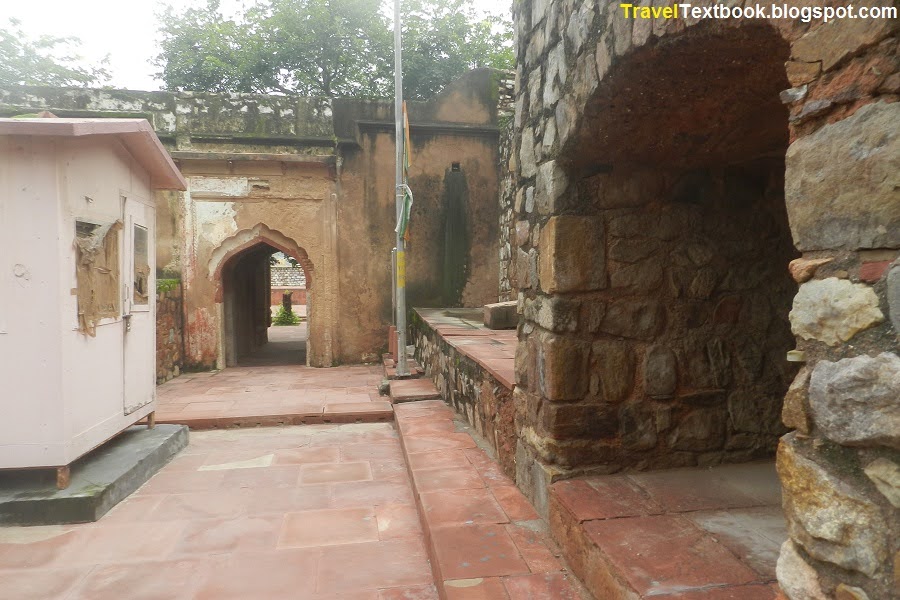
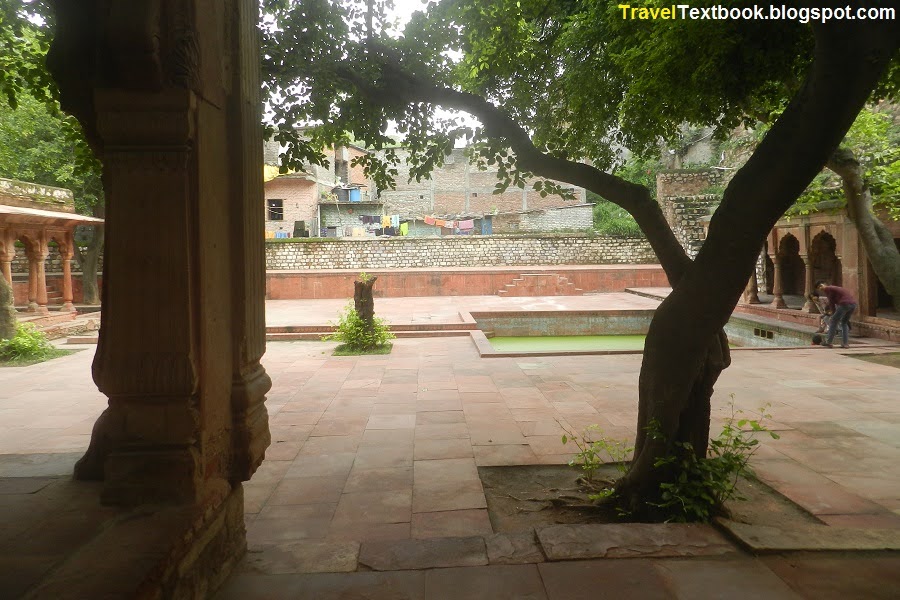
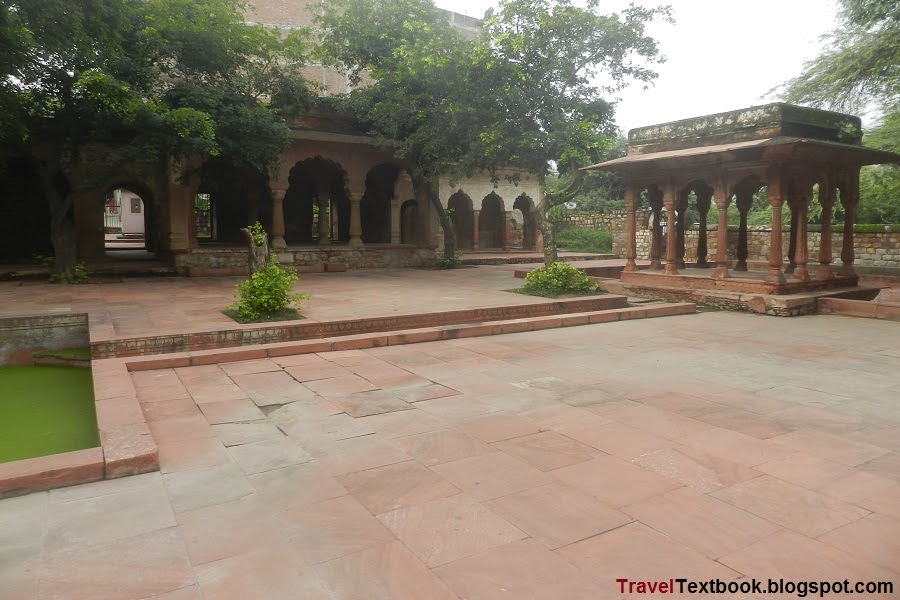
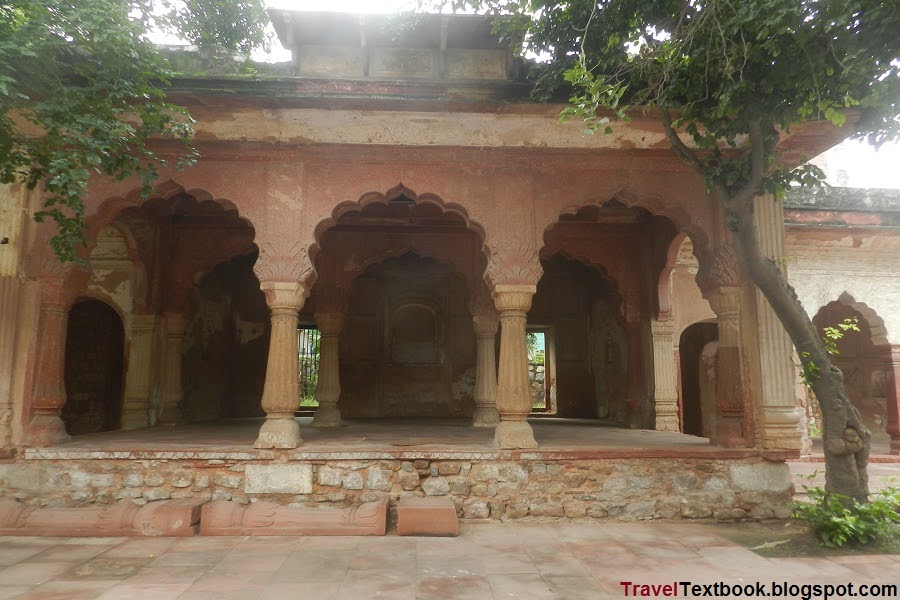
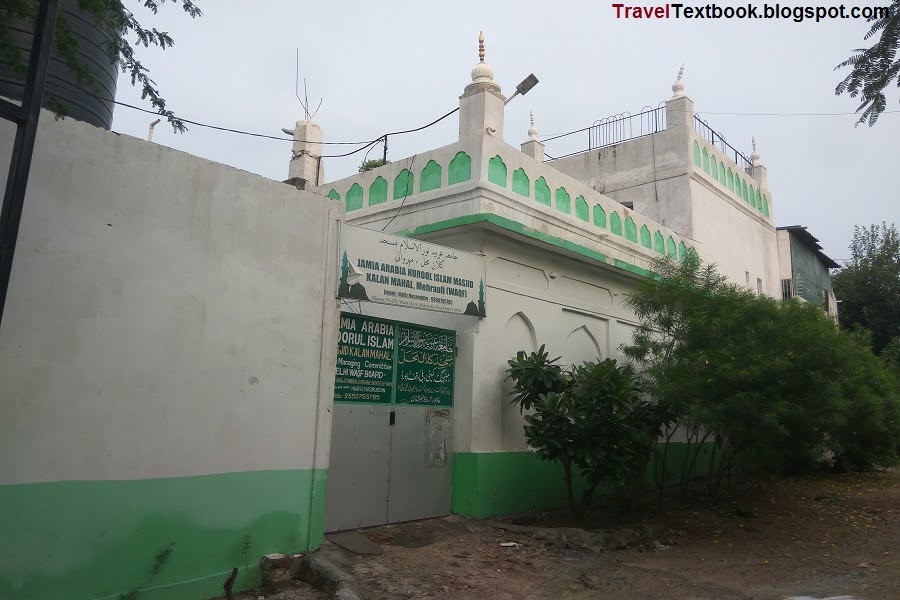
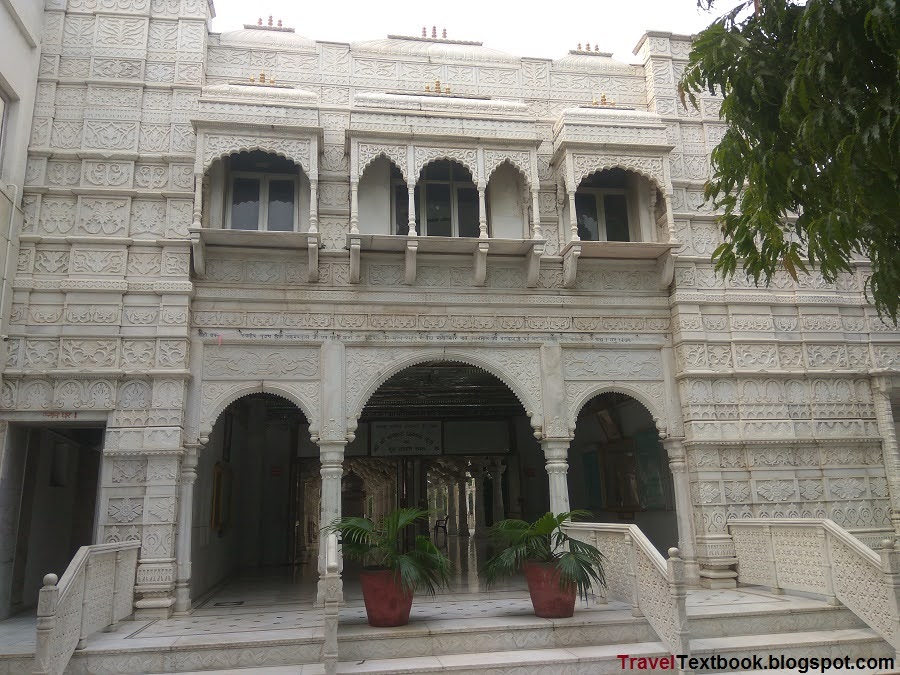

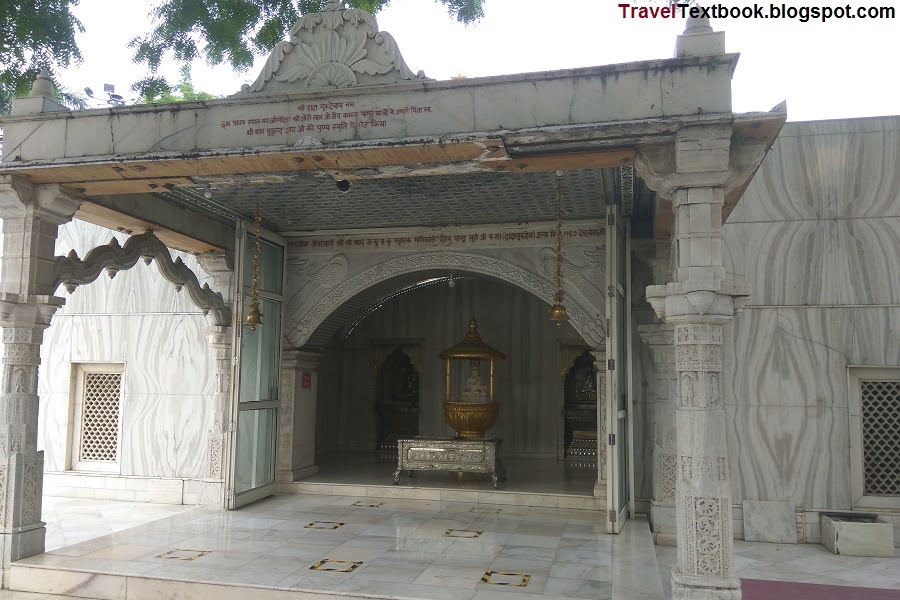
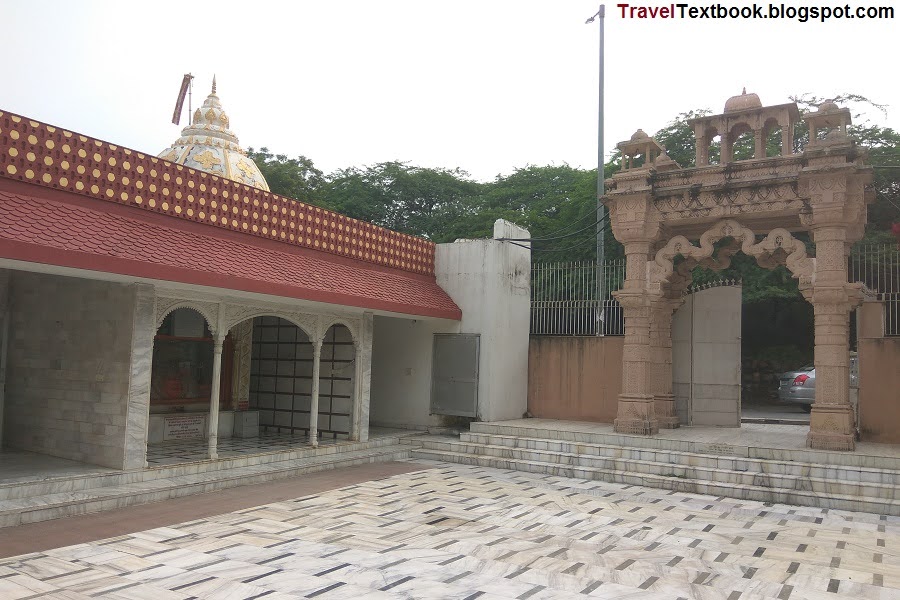

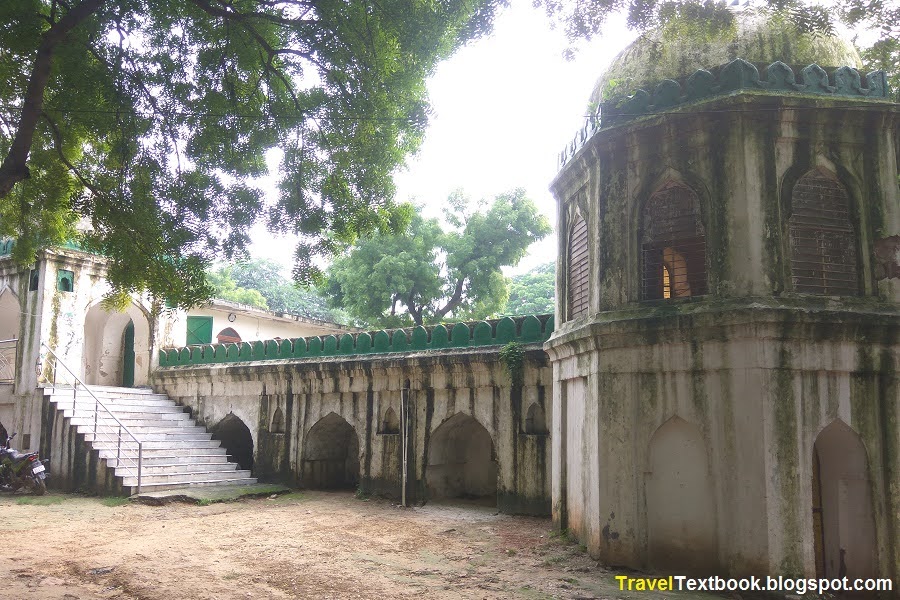

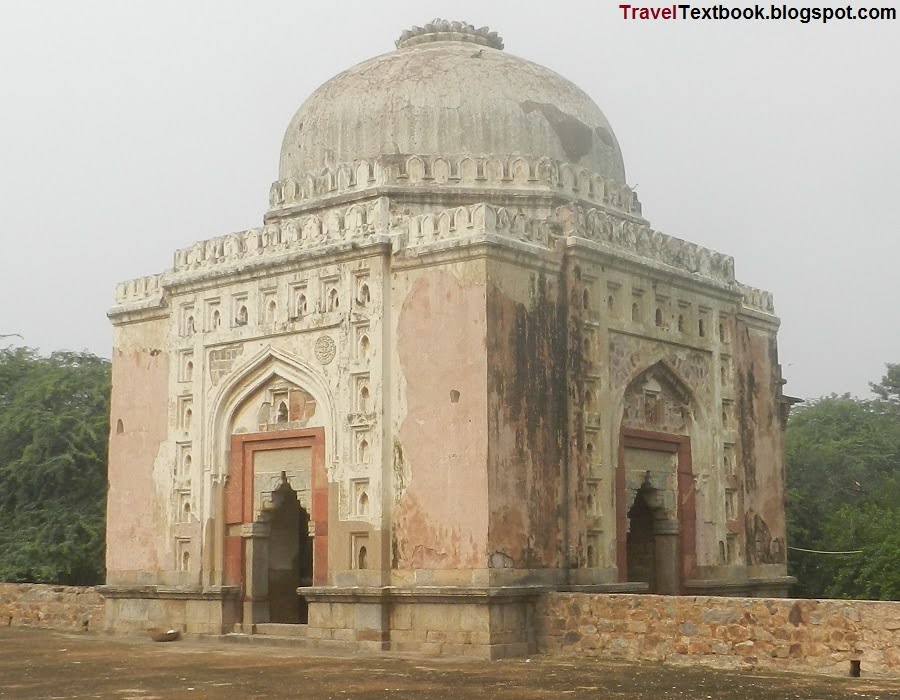


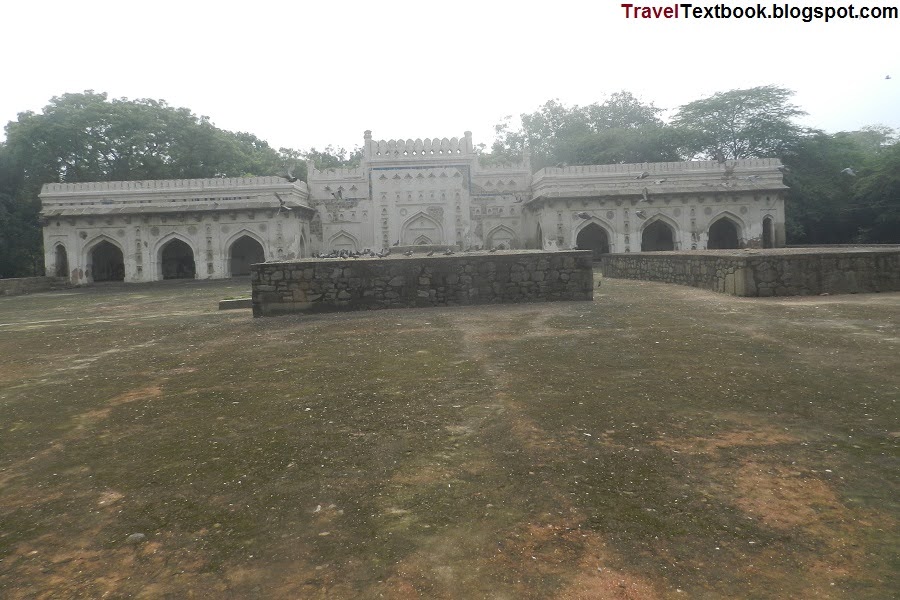
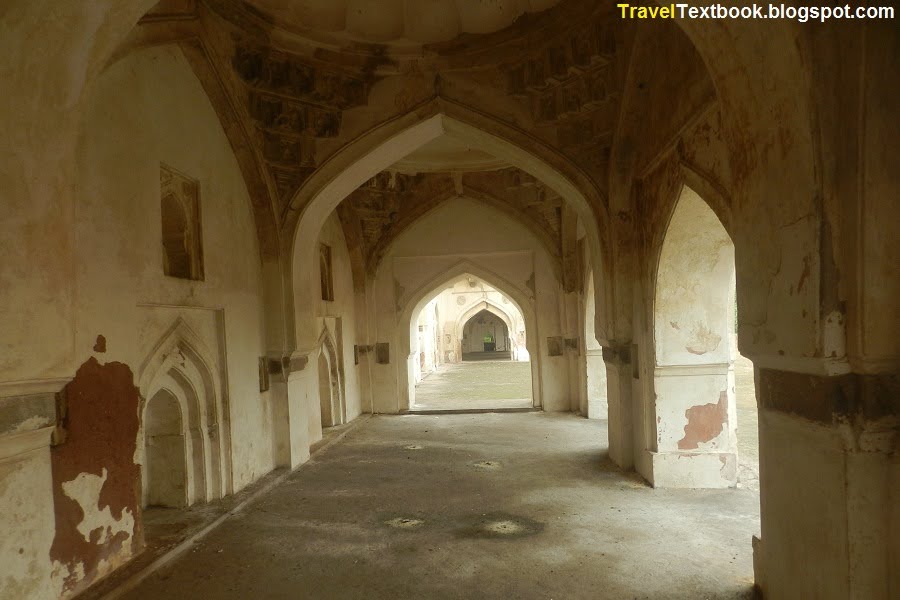
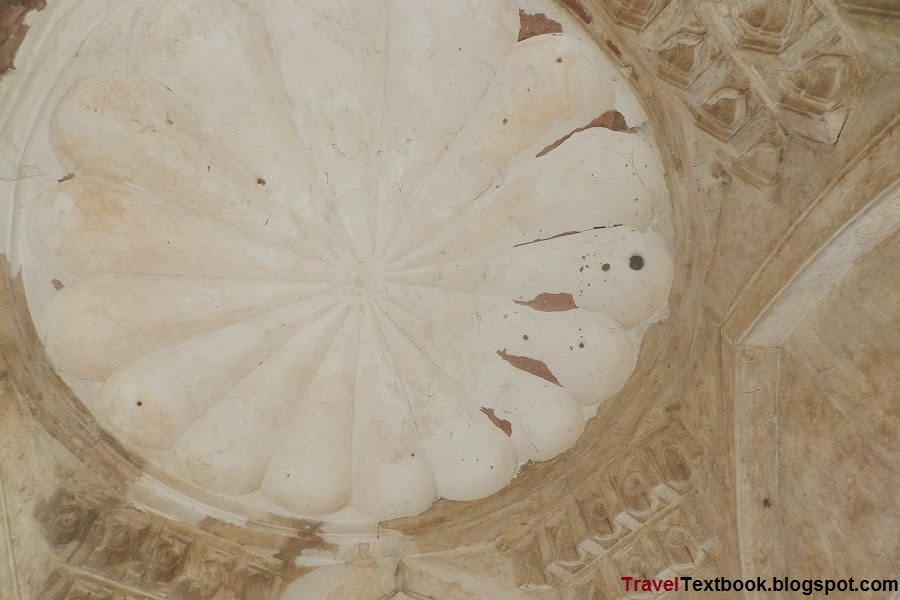
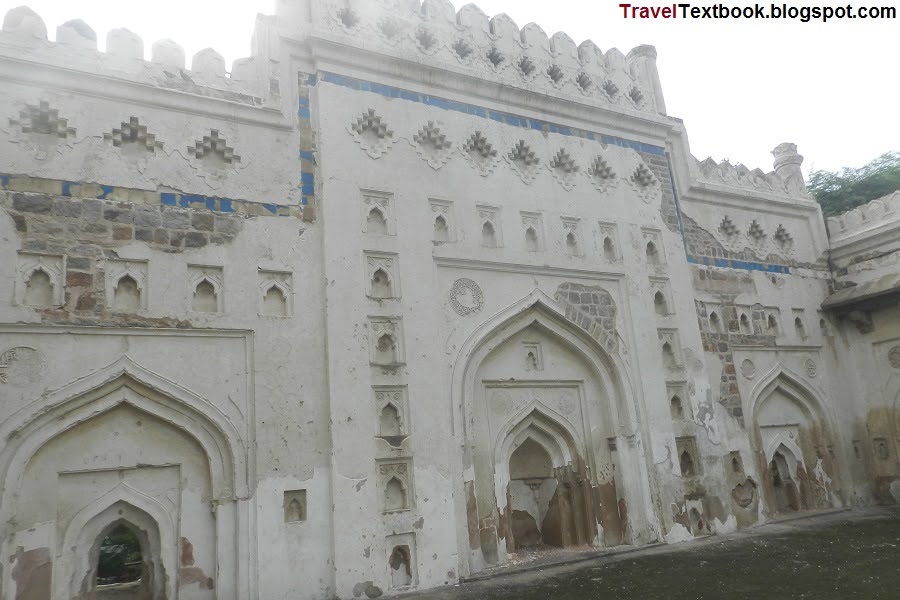

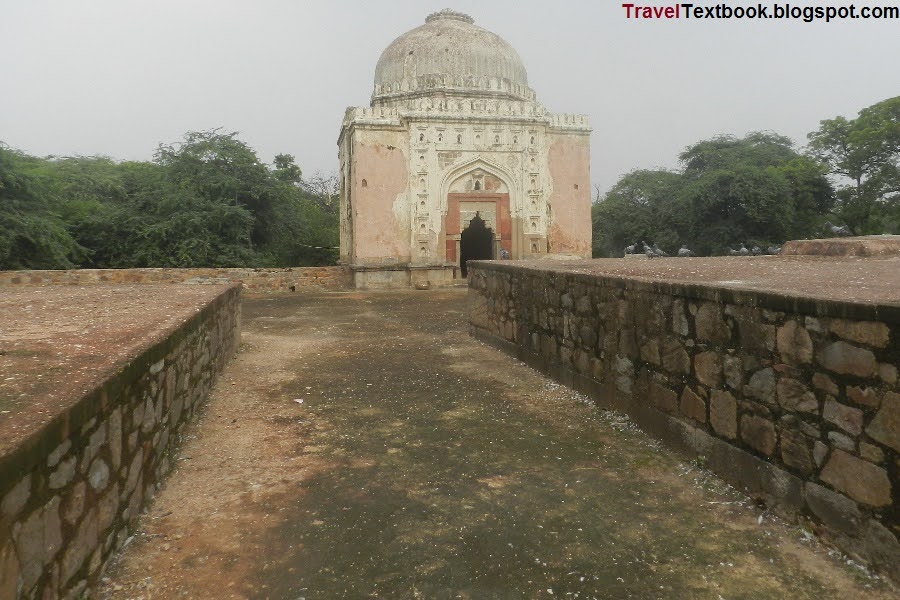


No comments:
Post a Comment